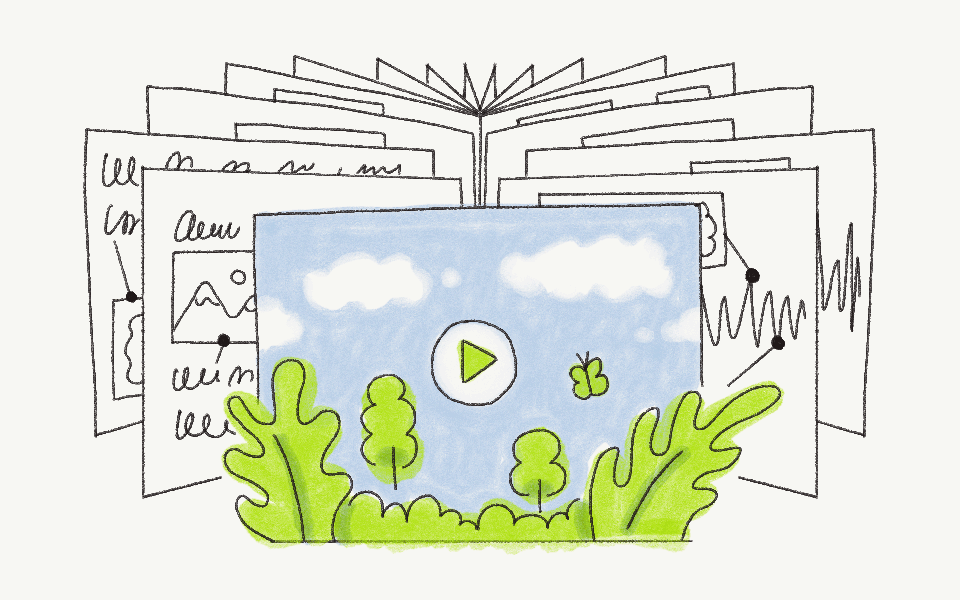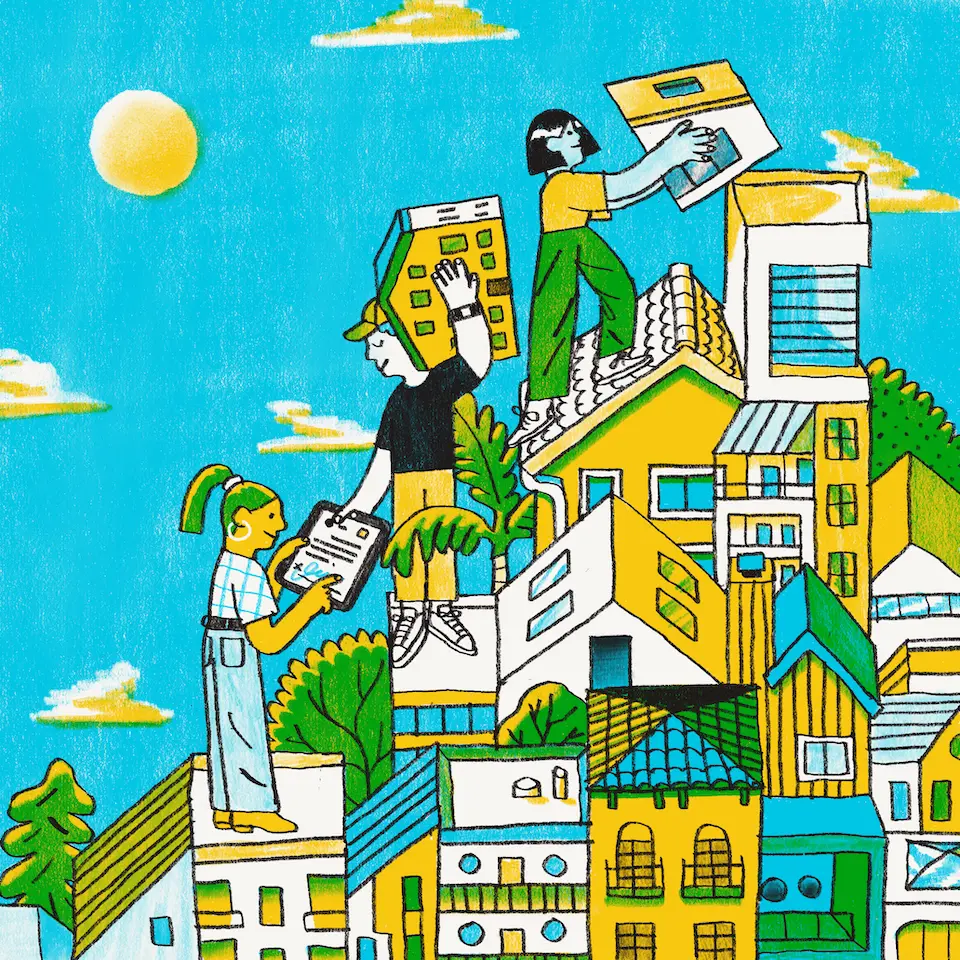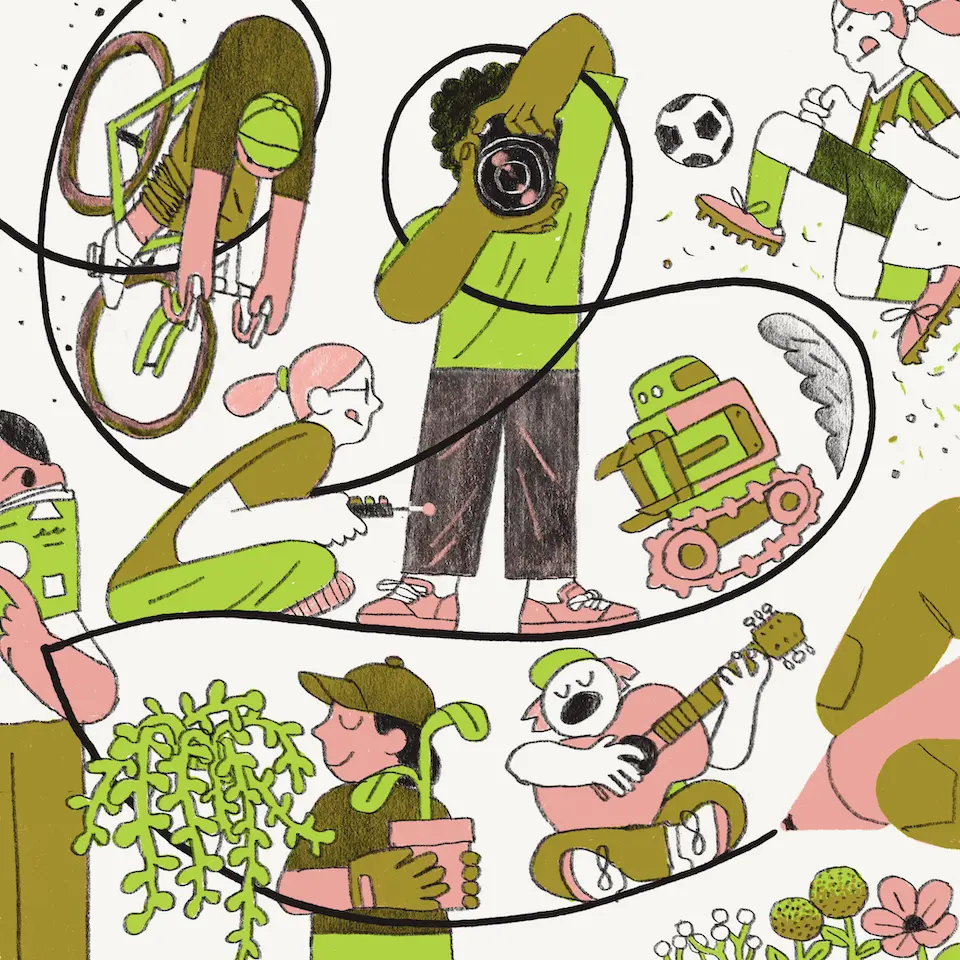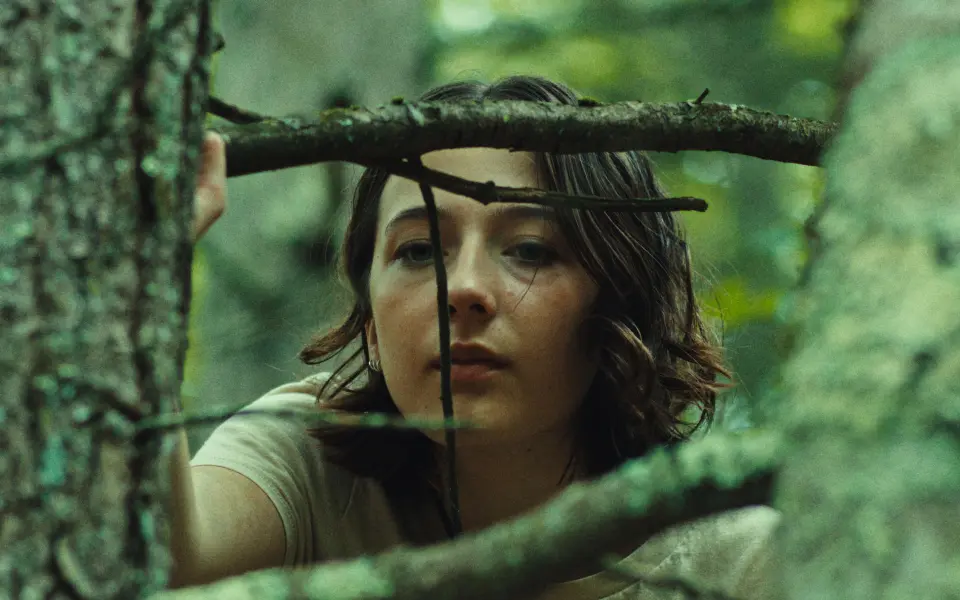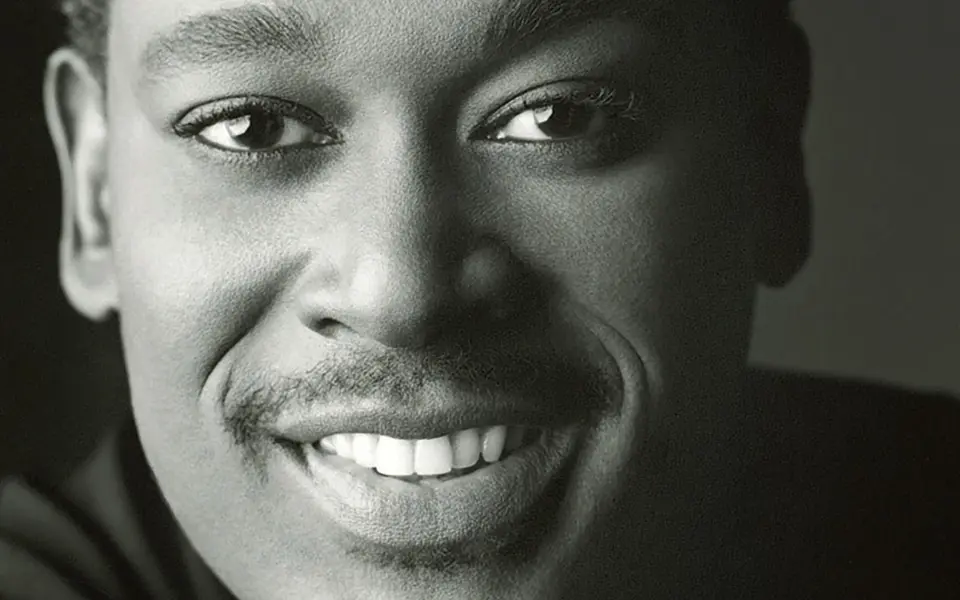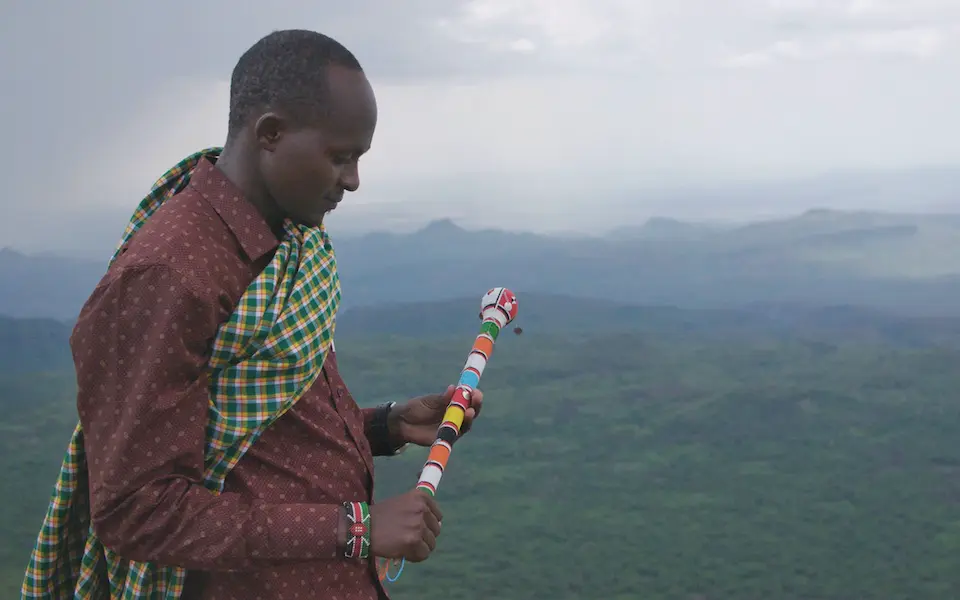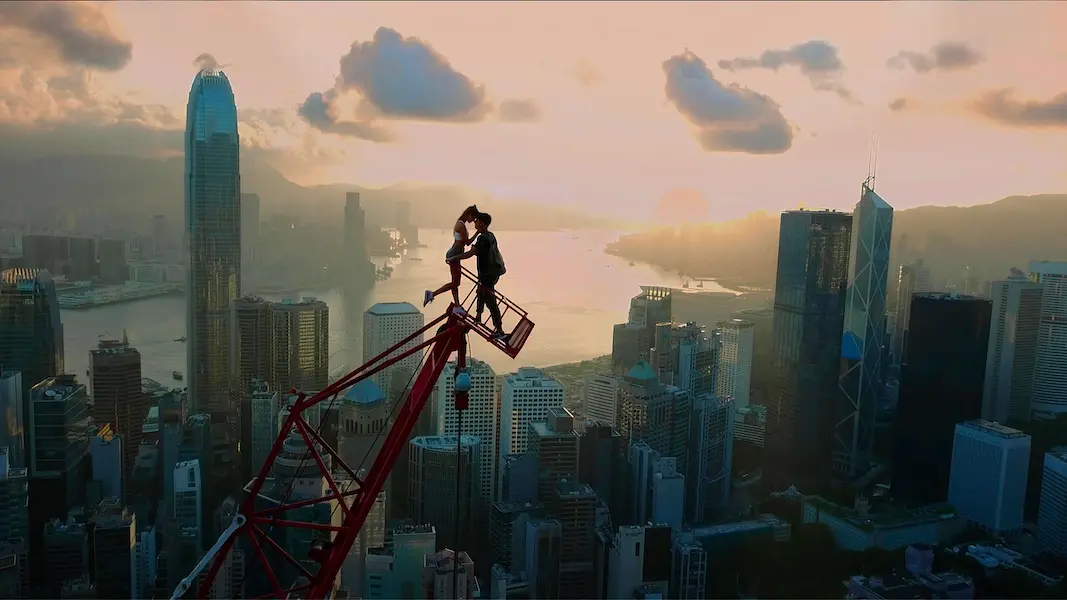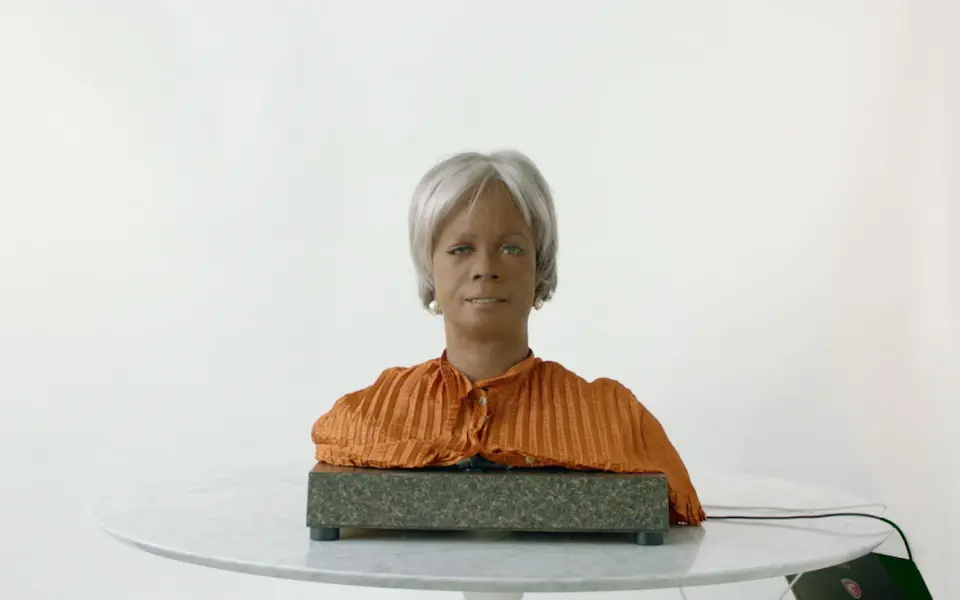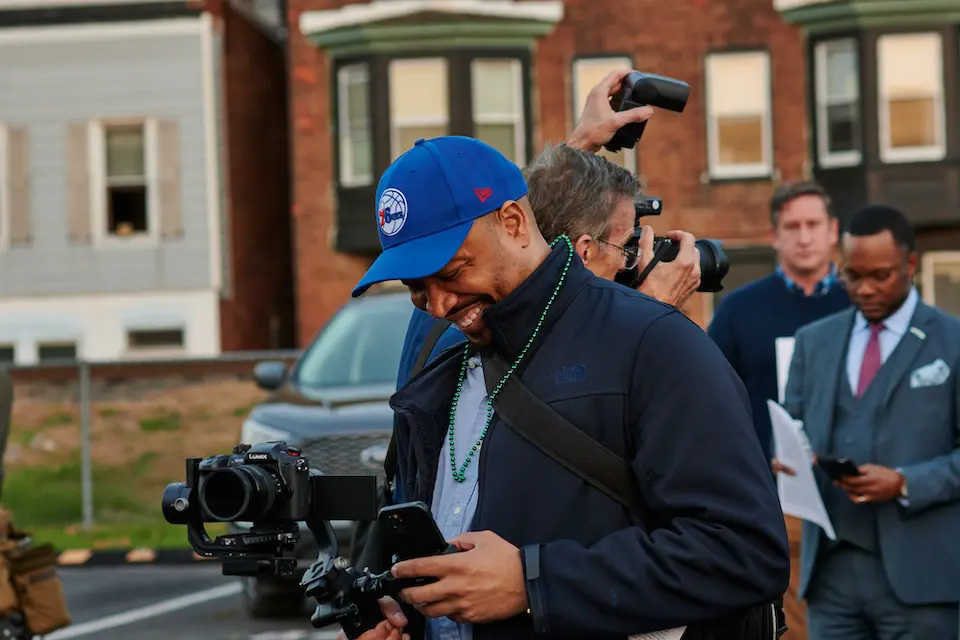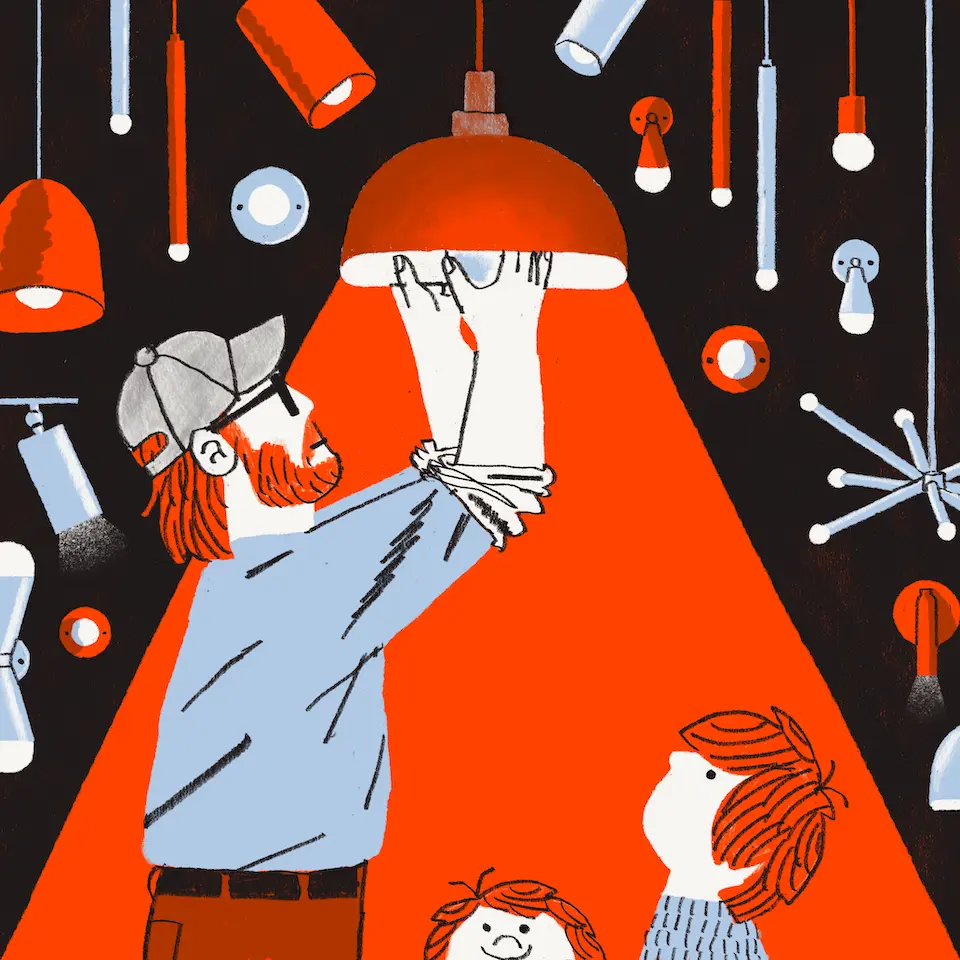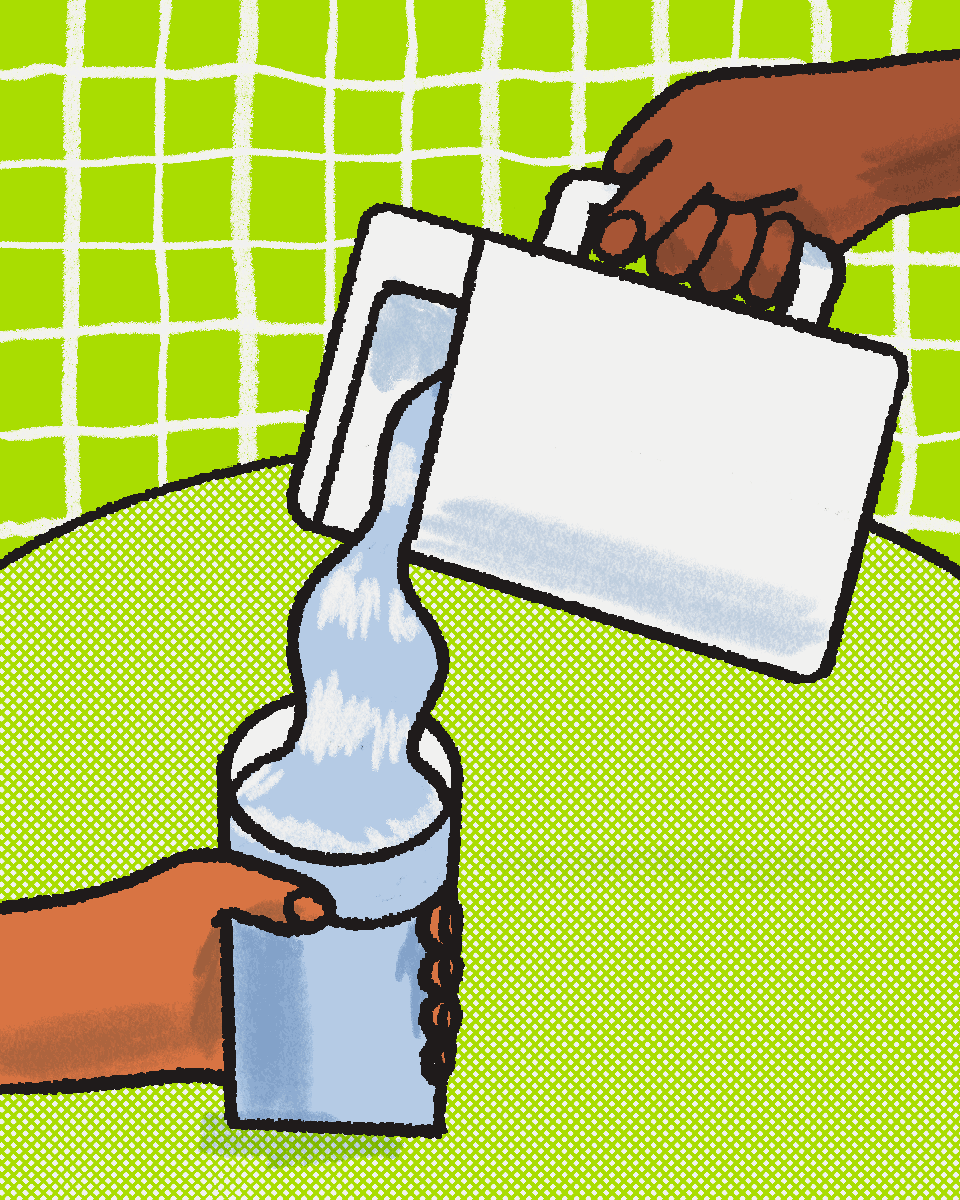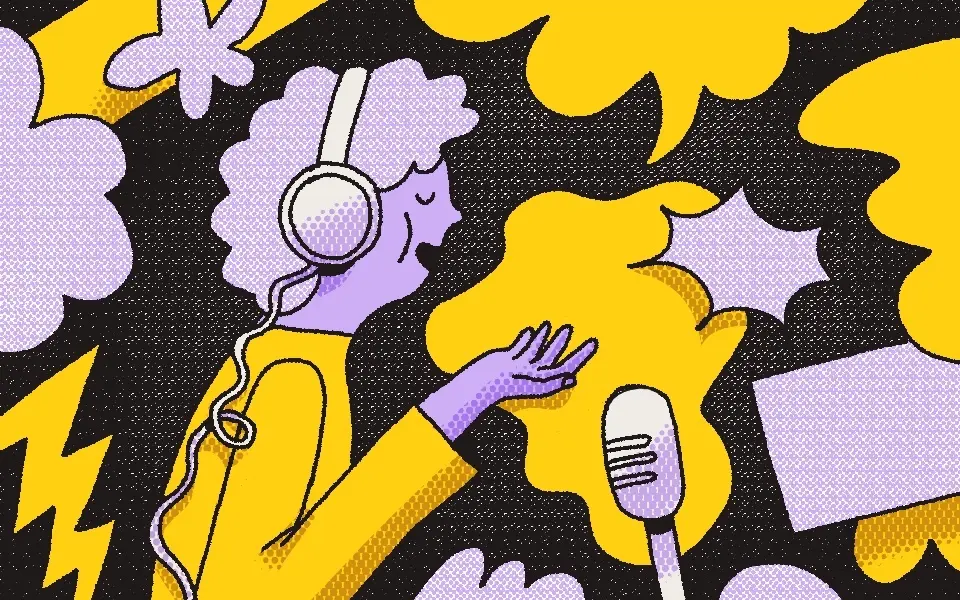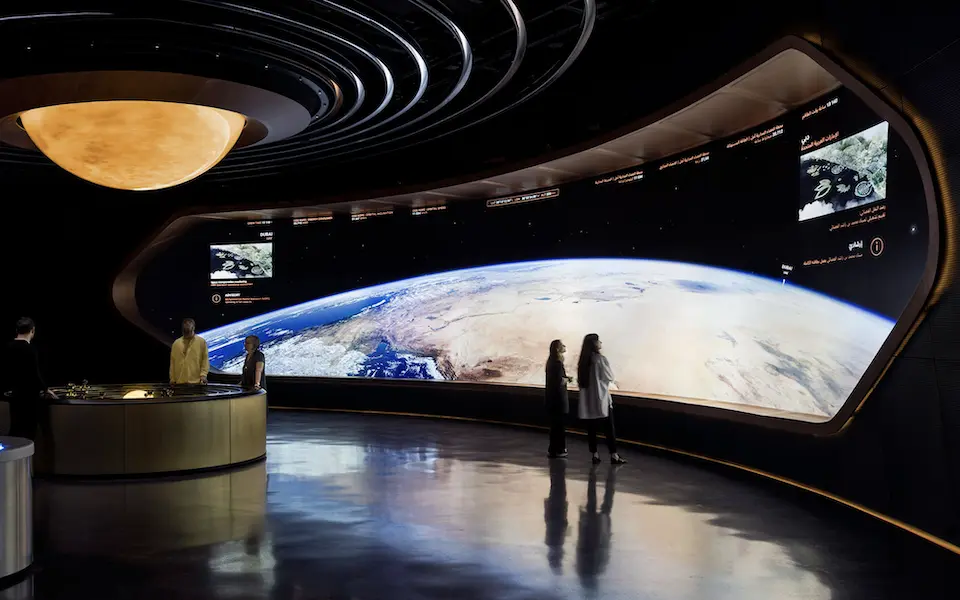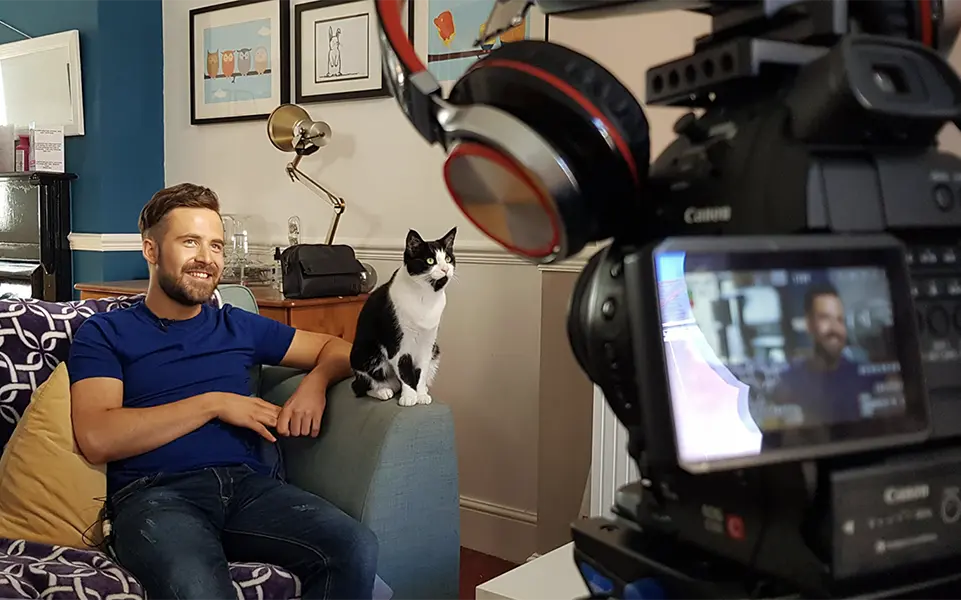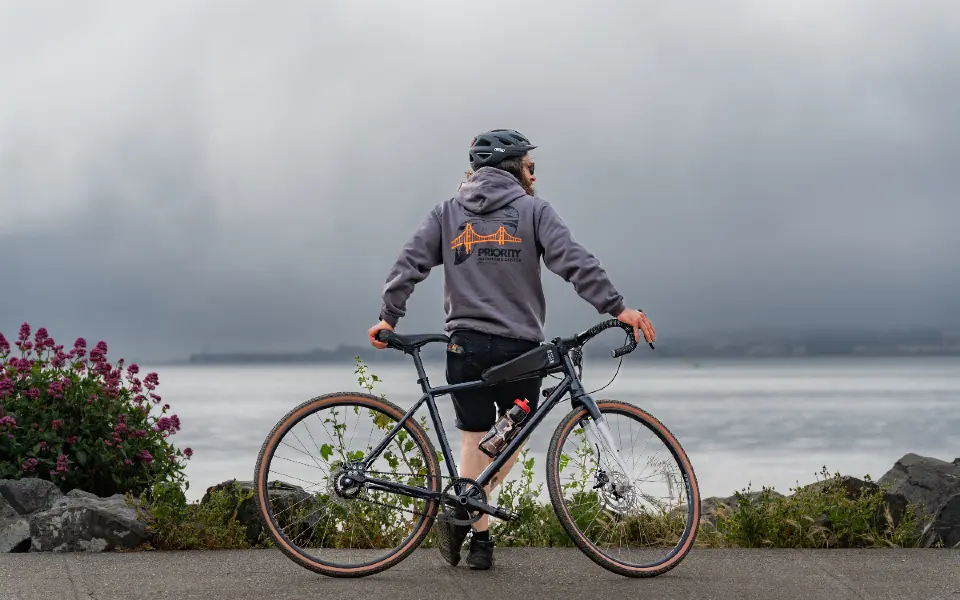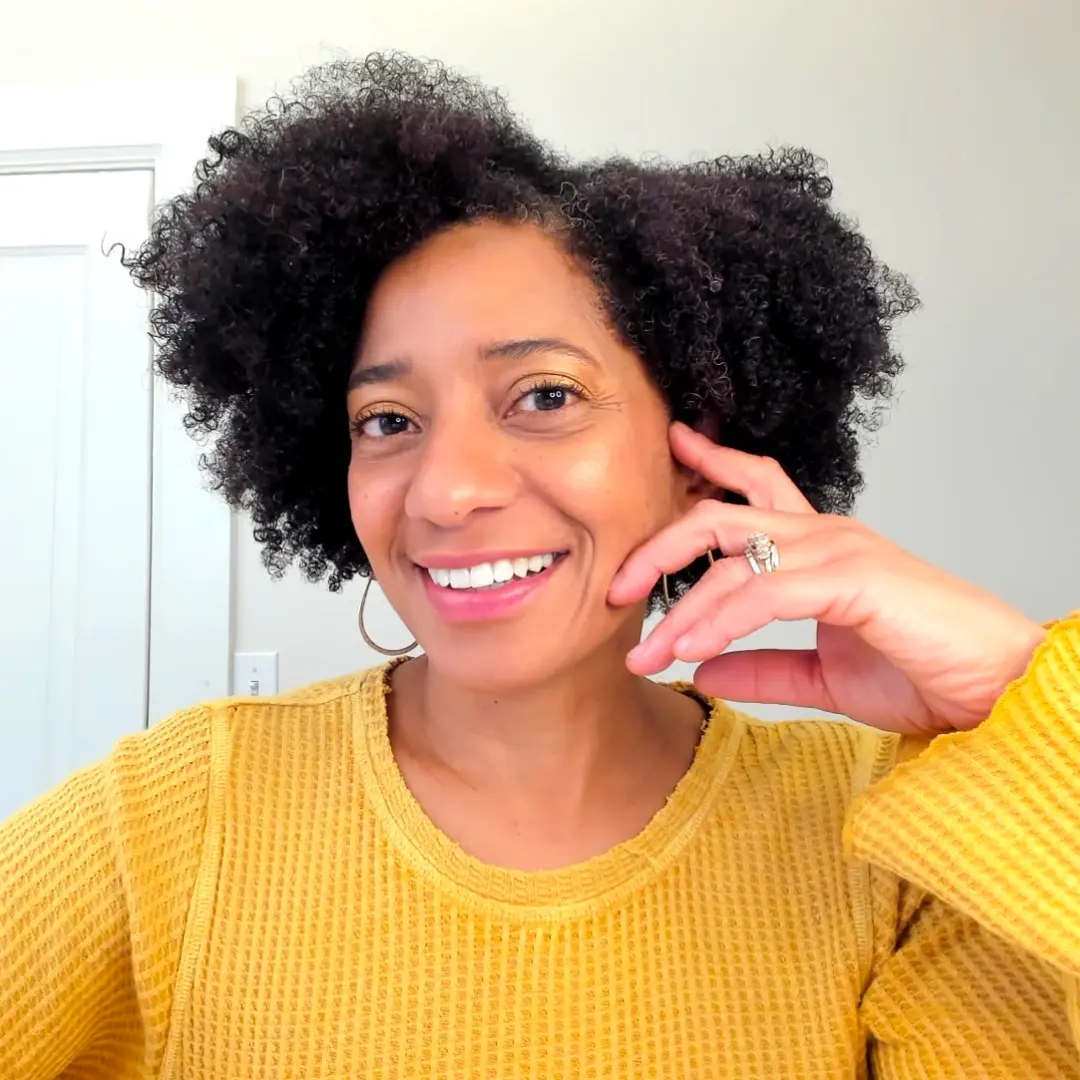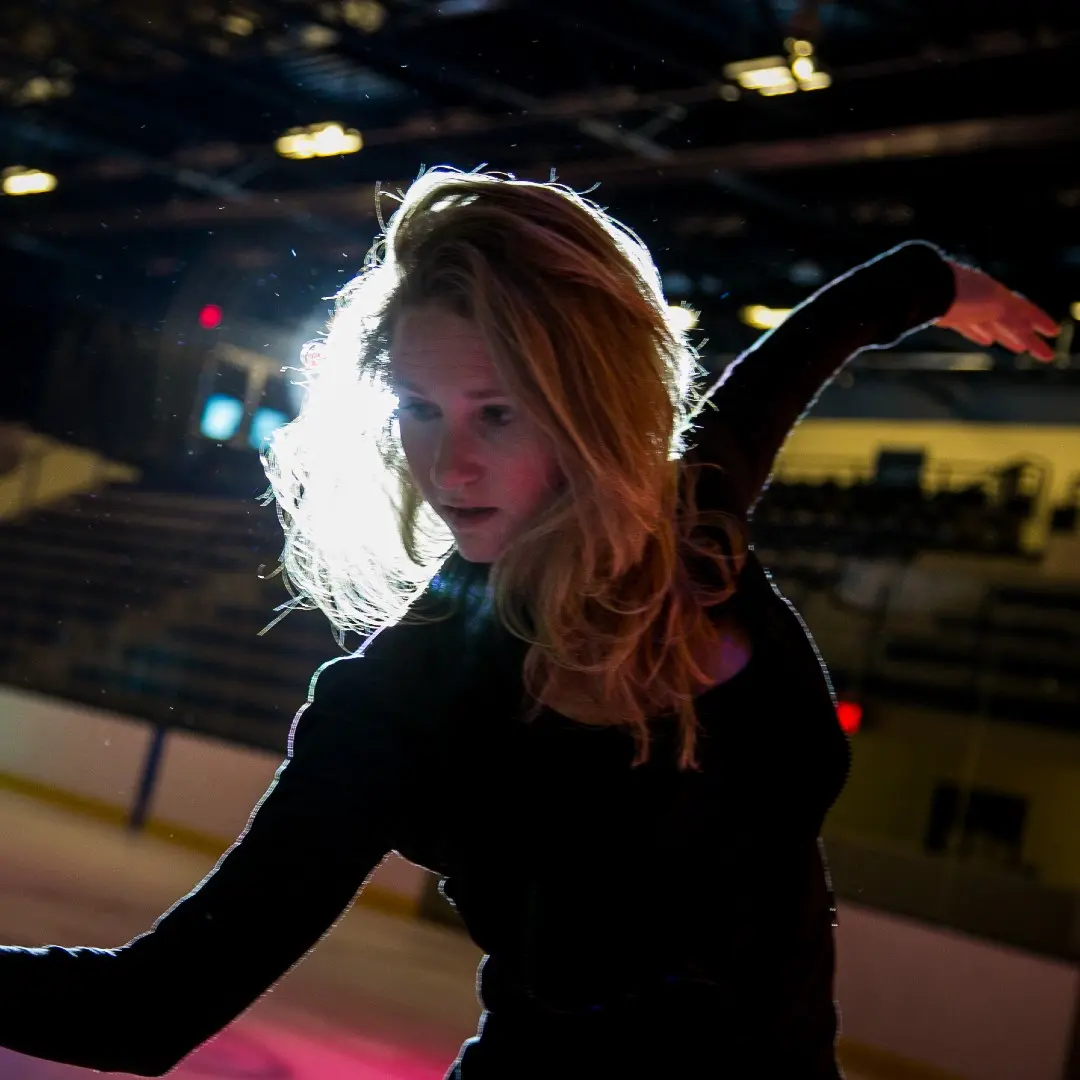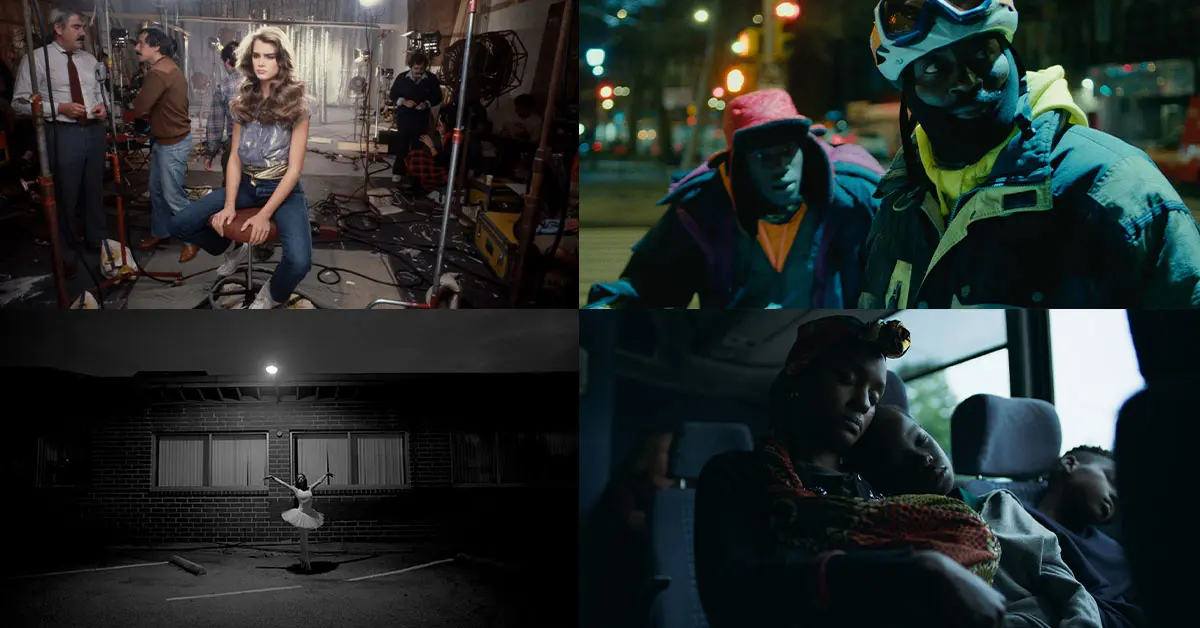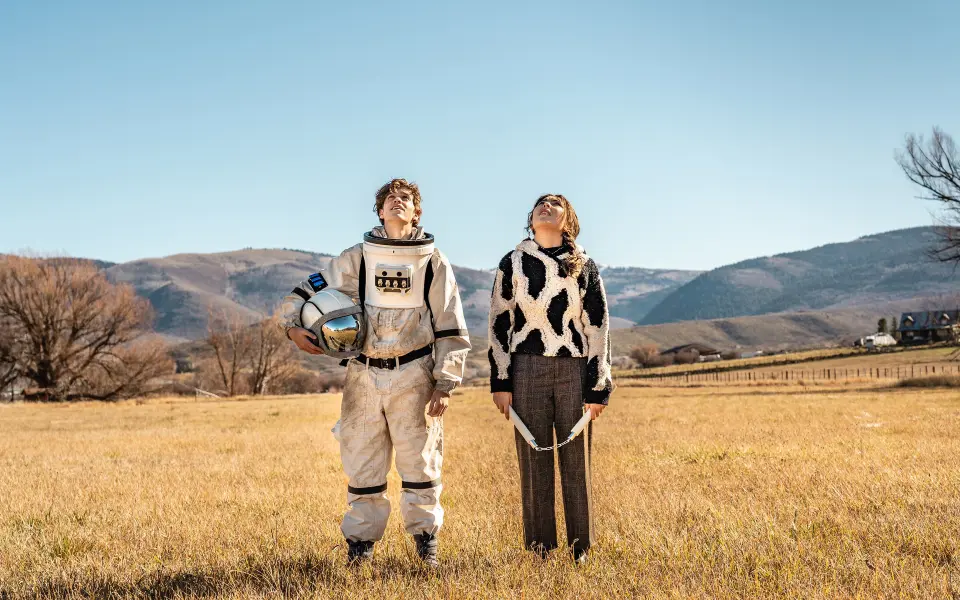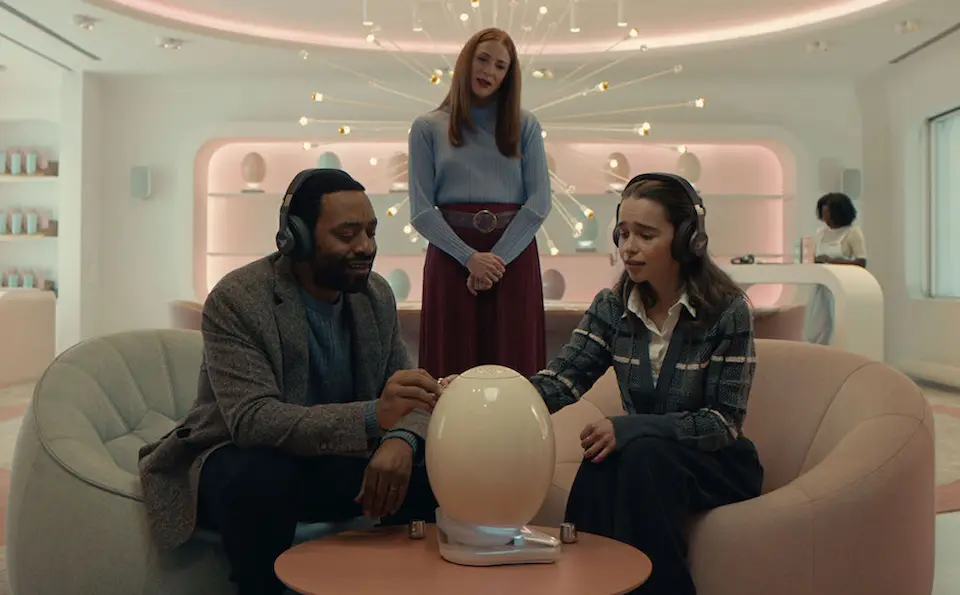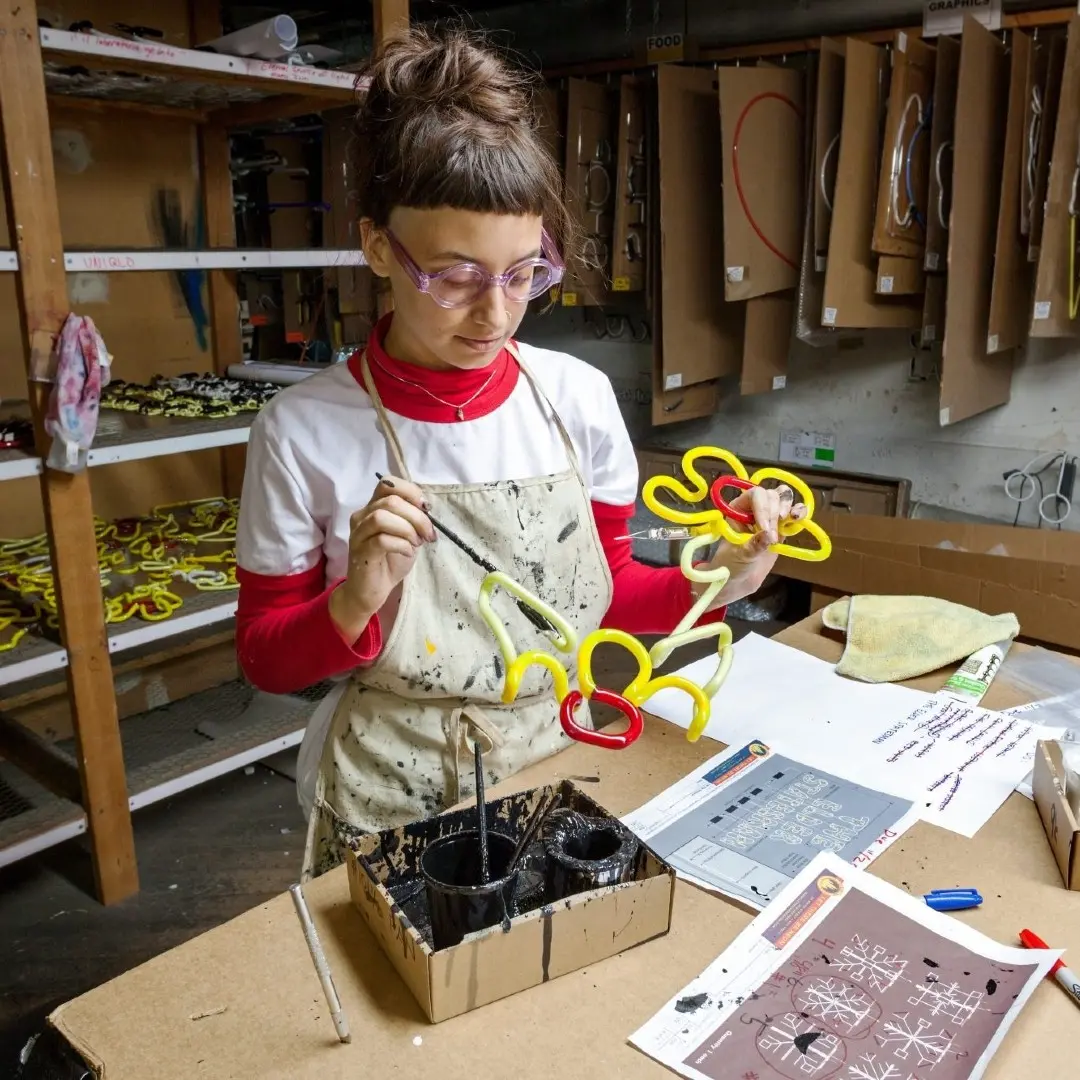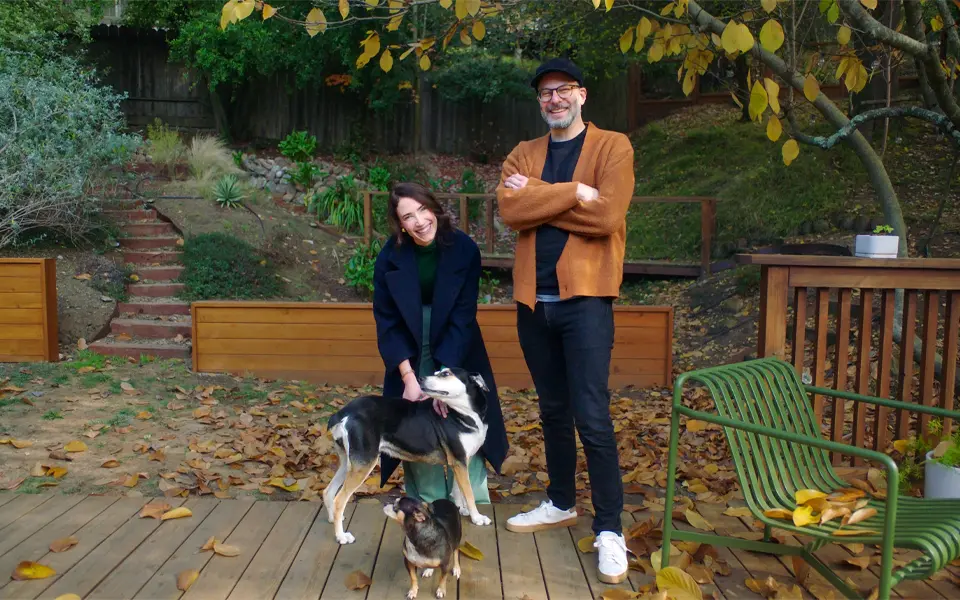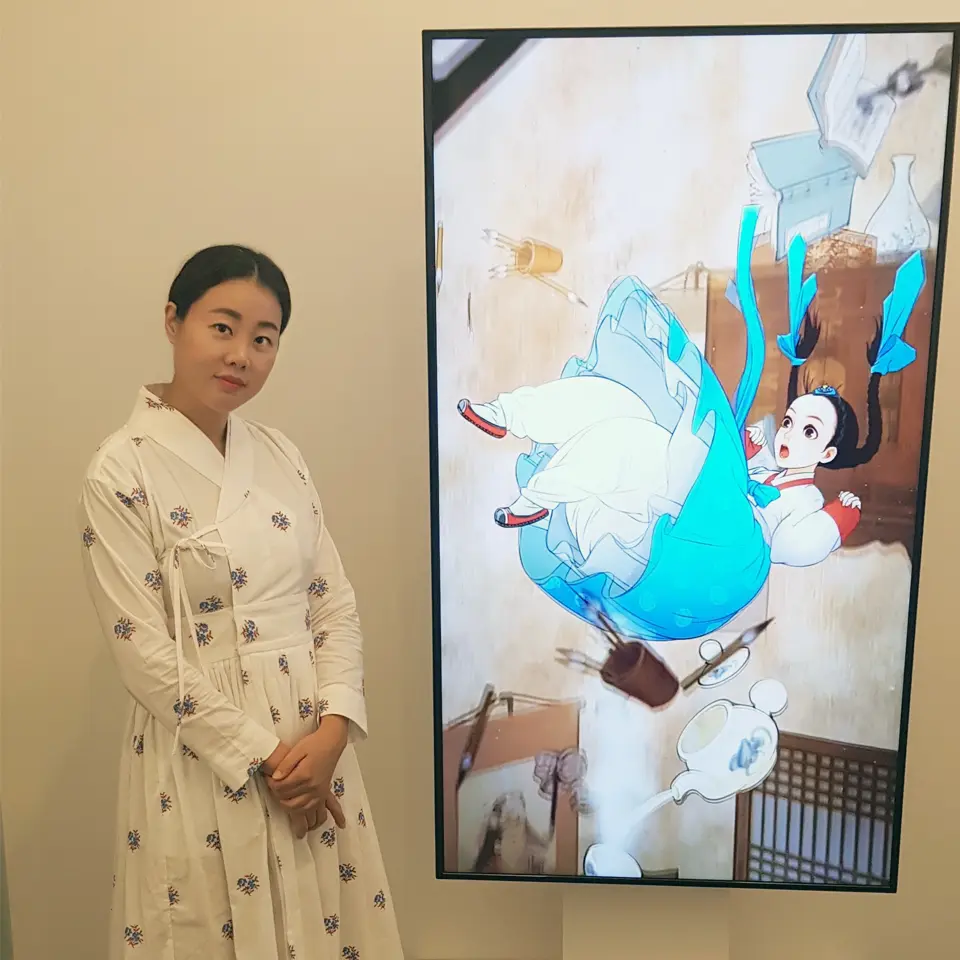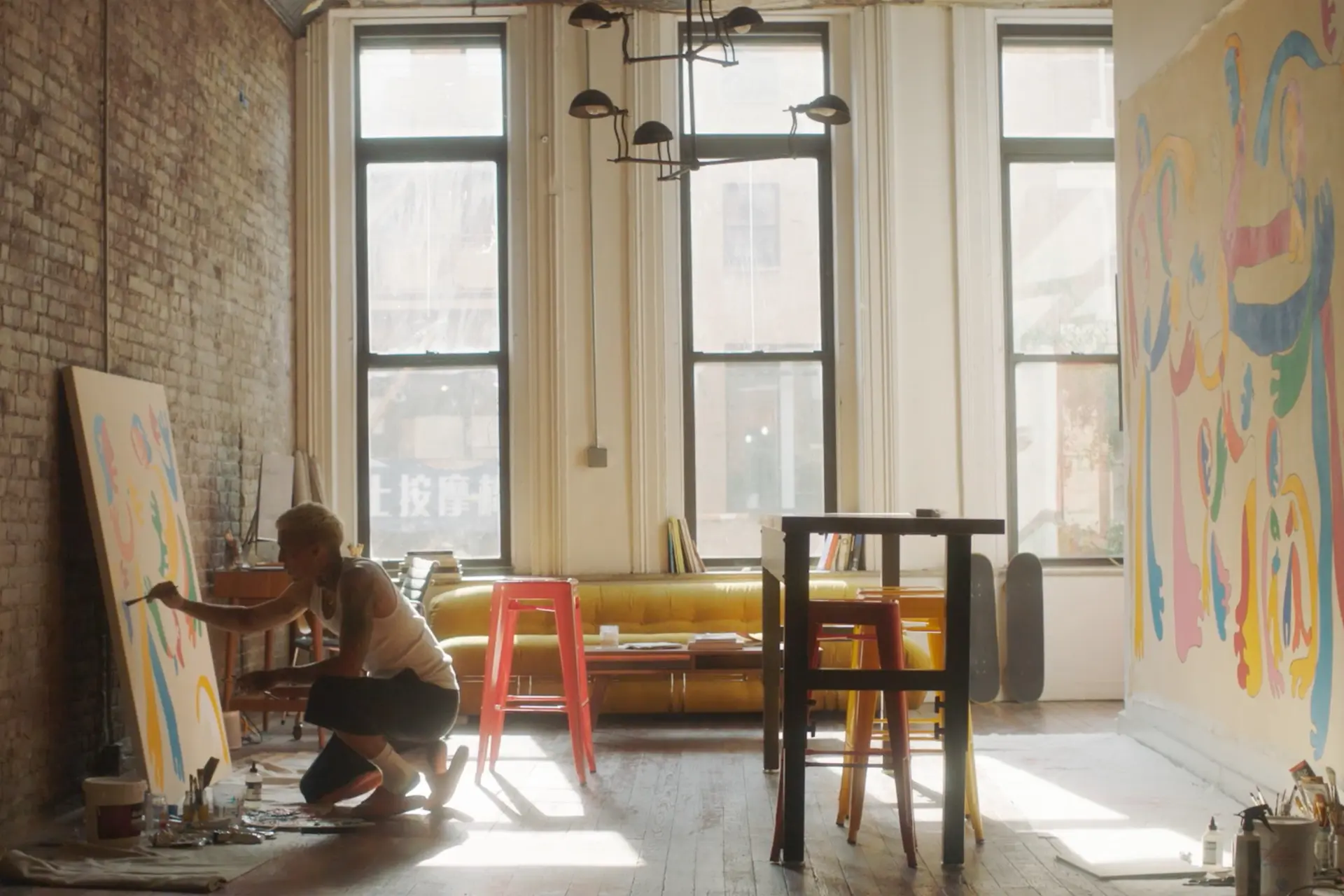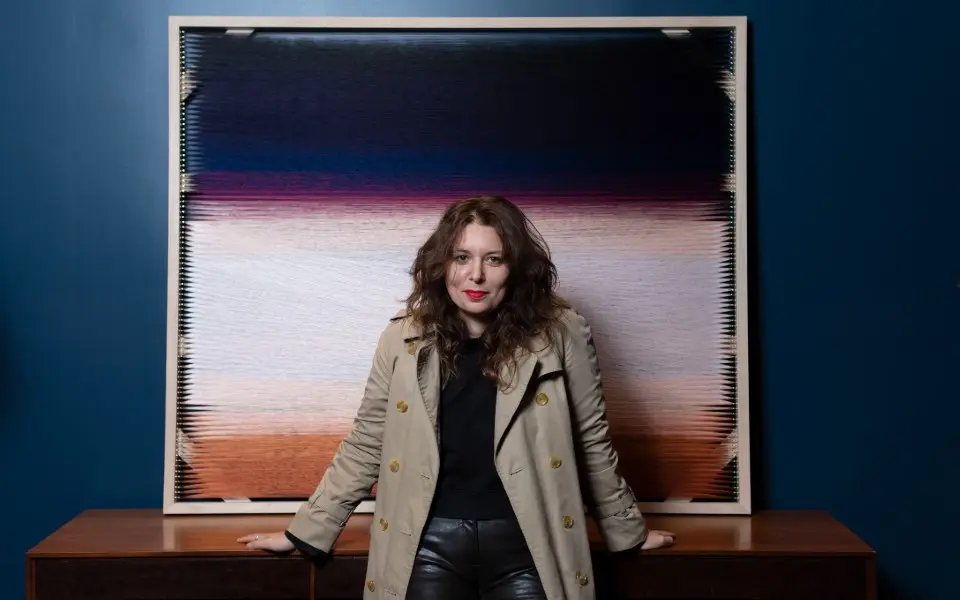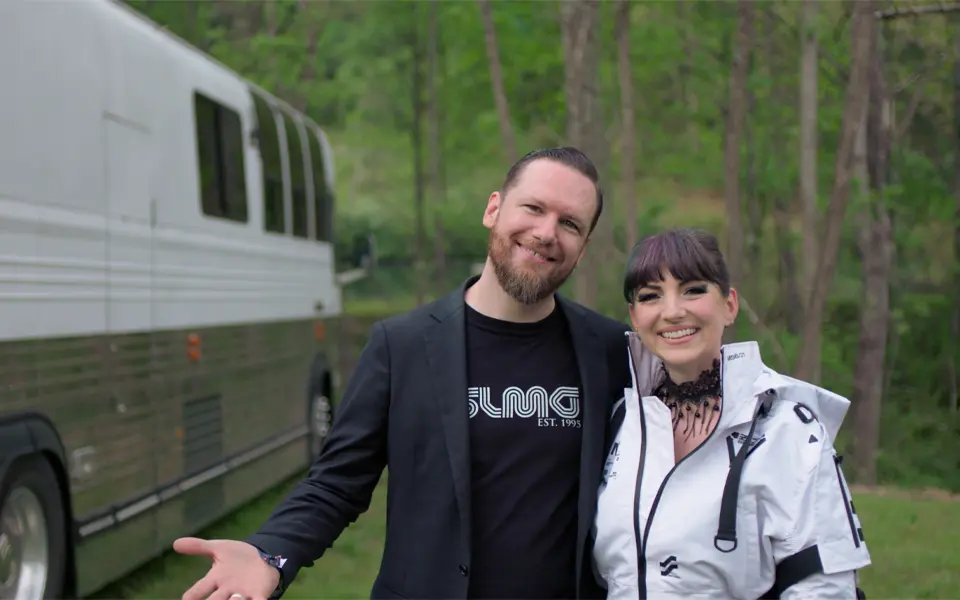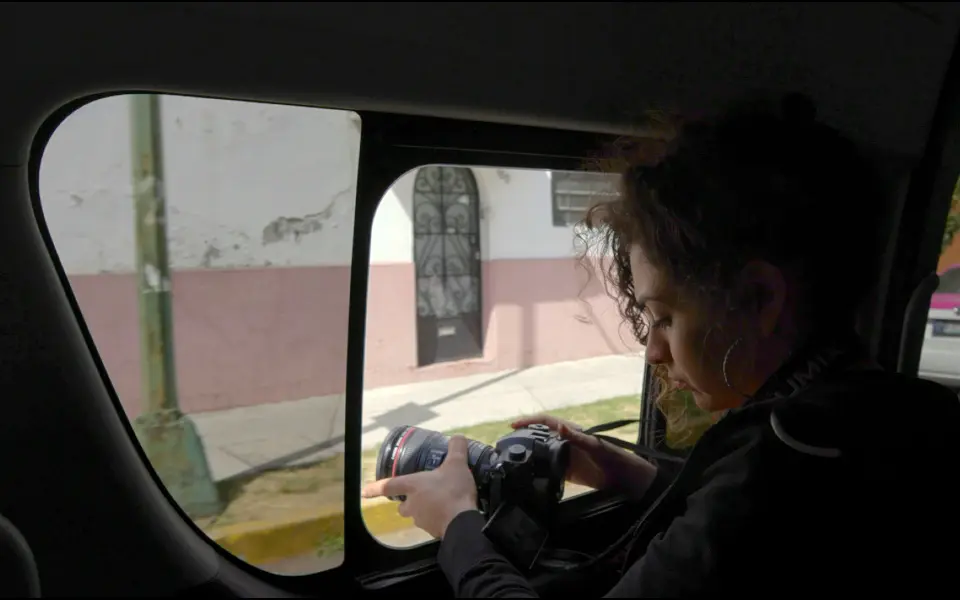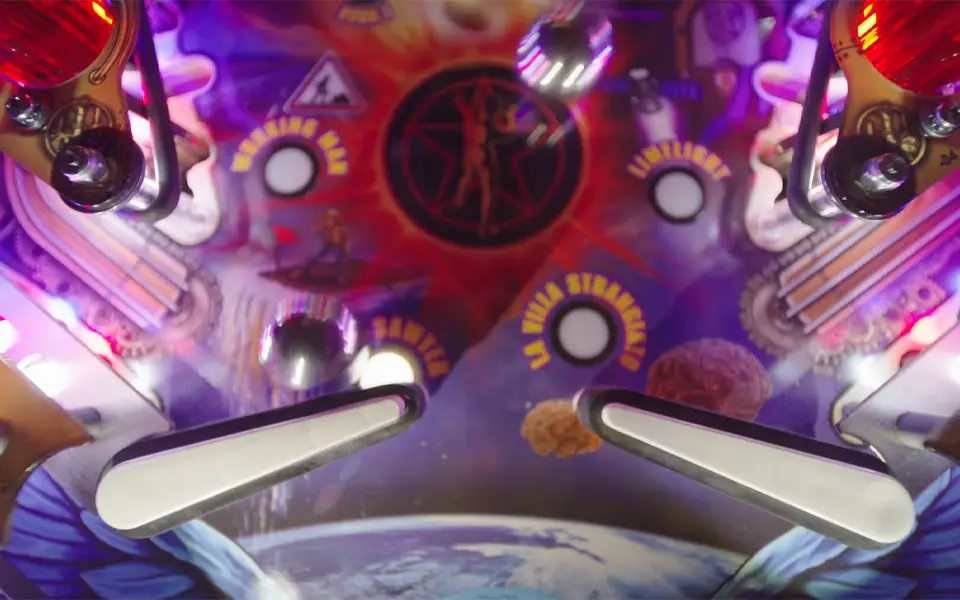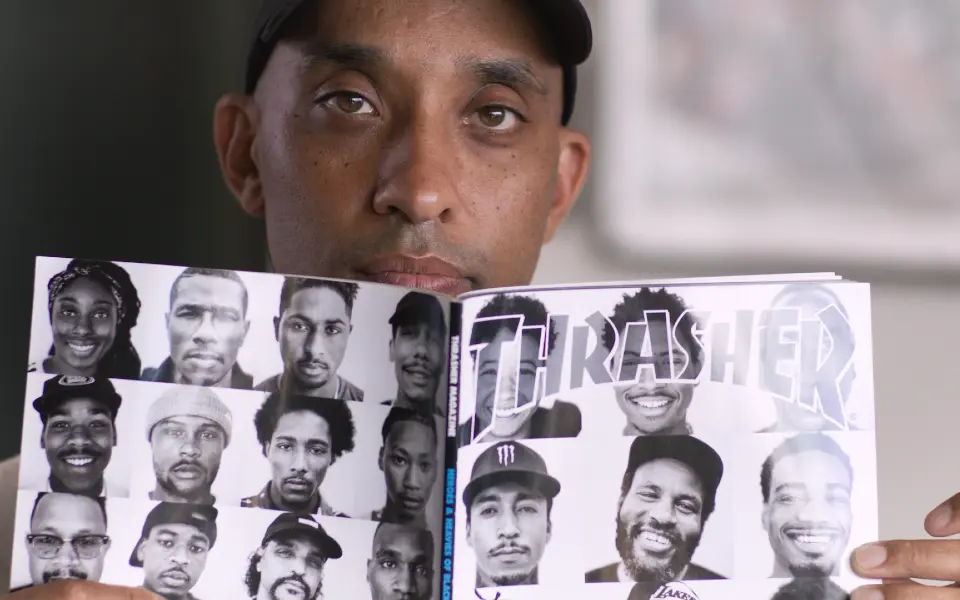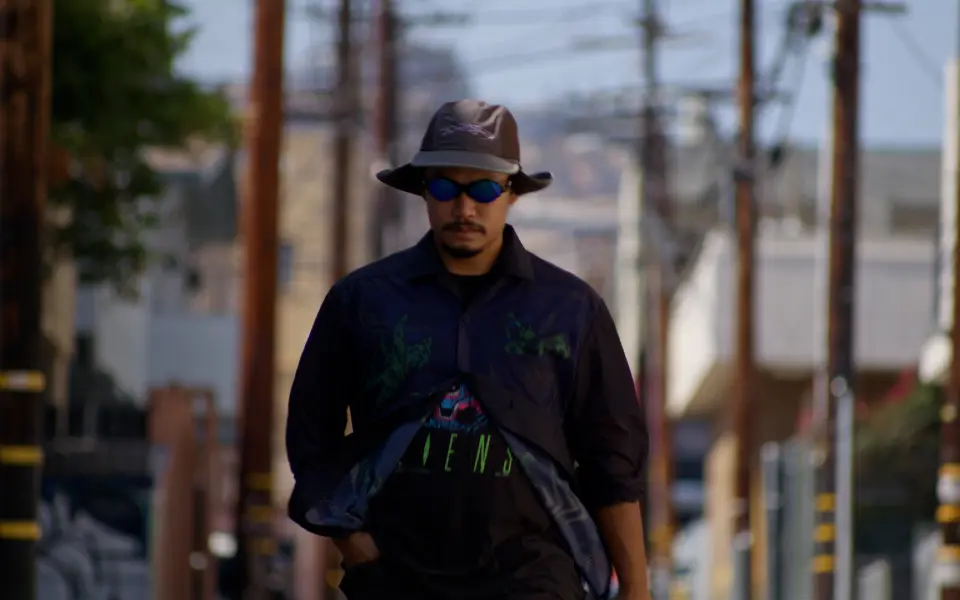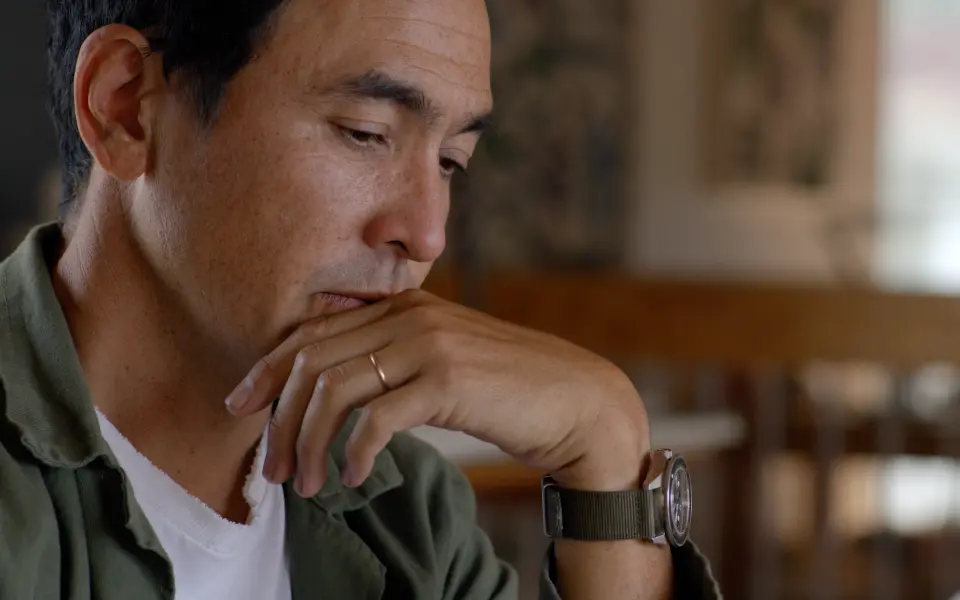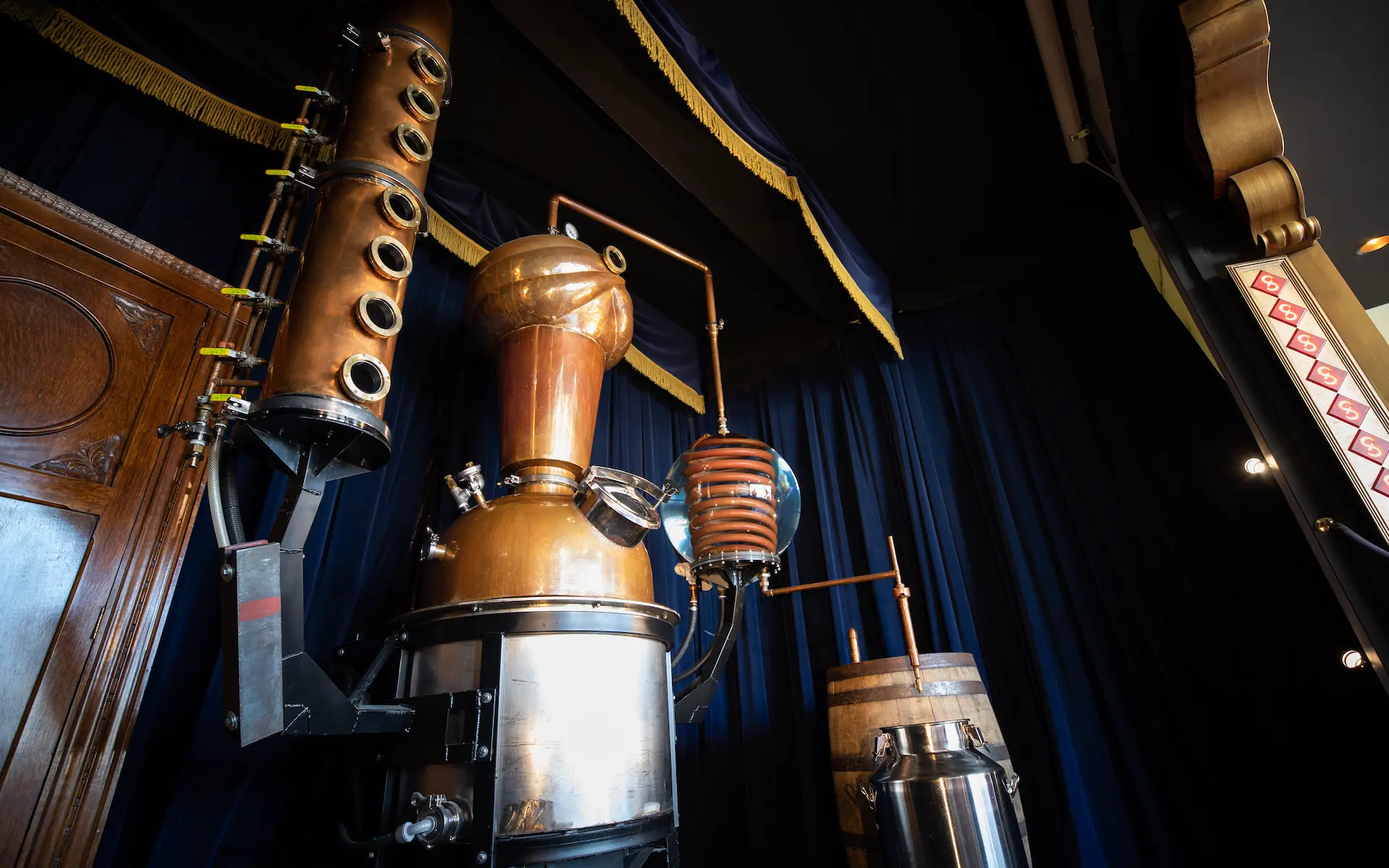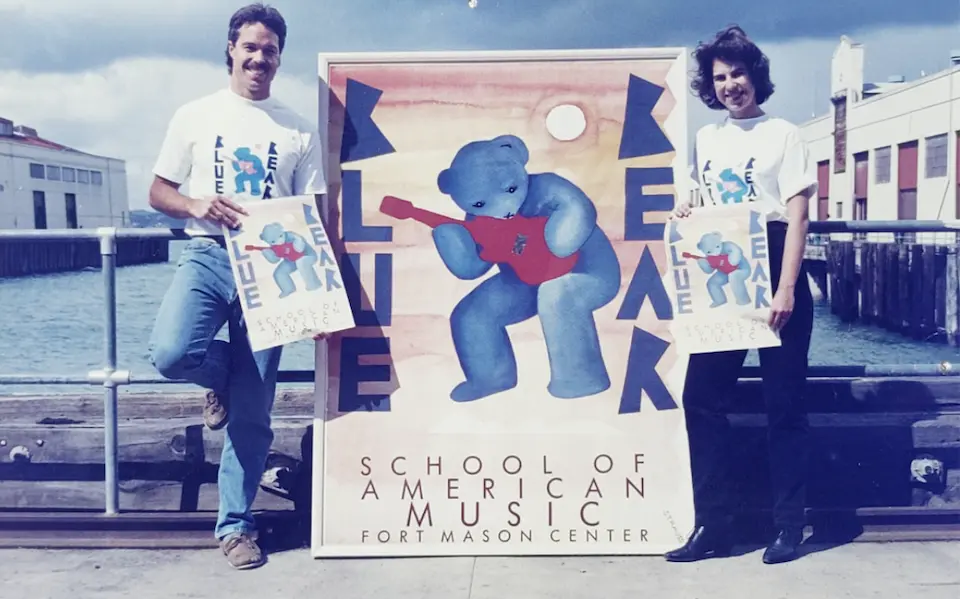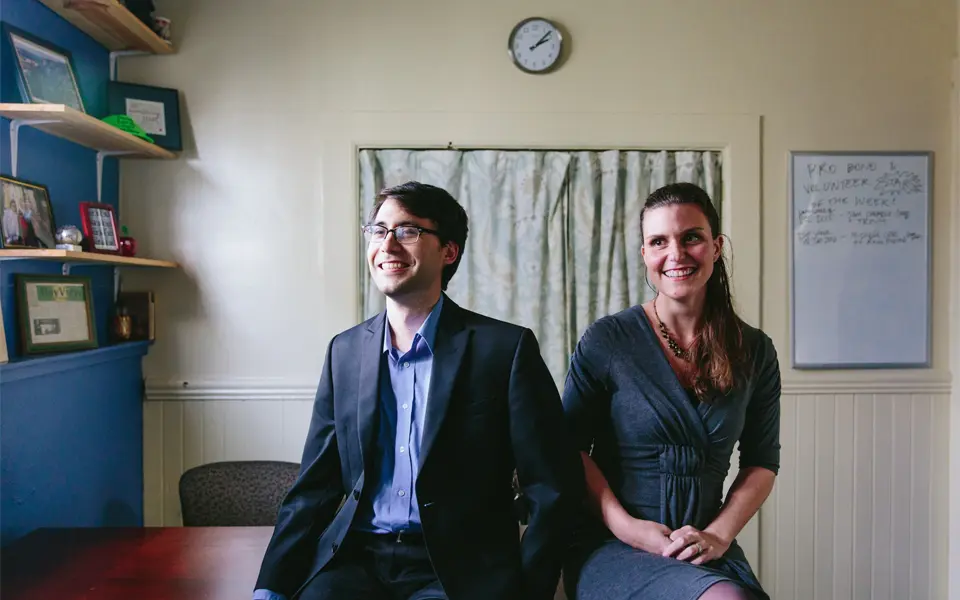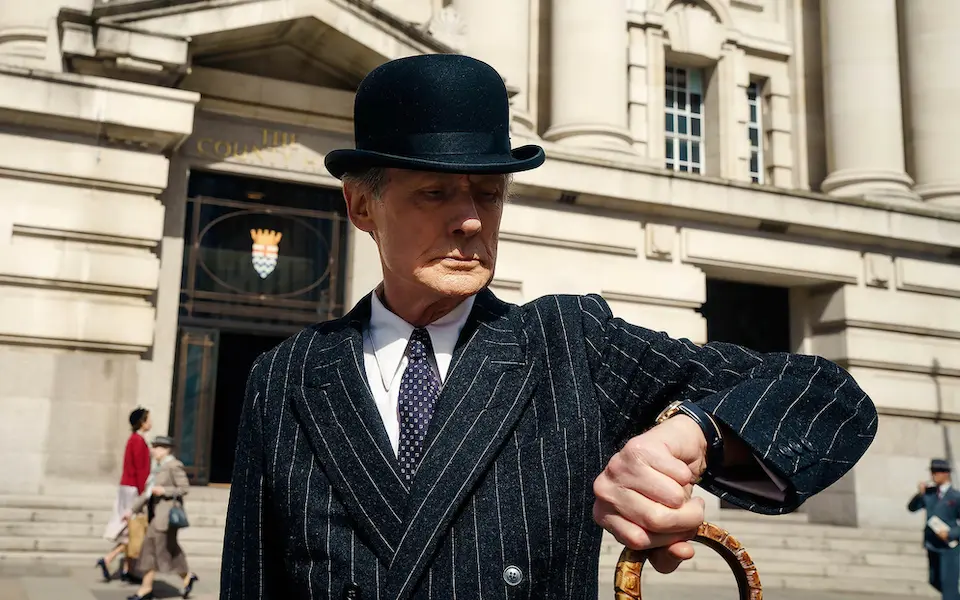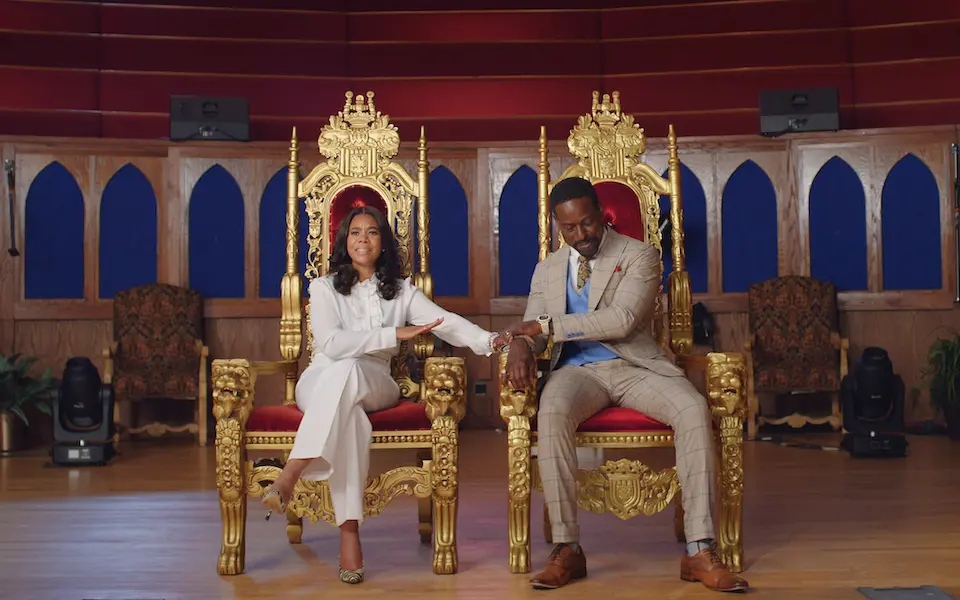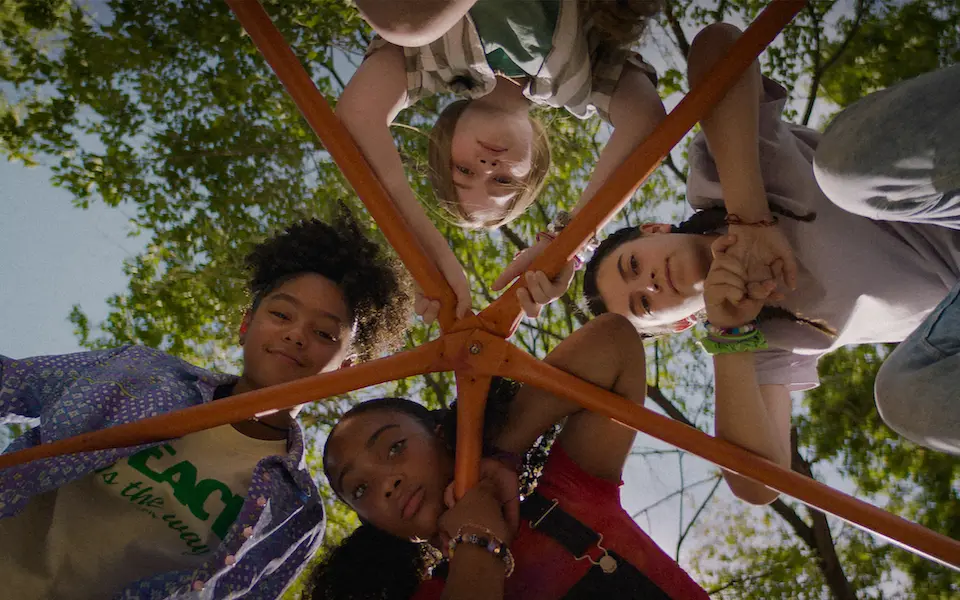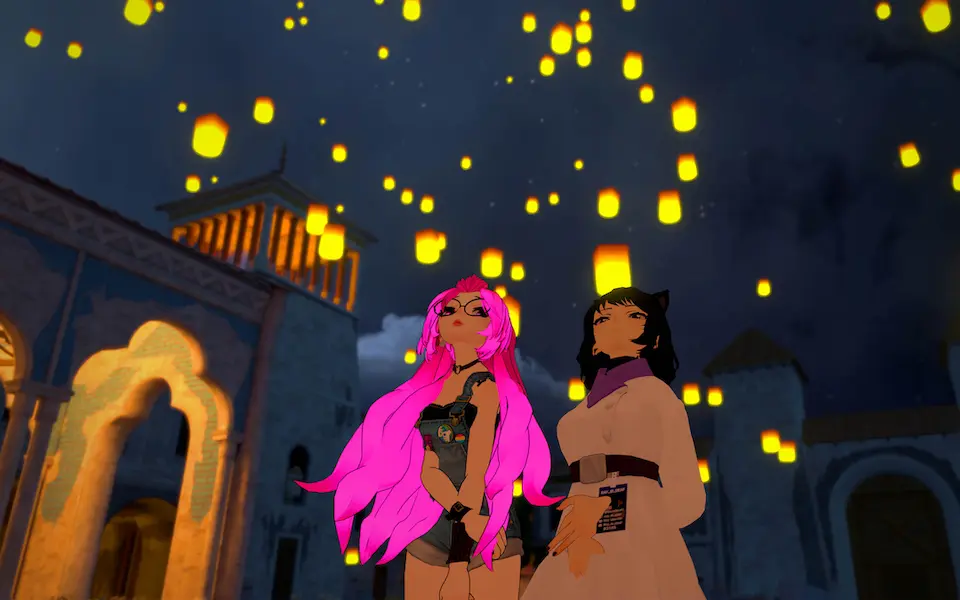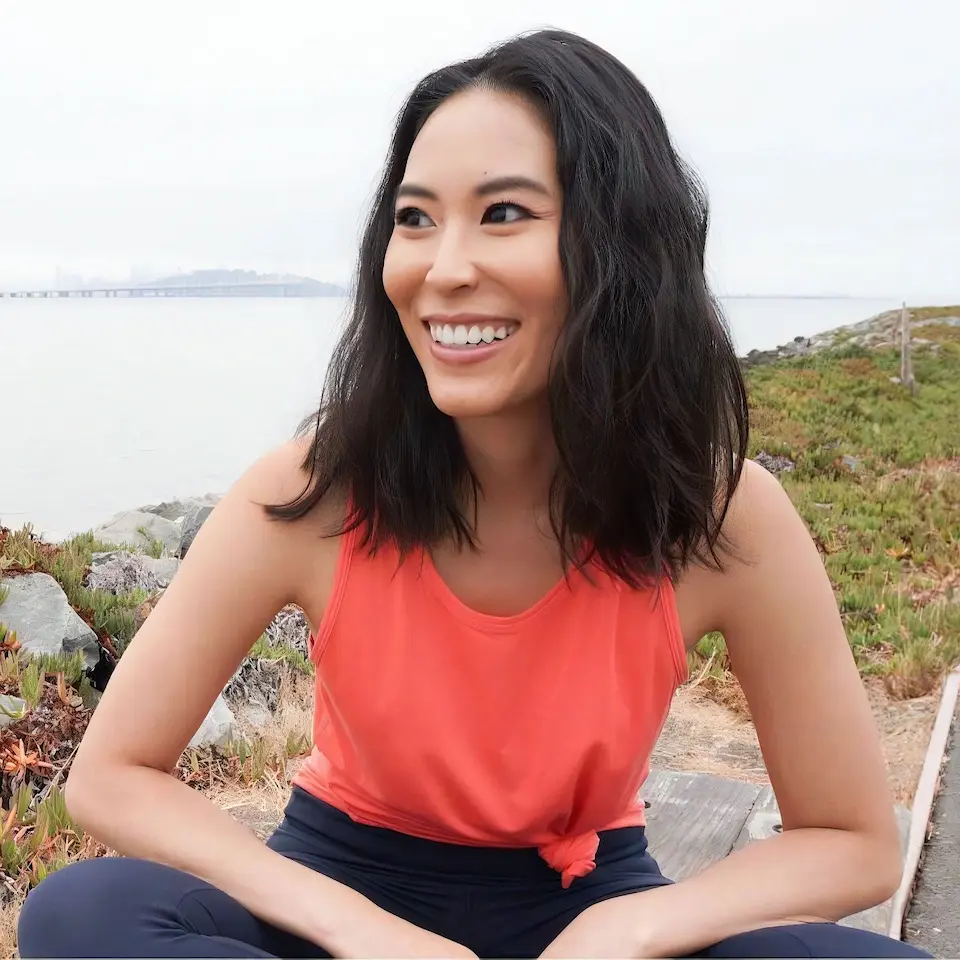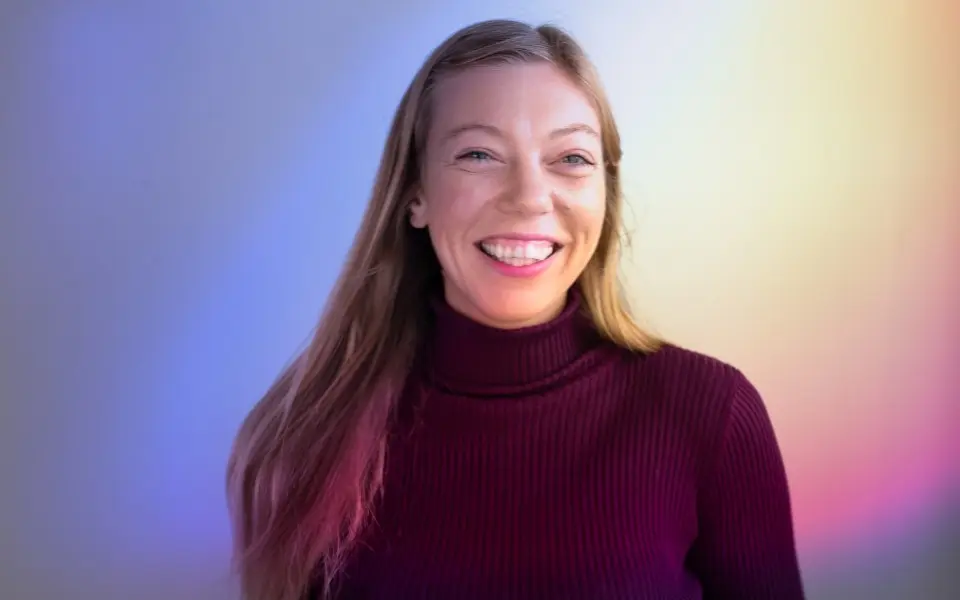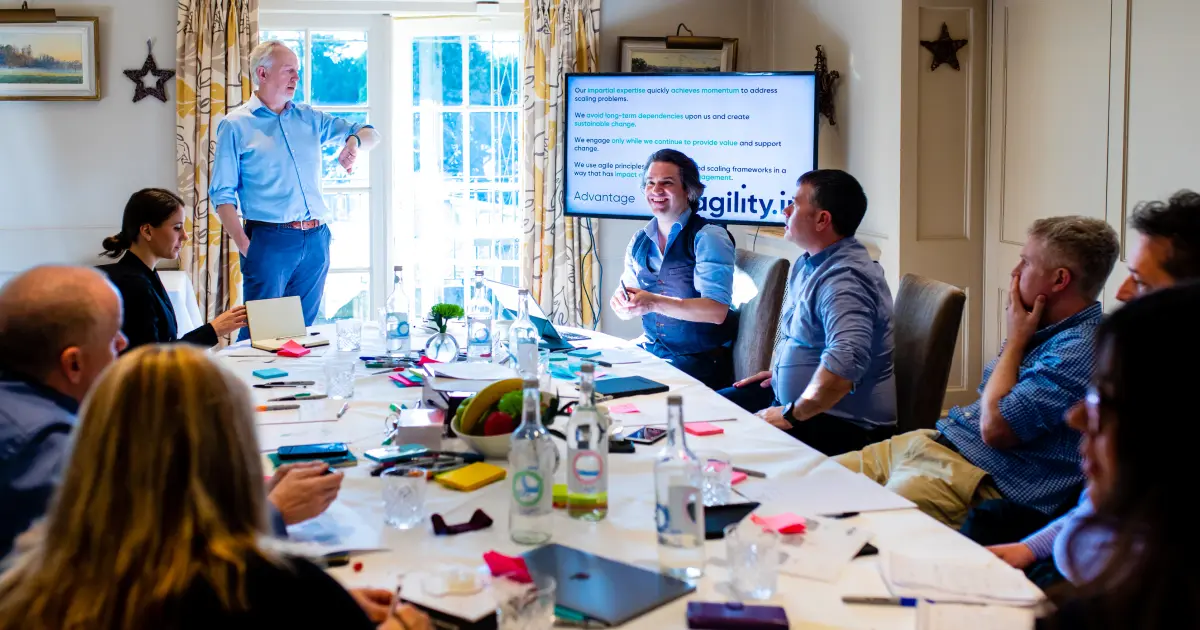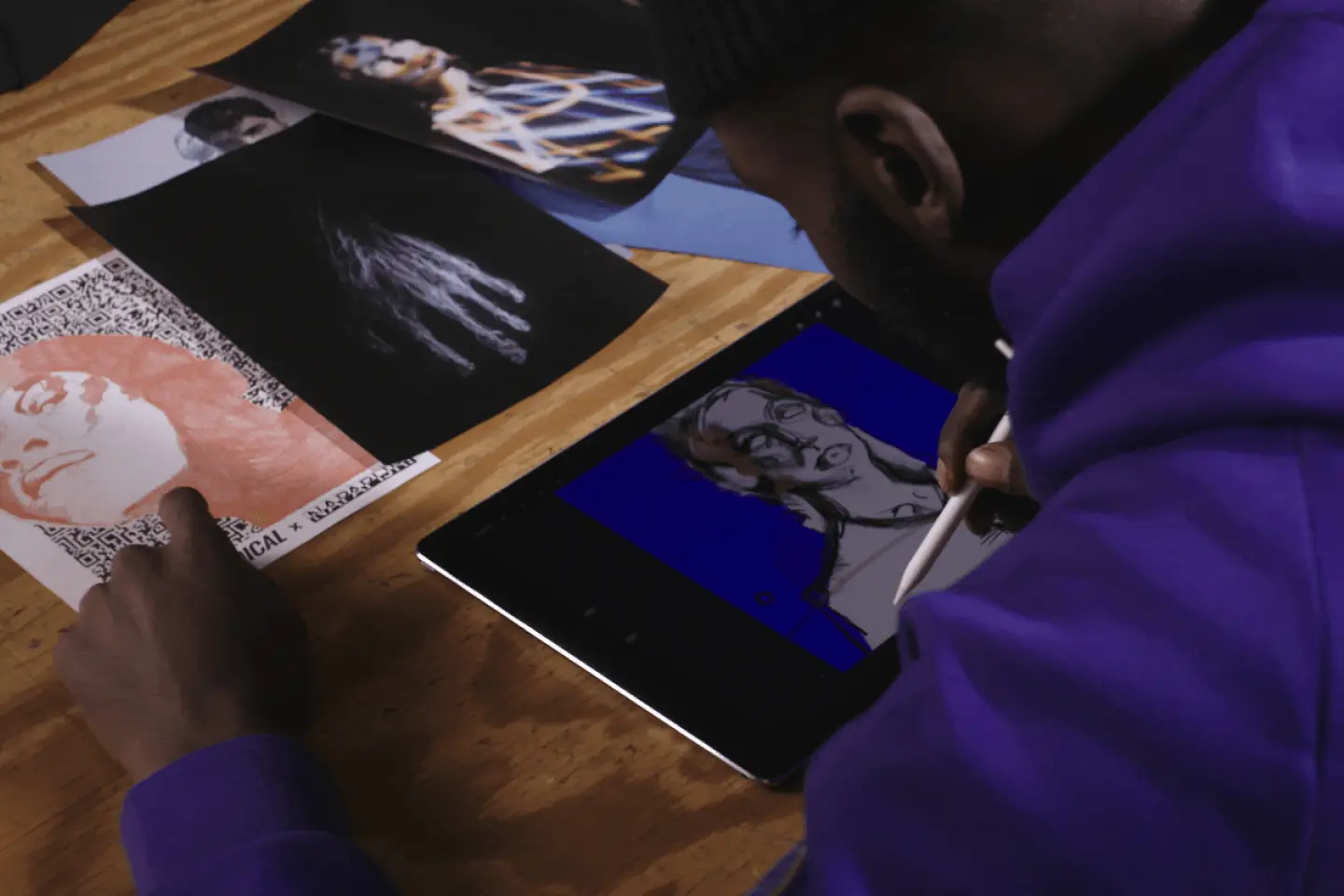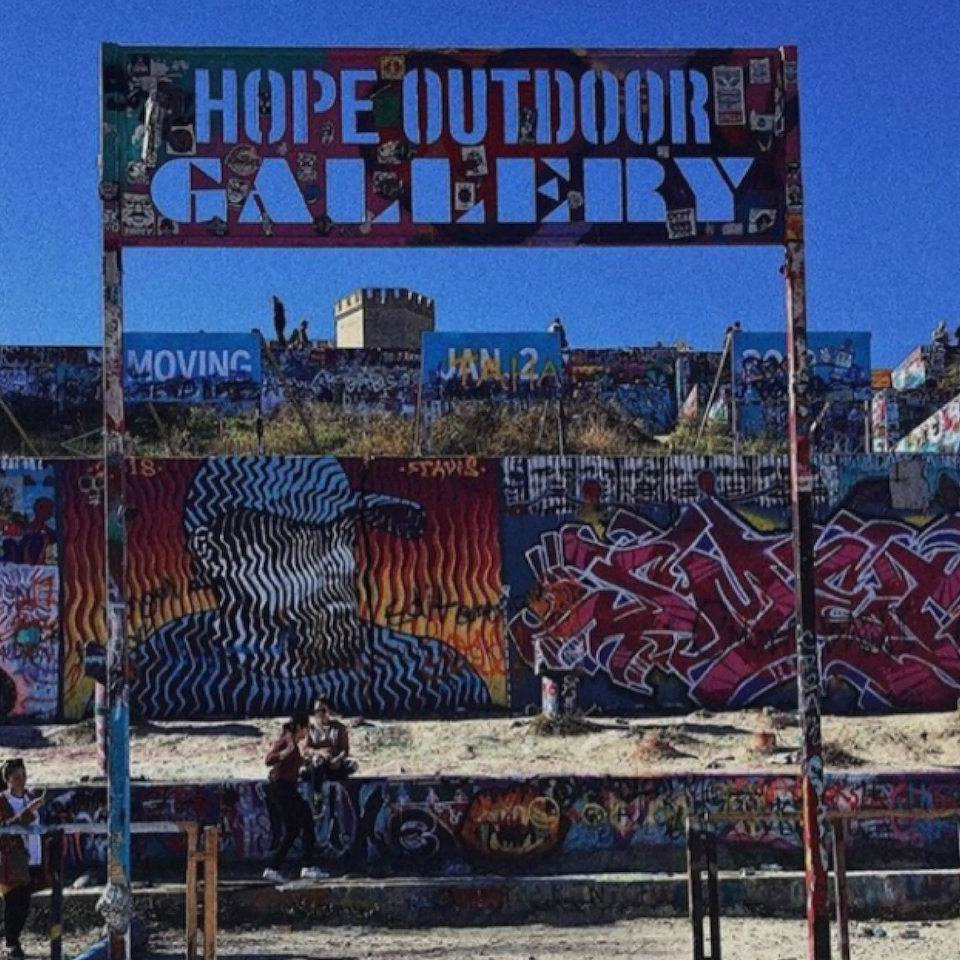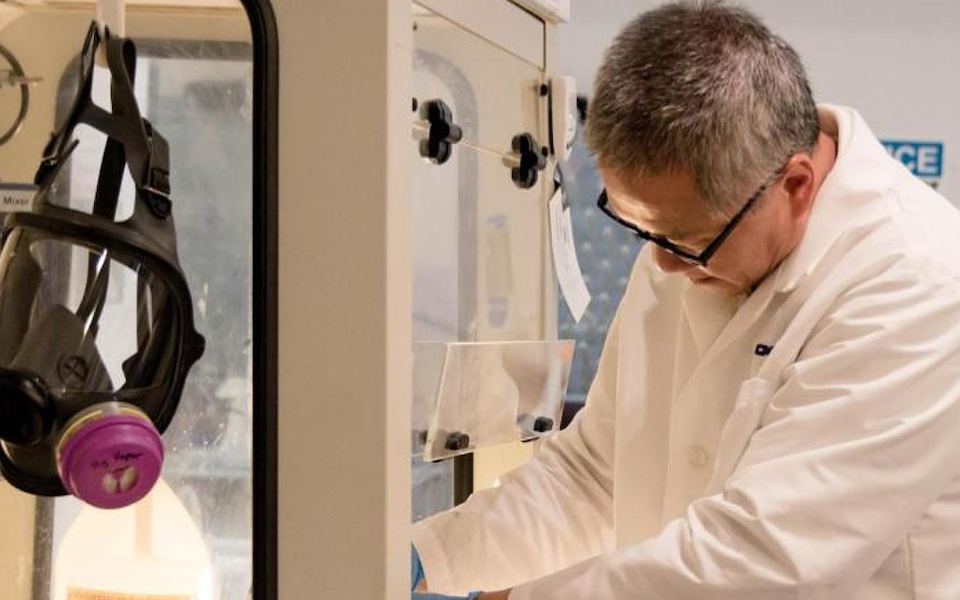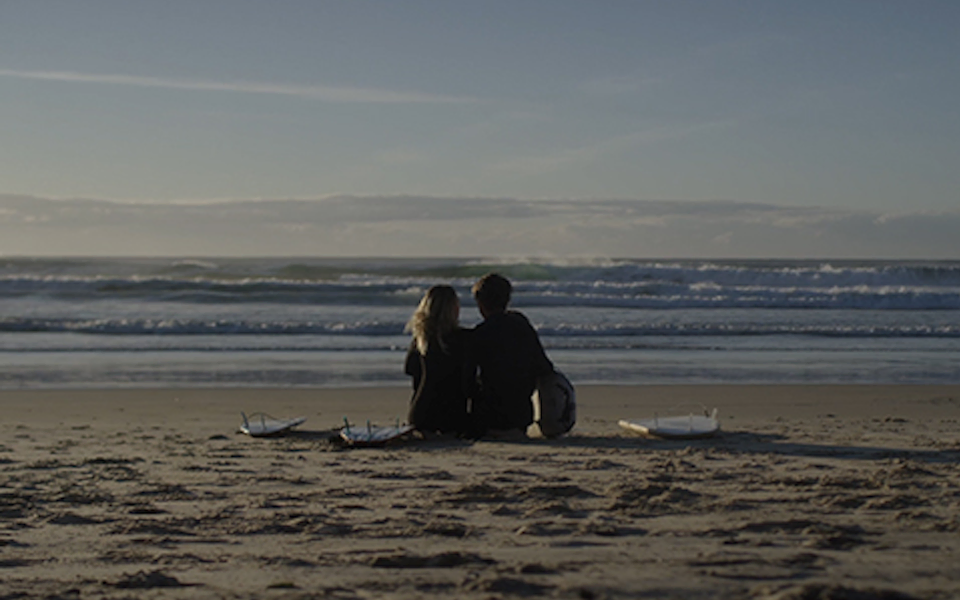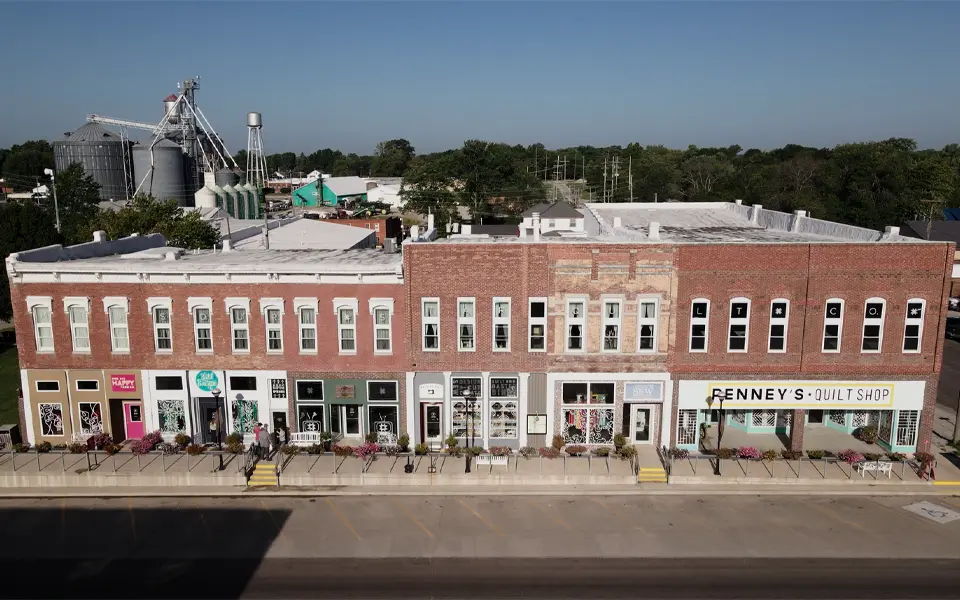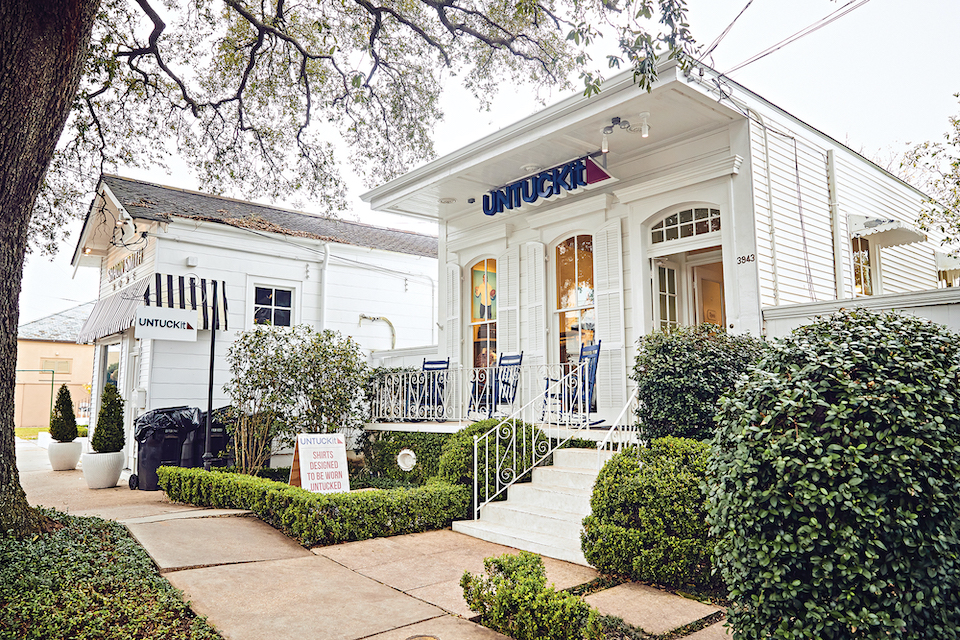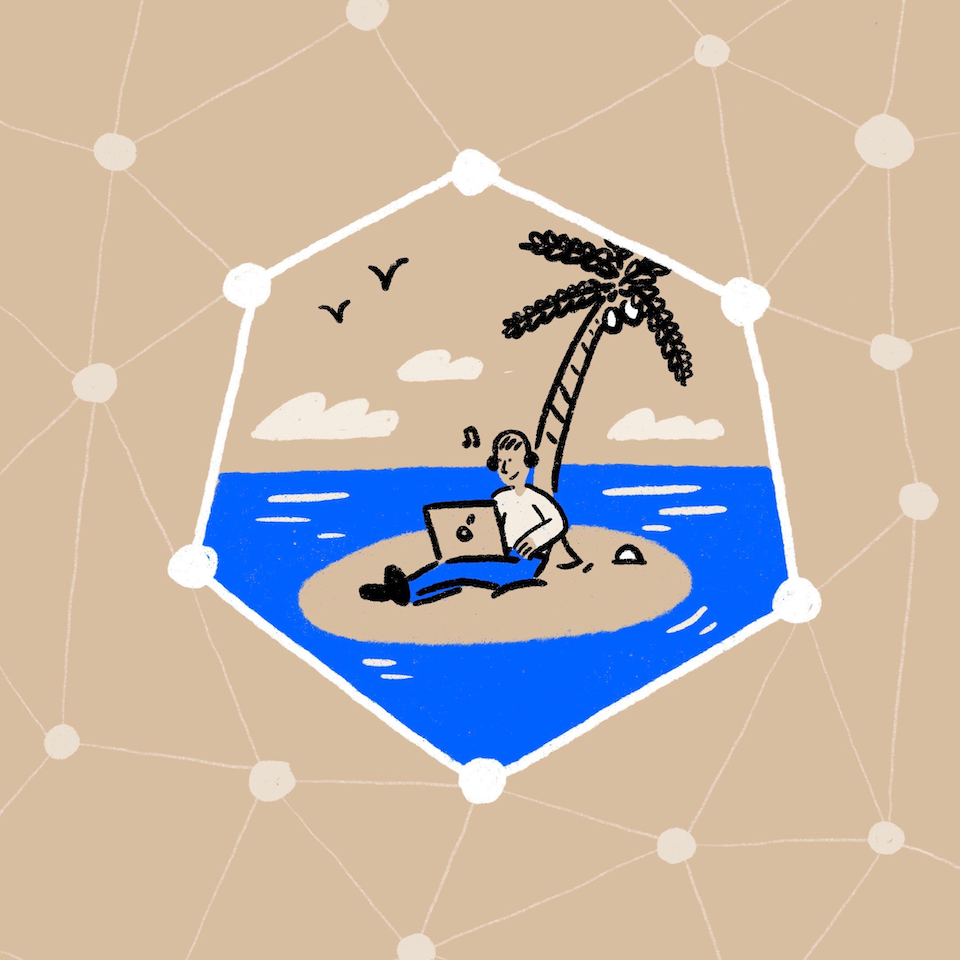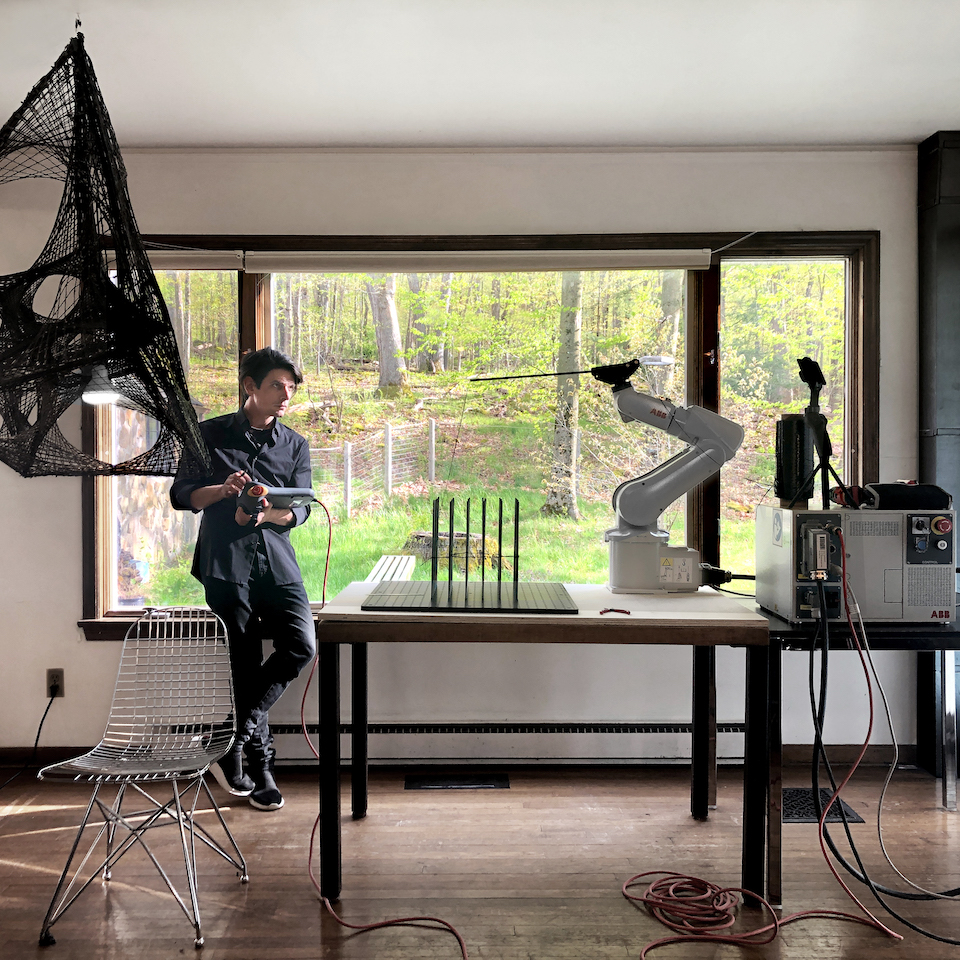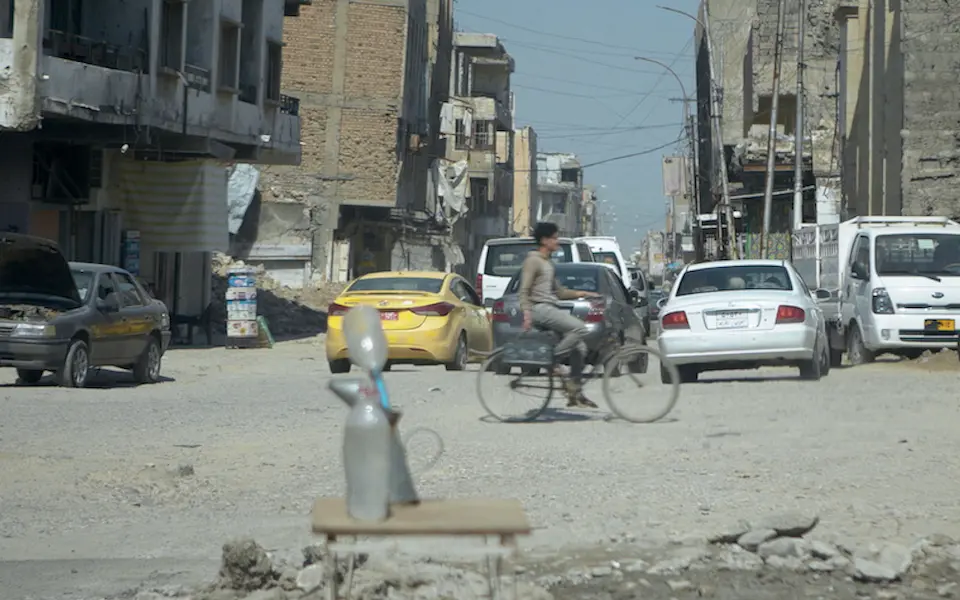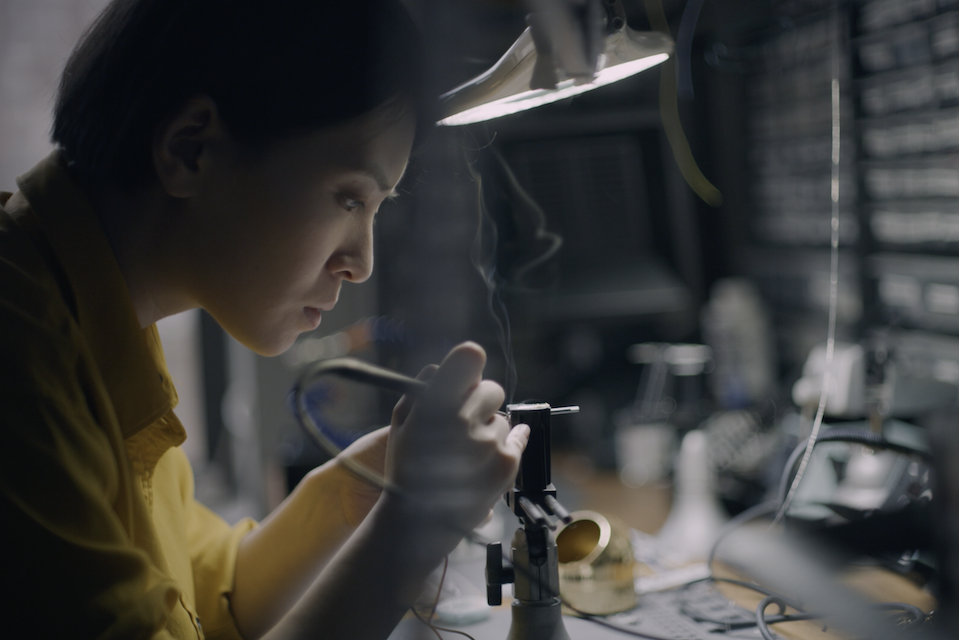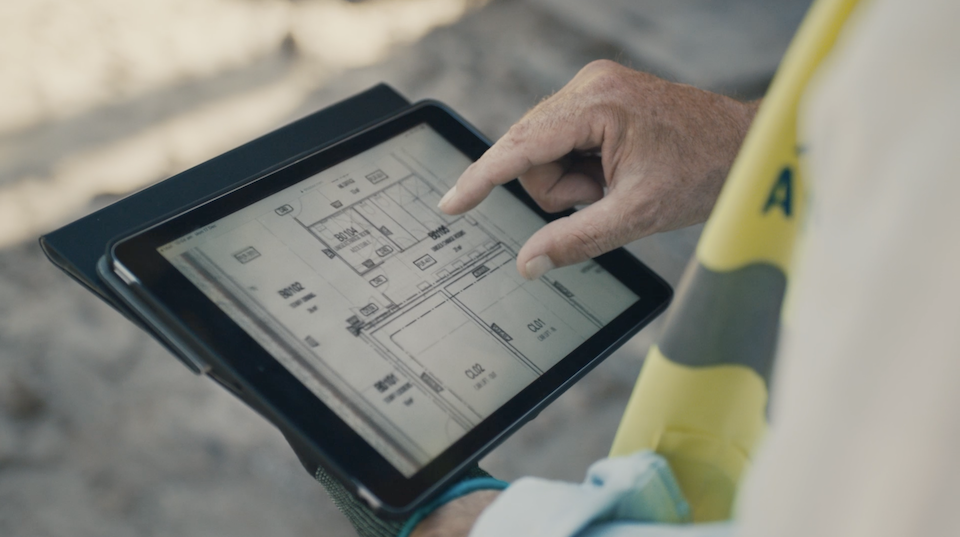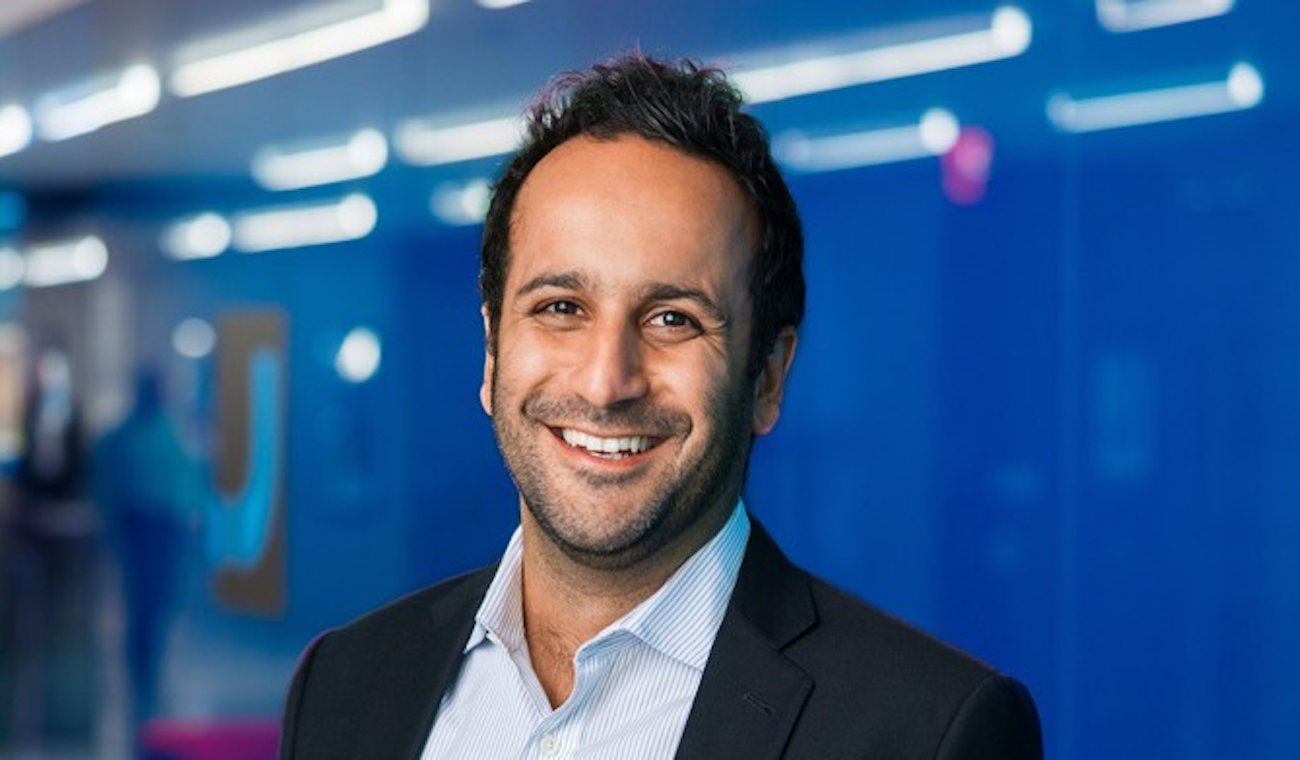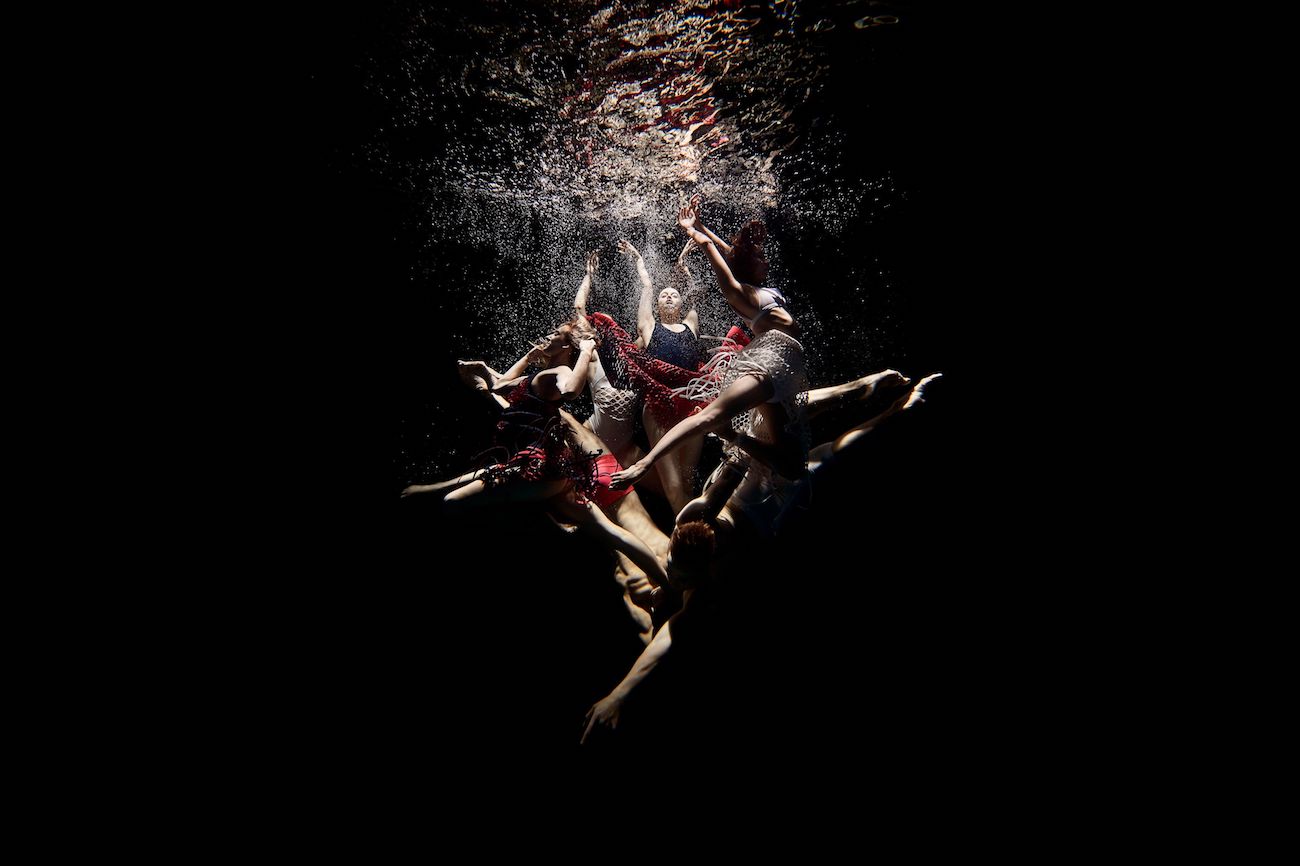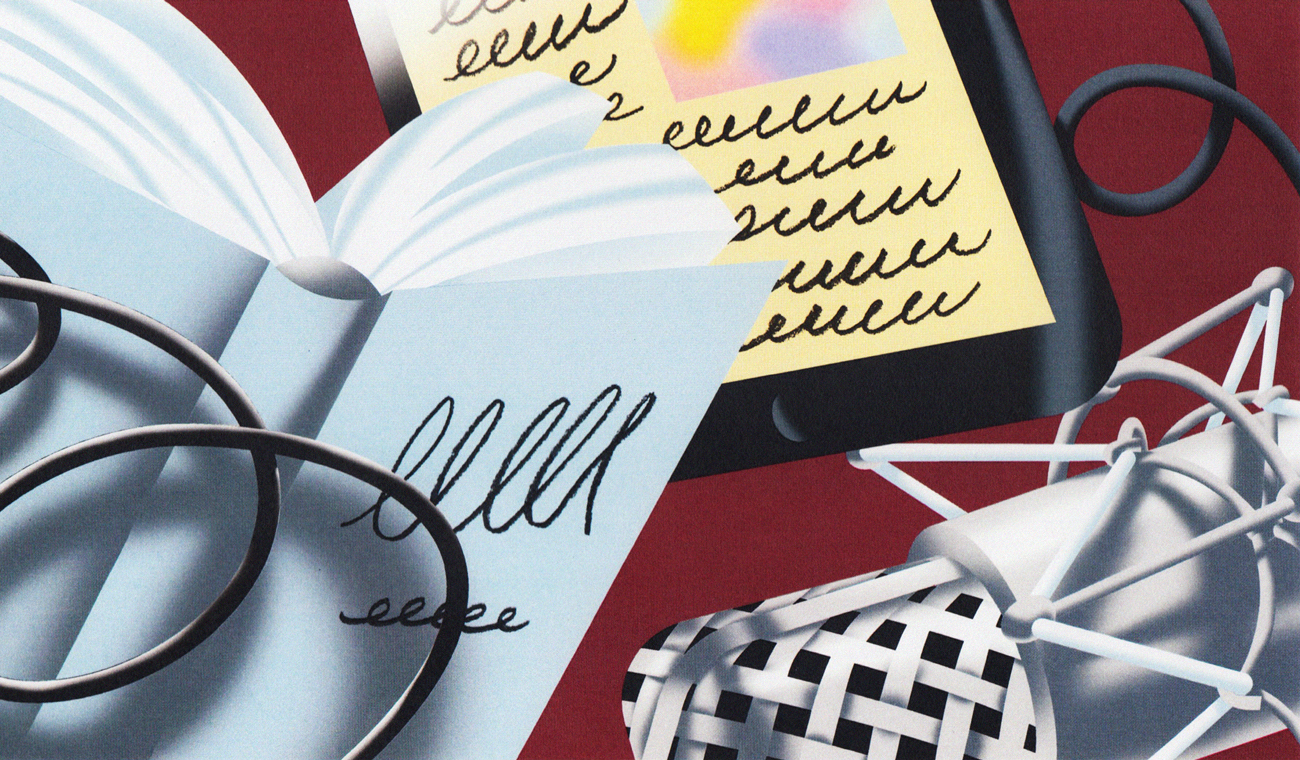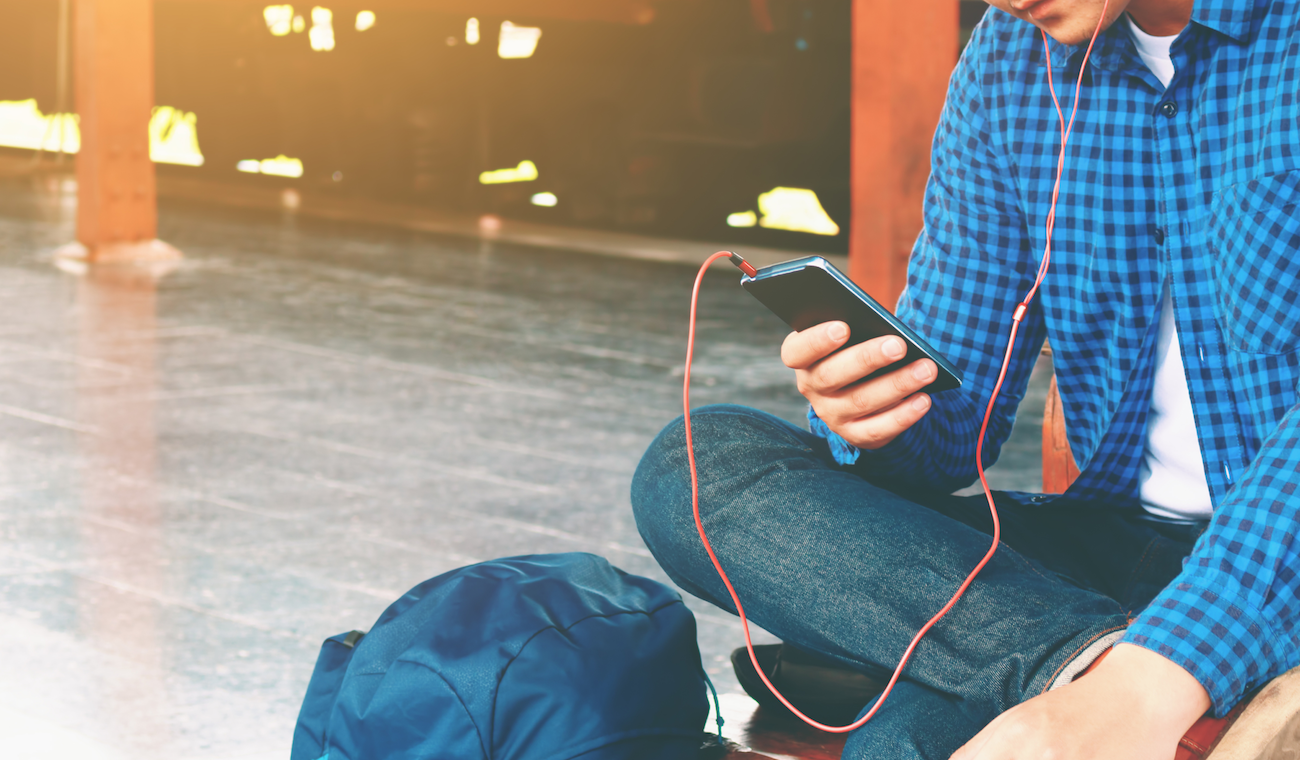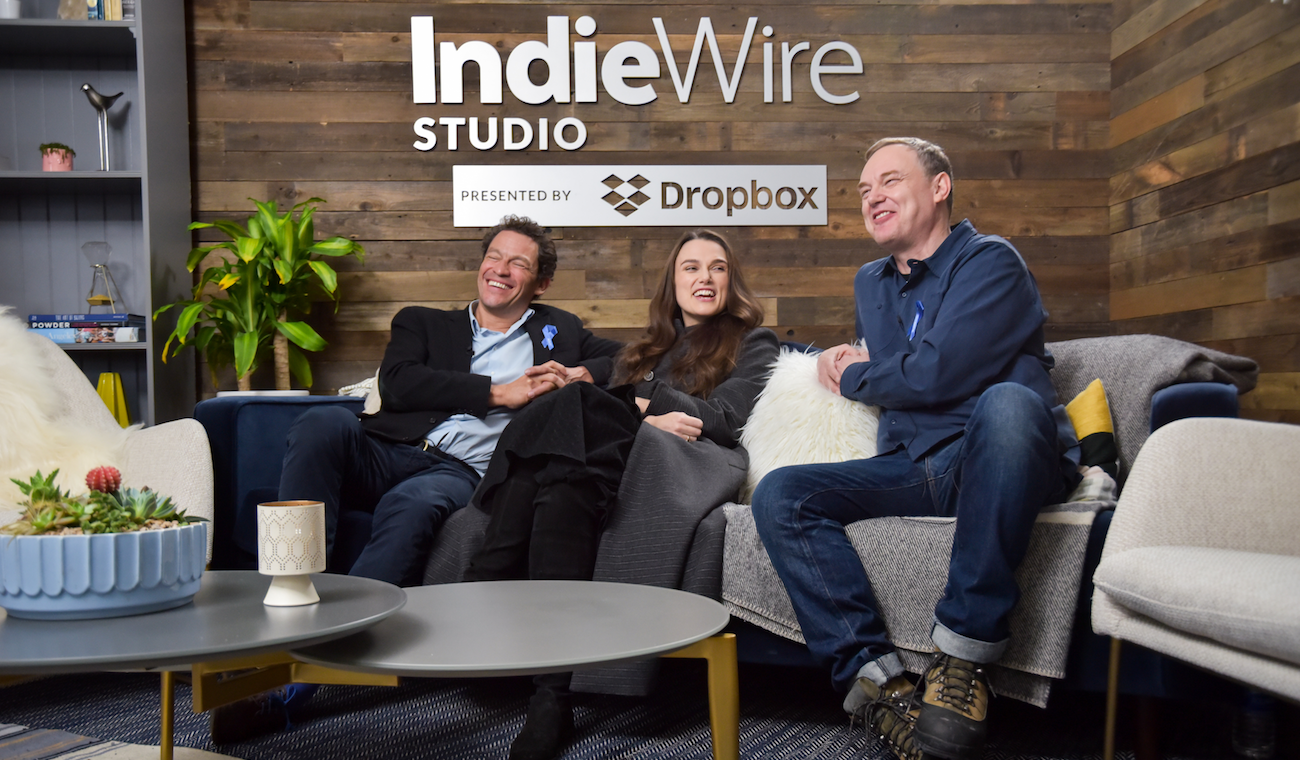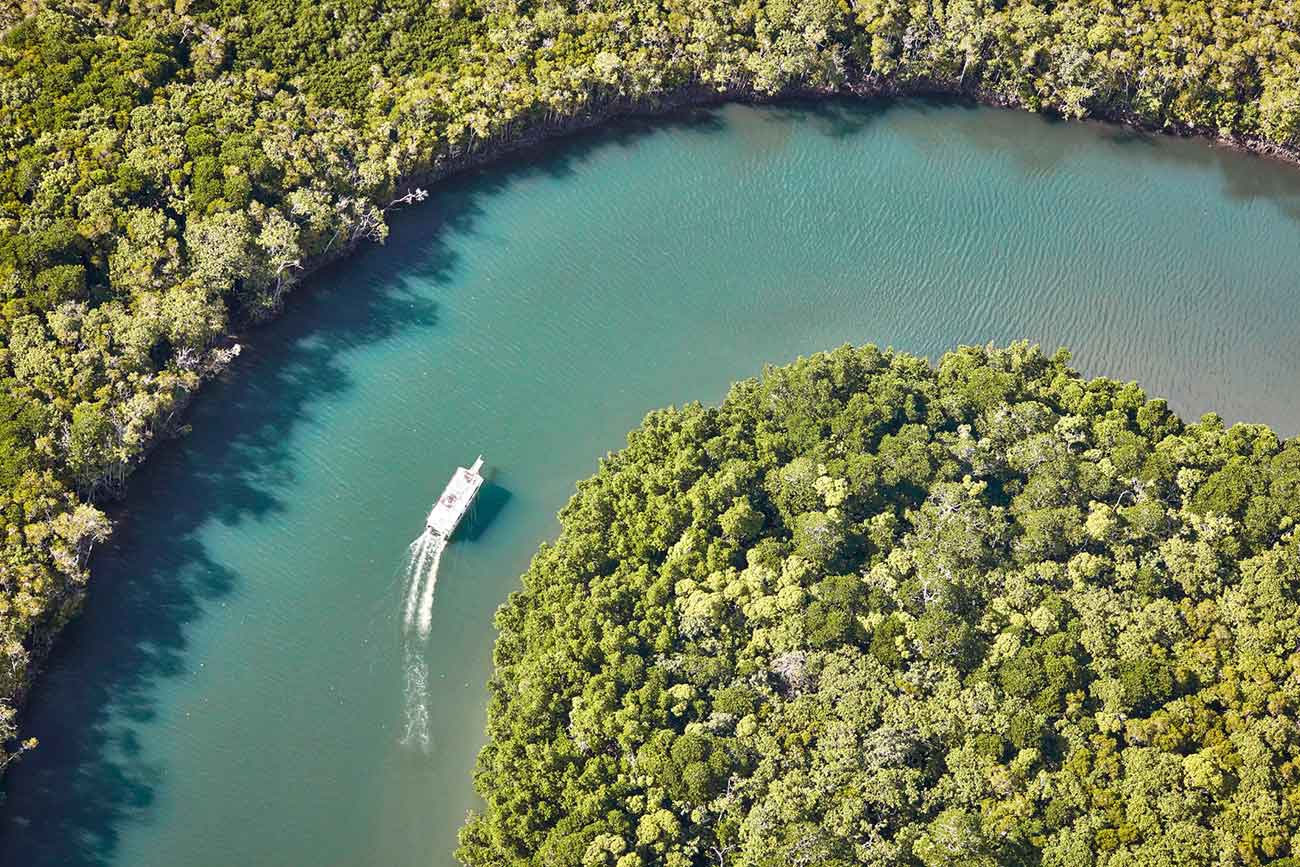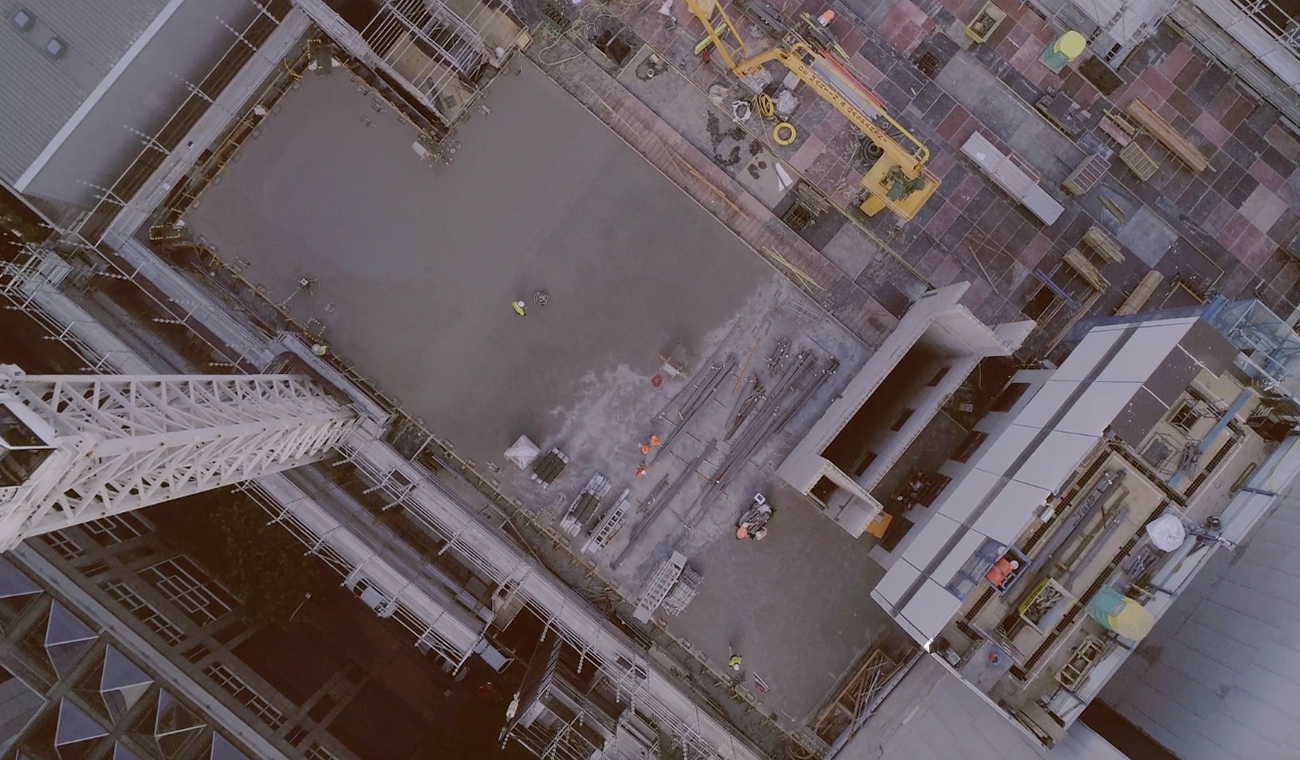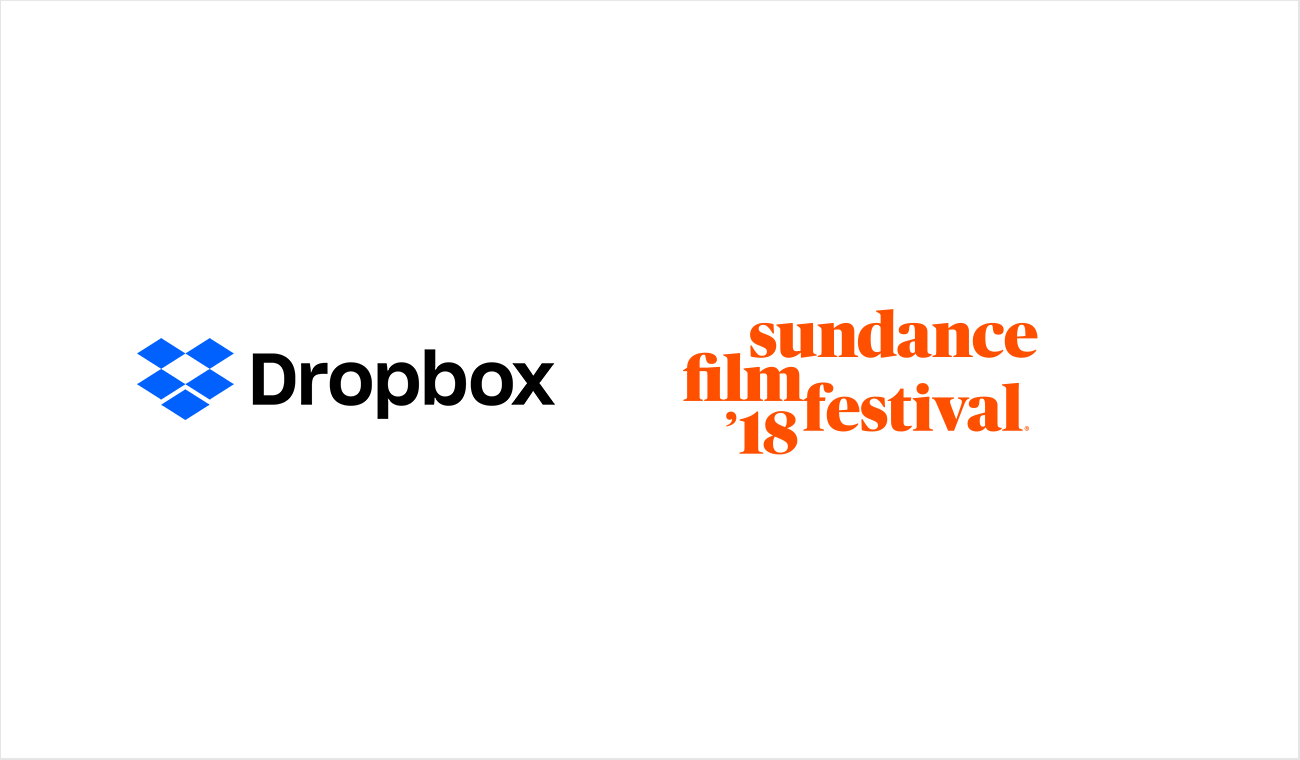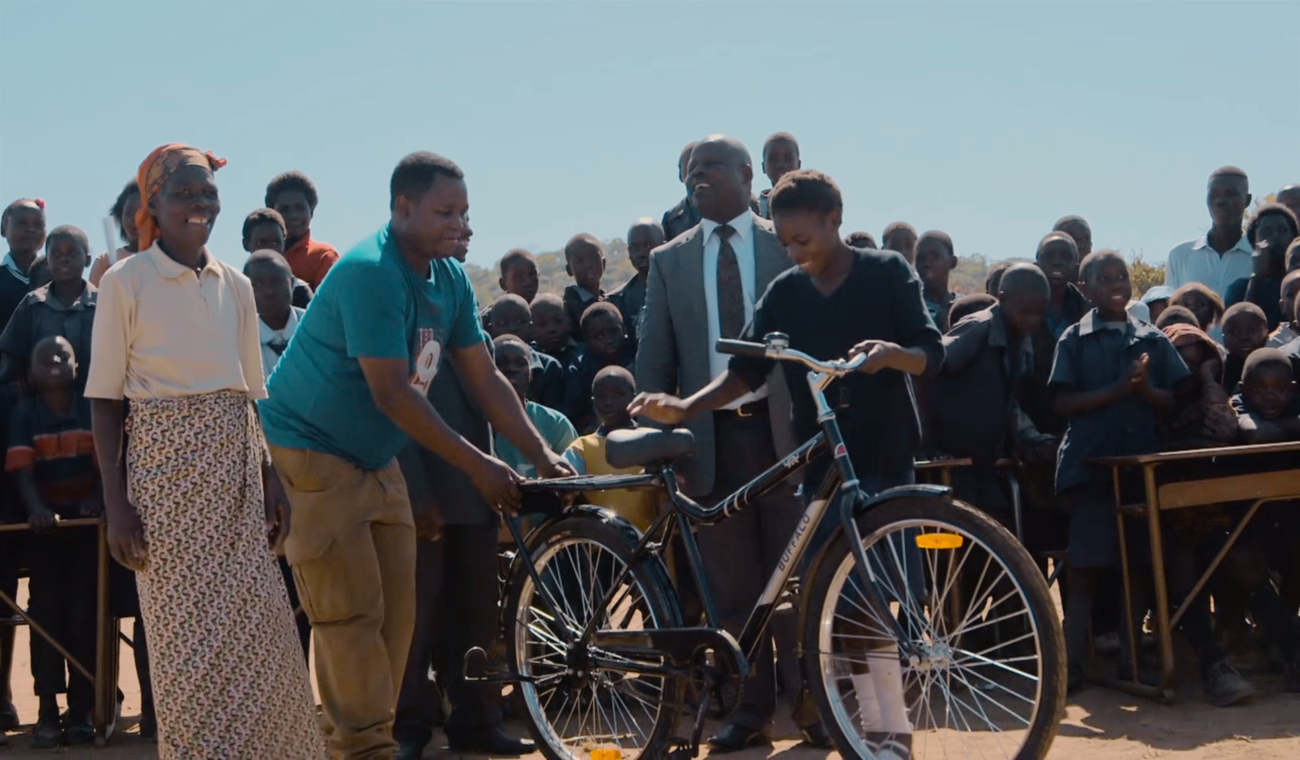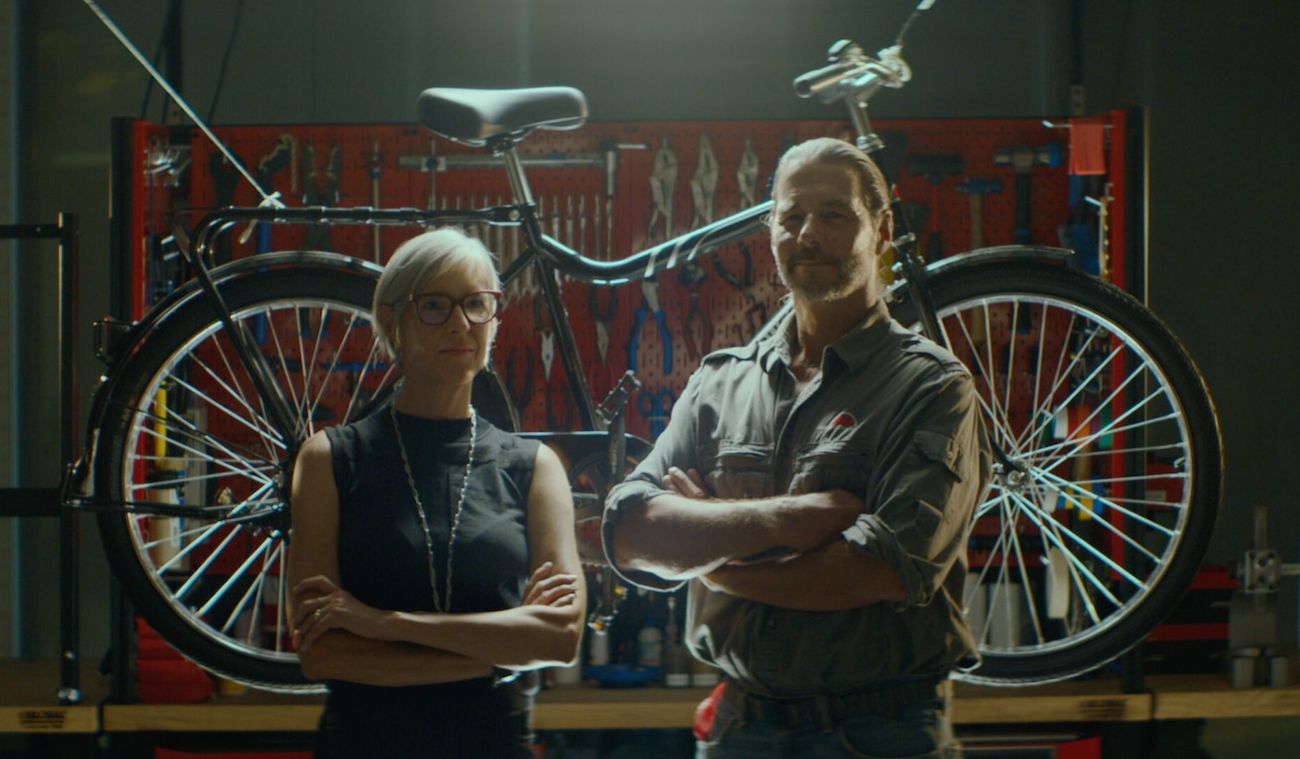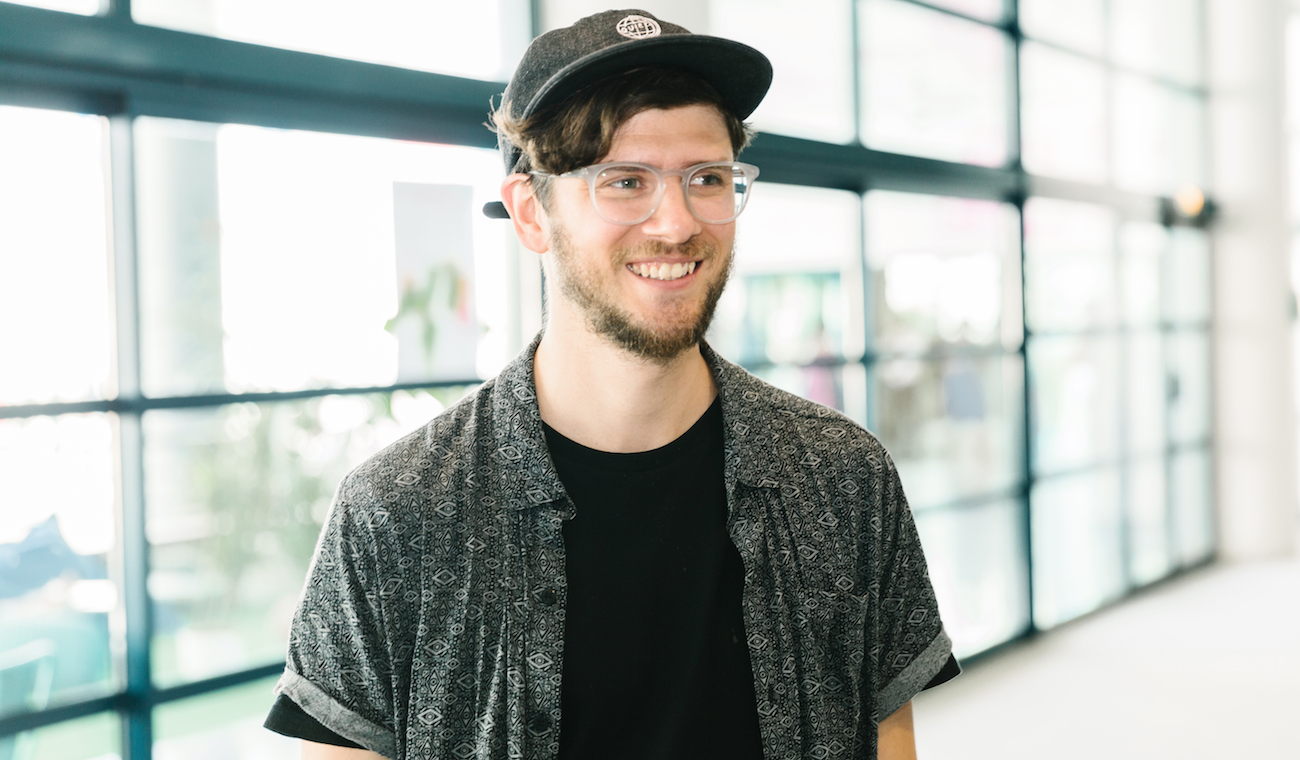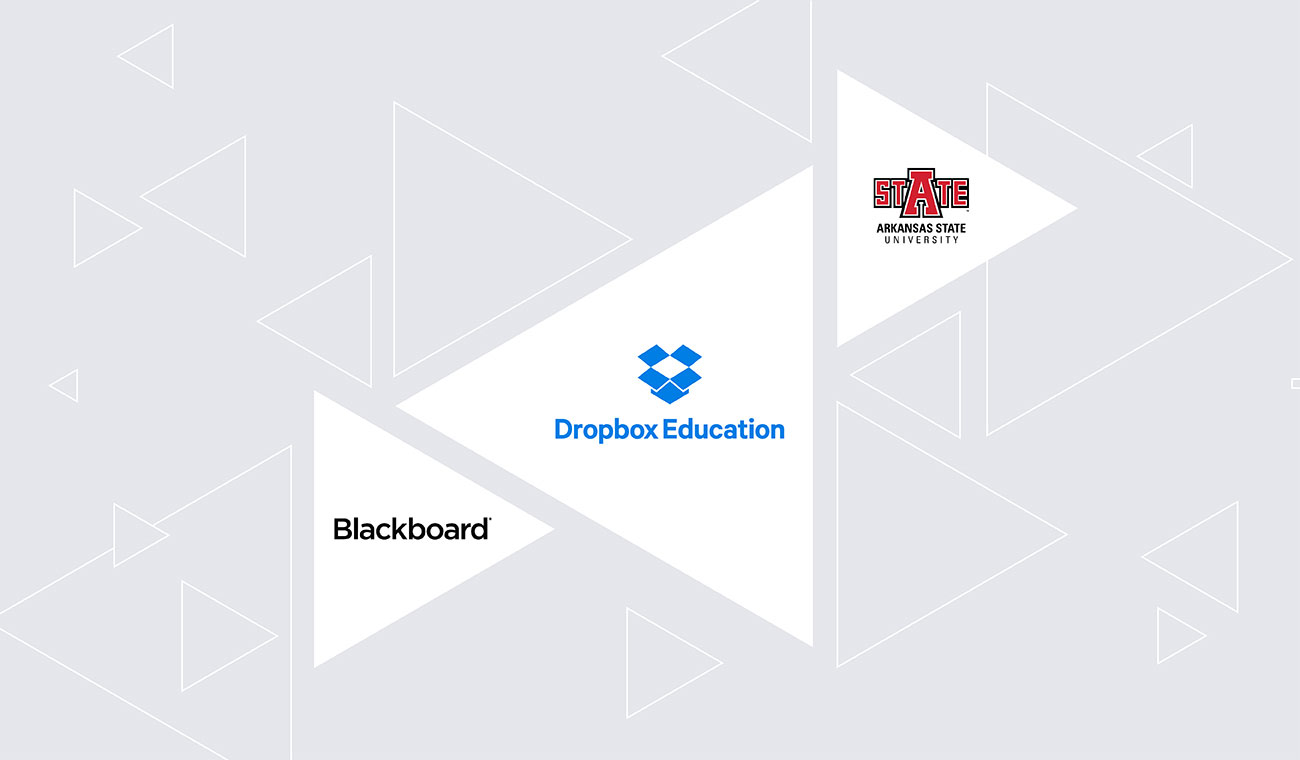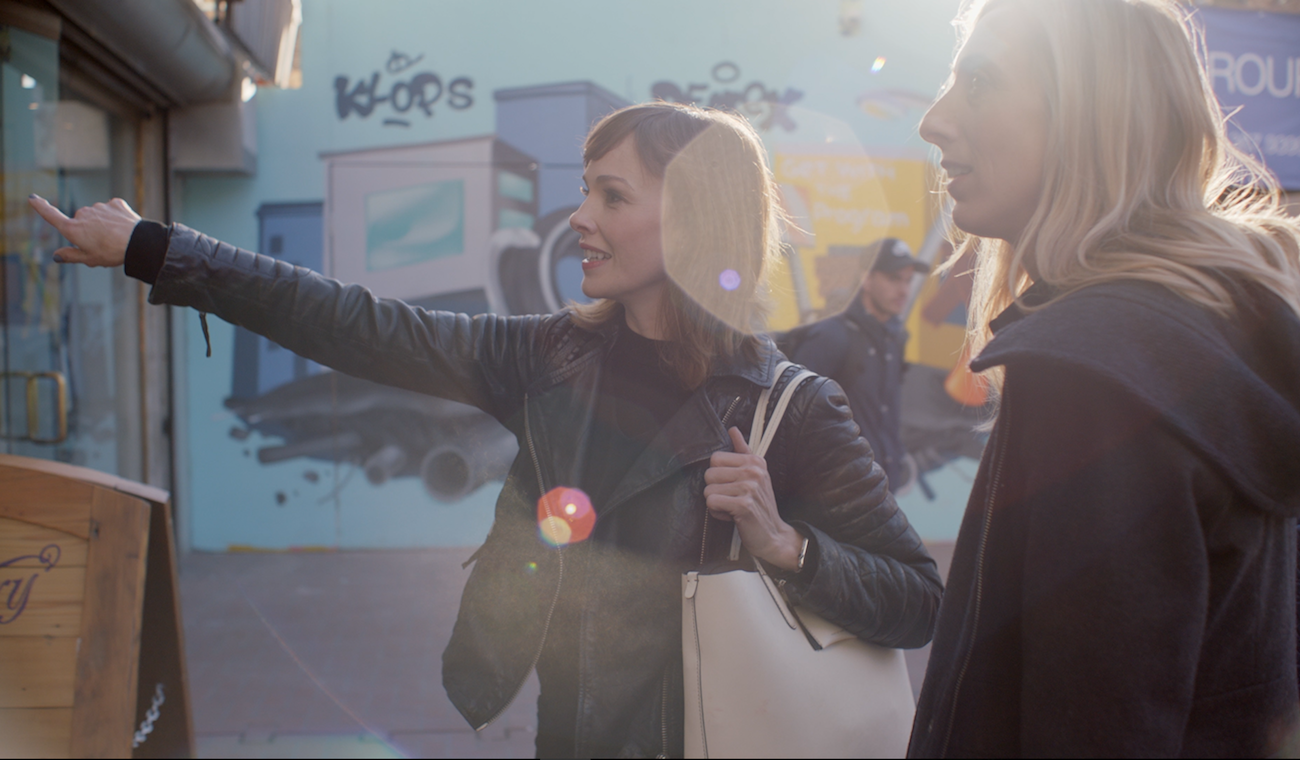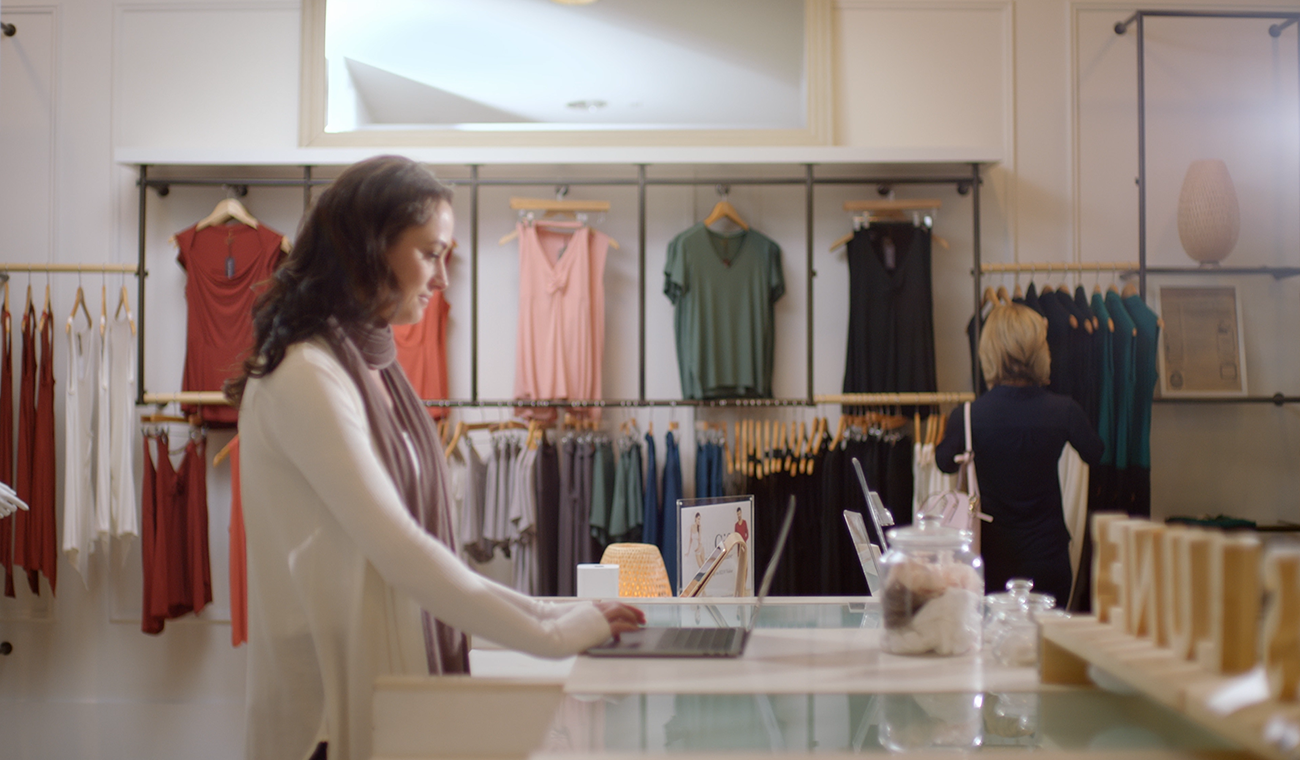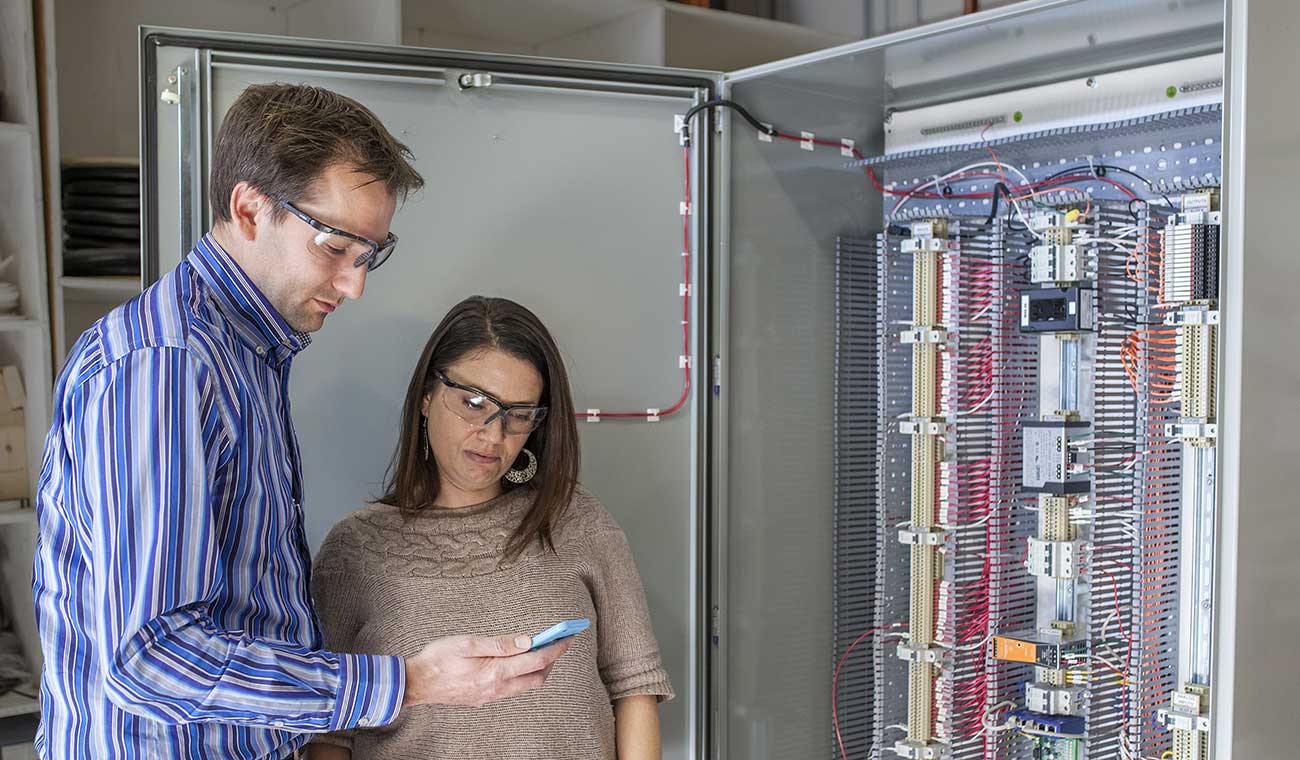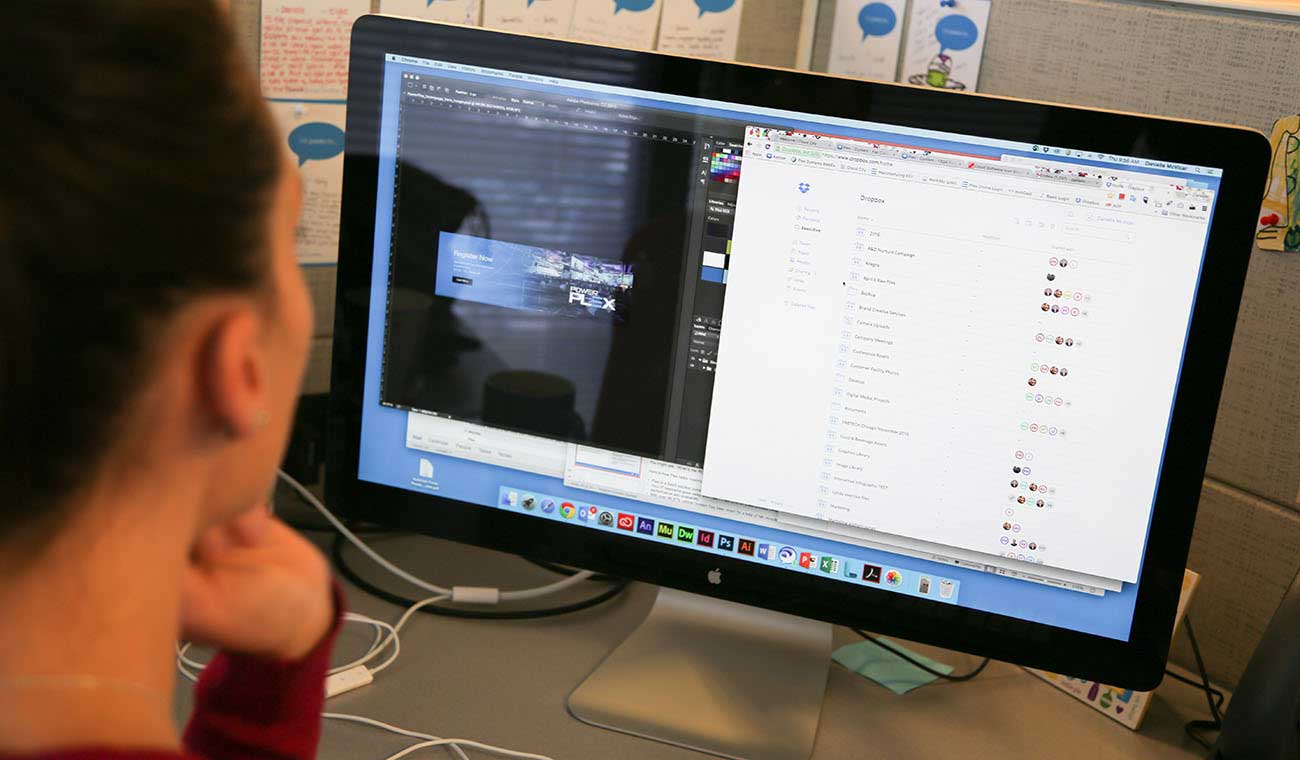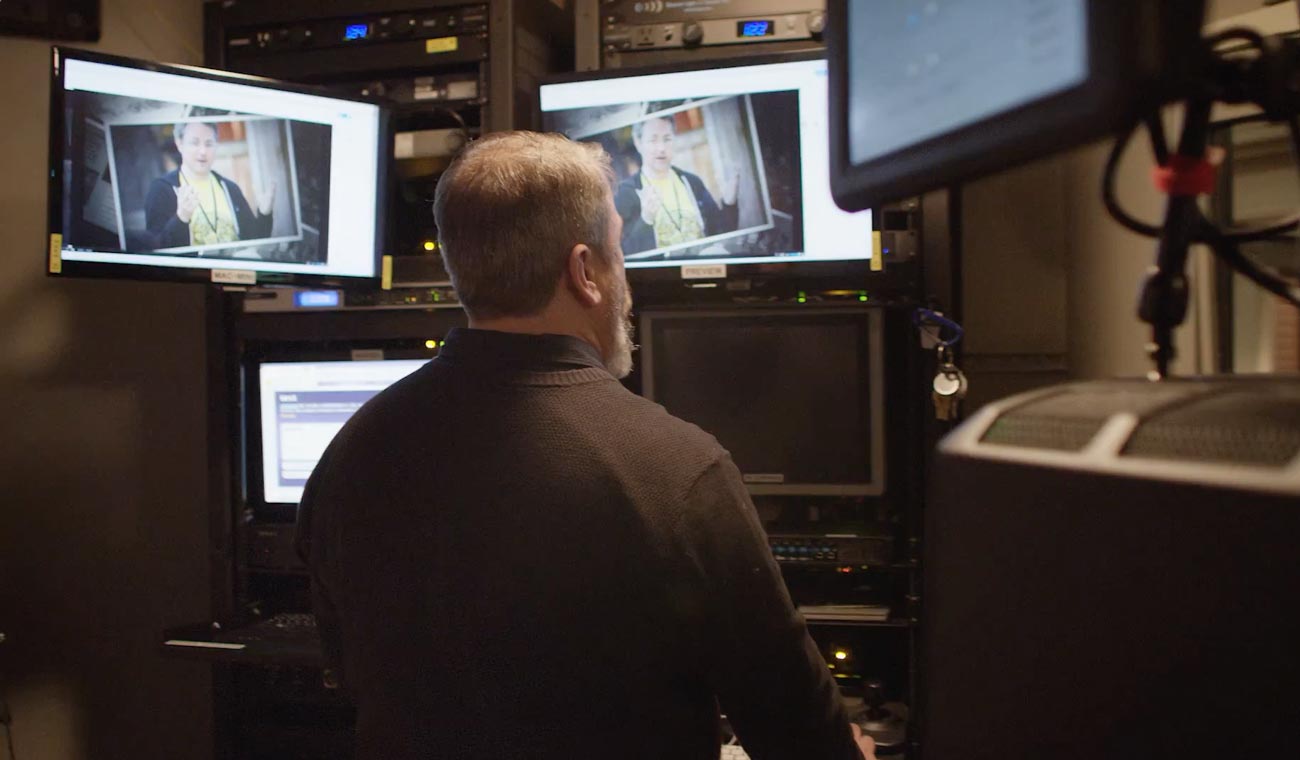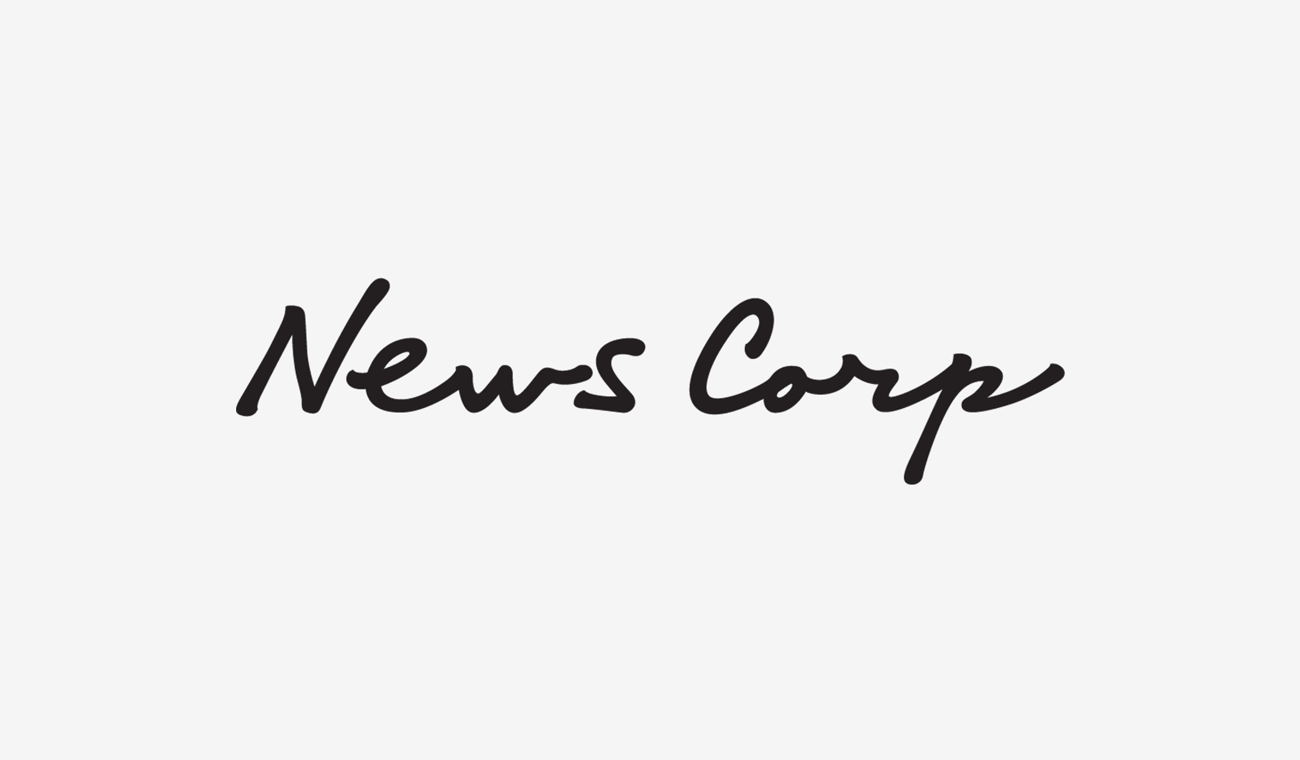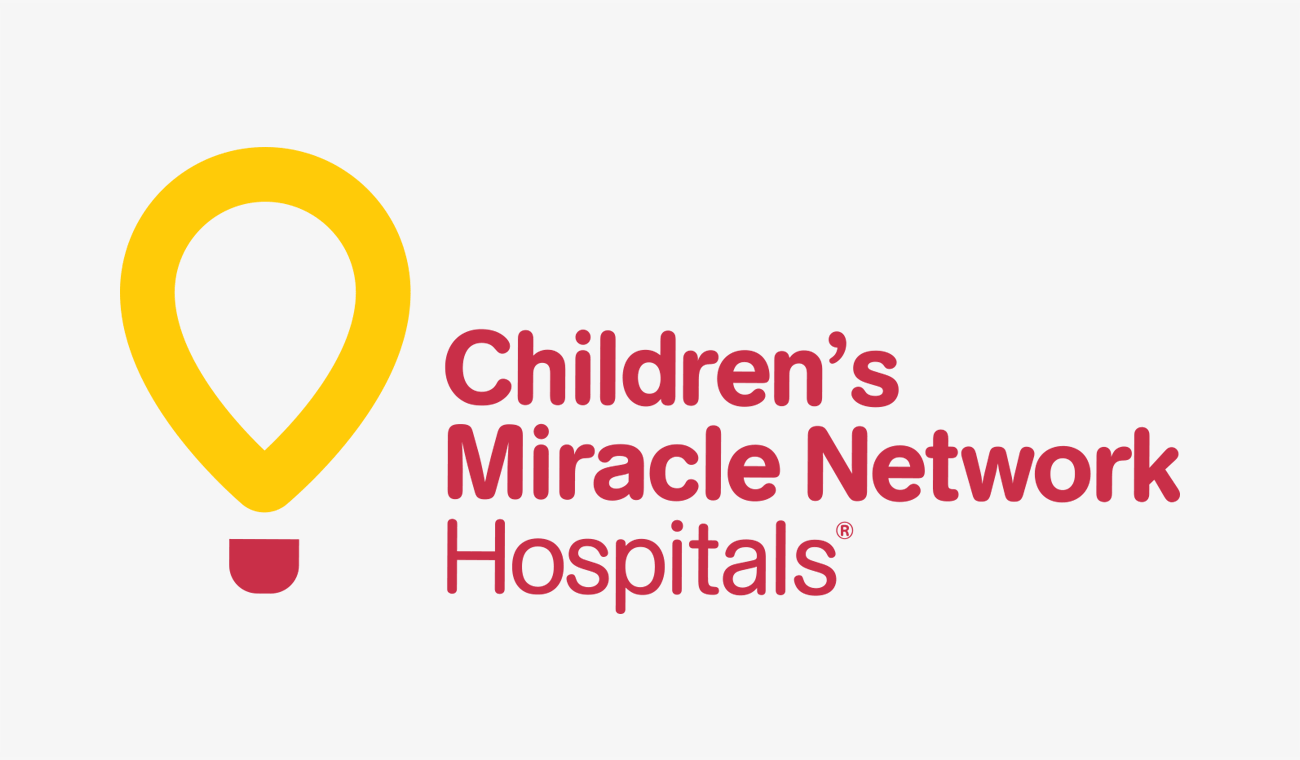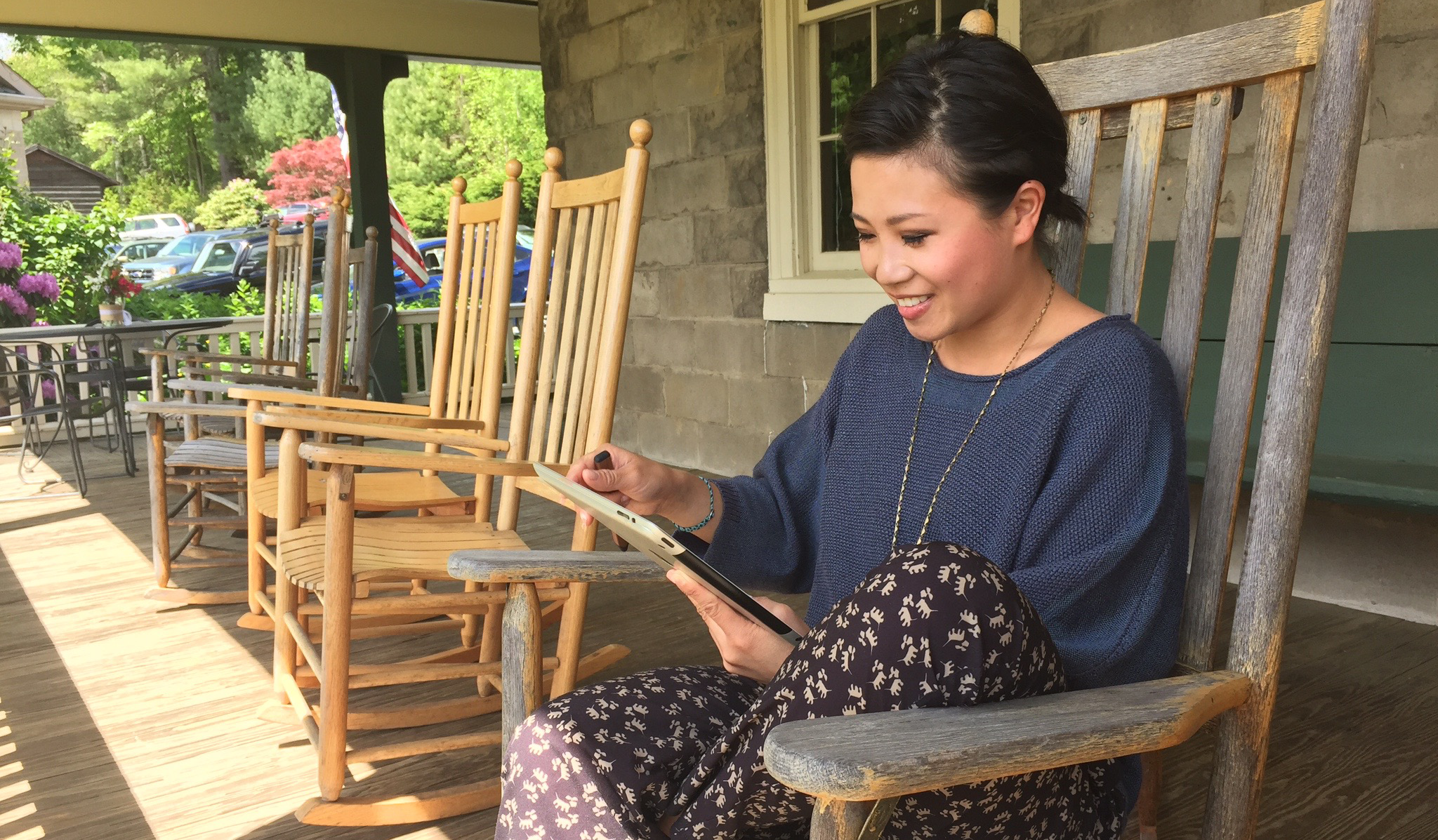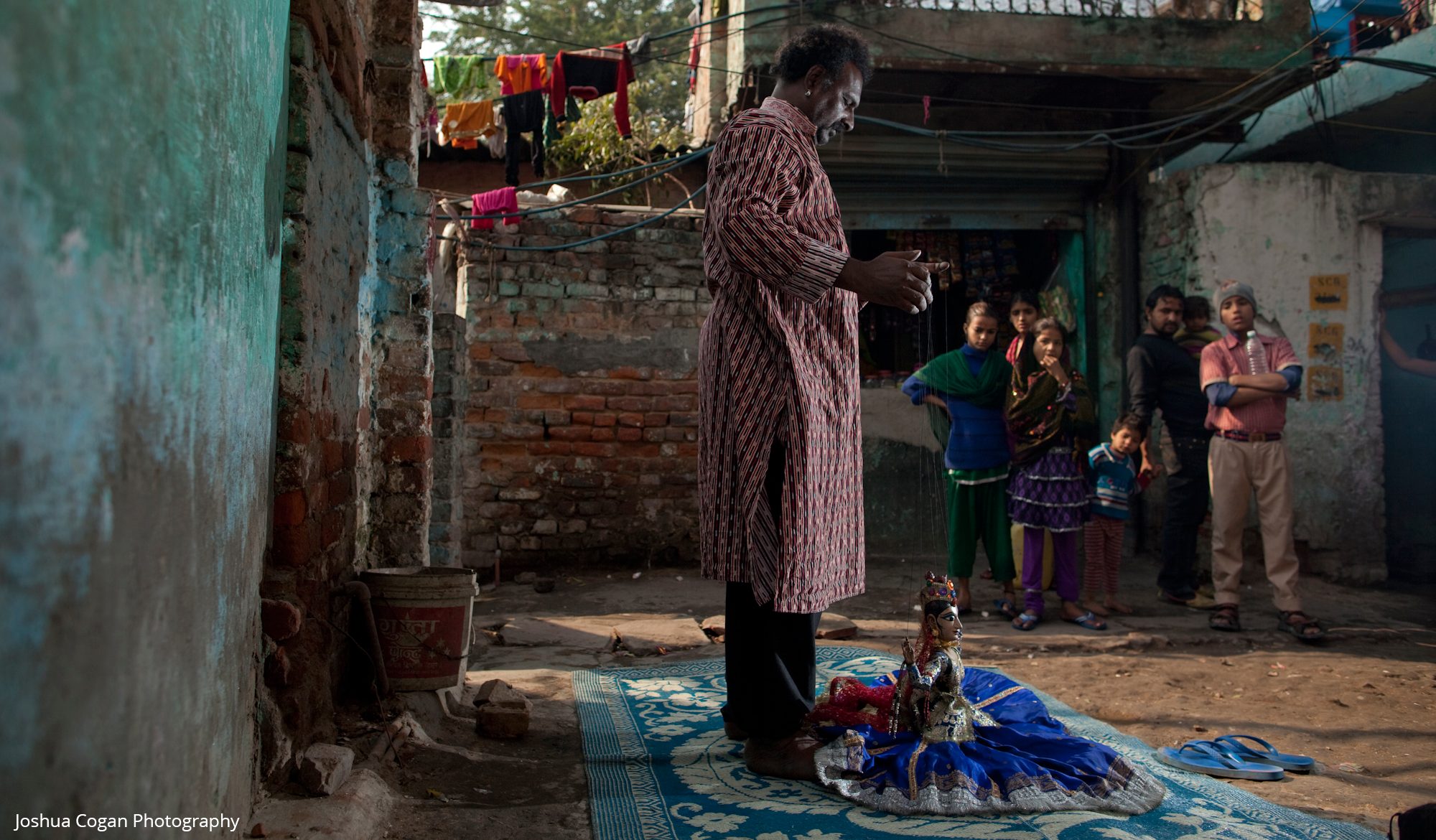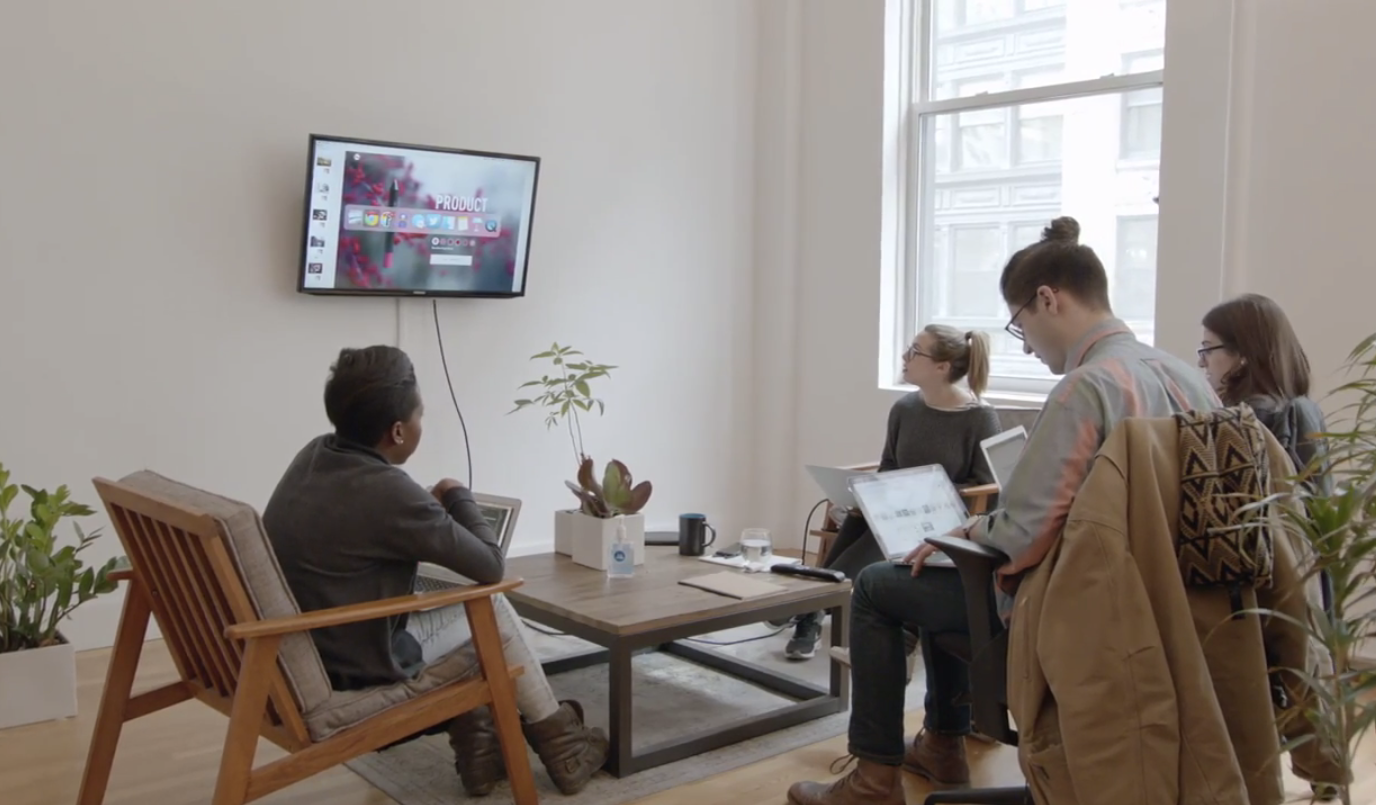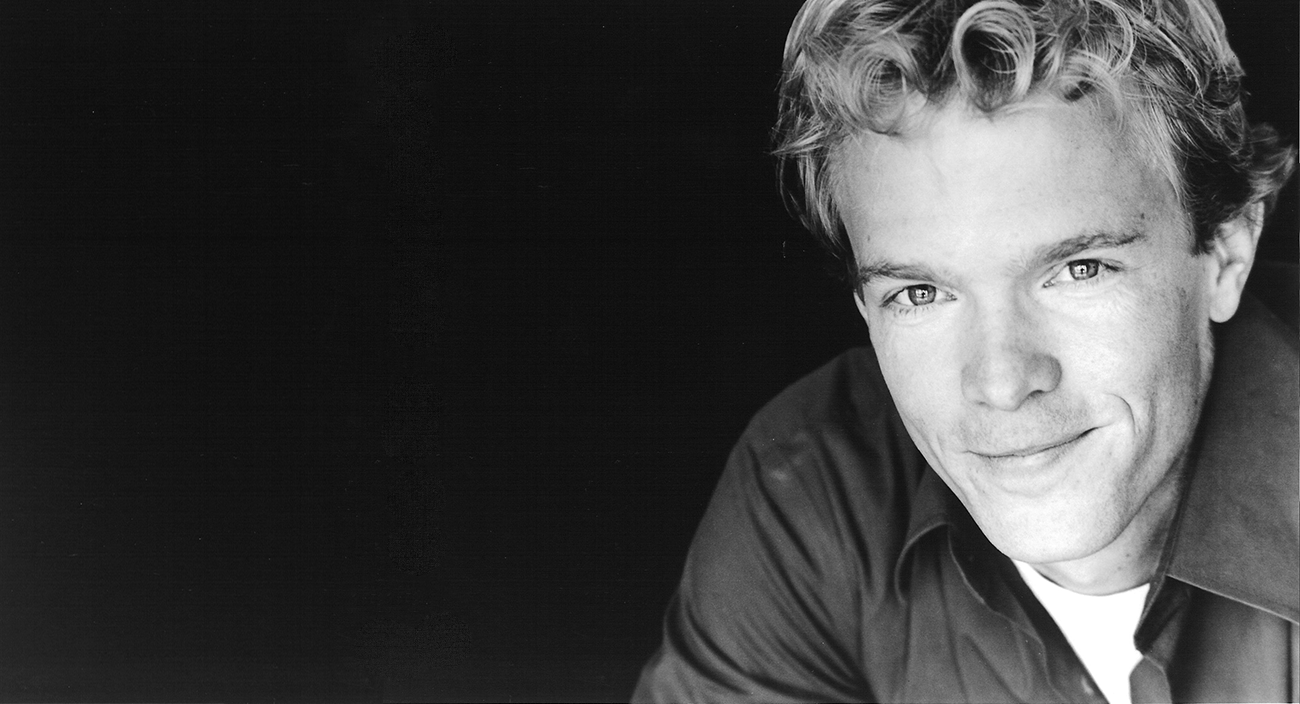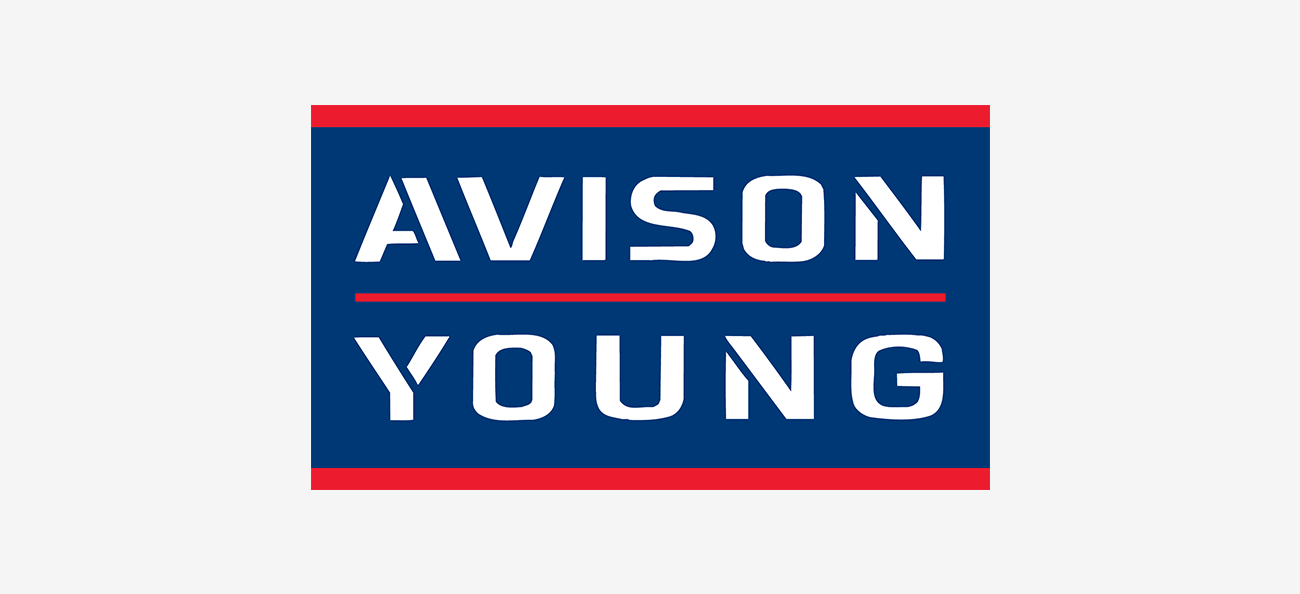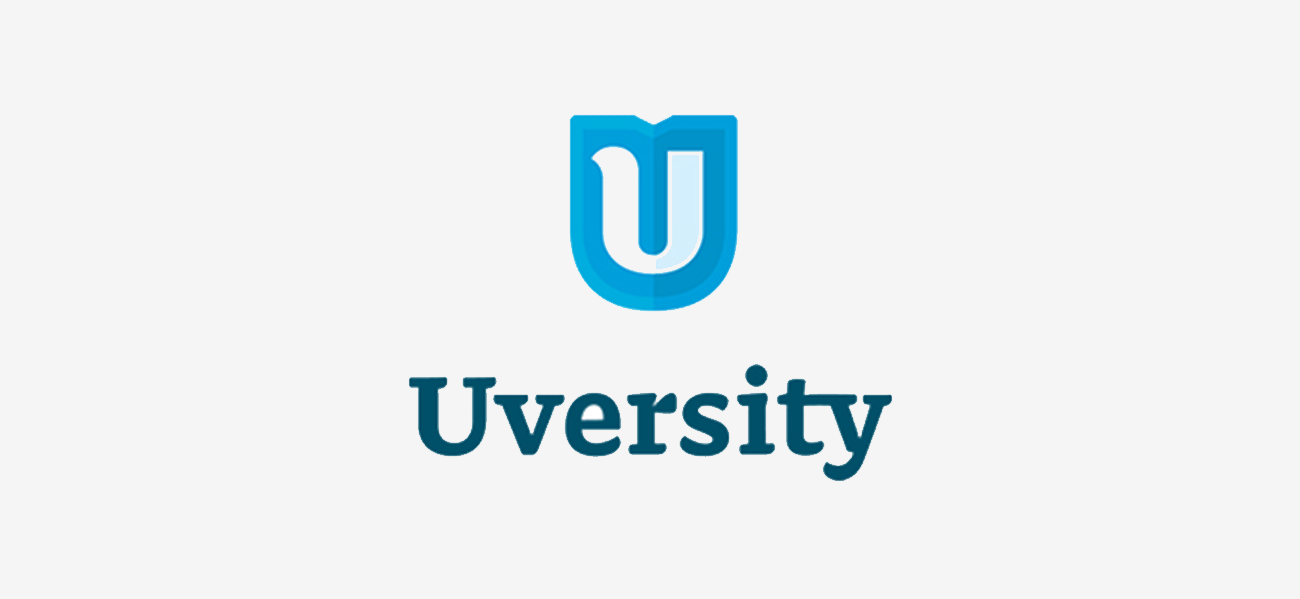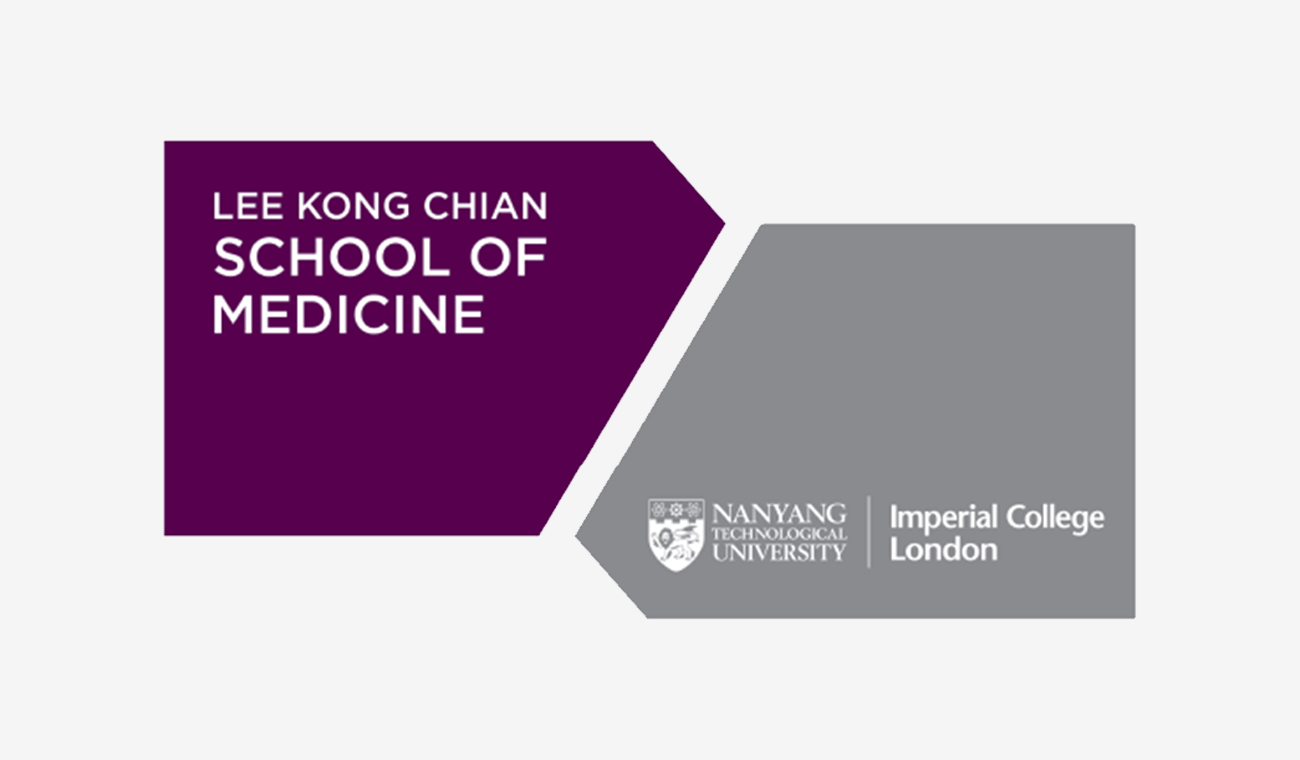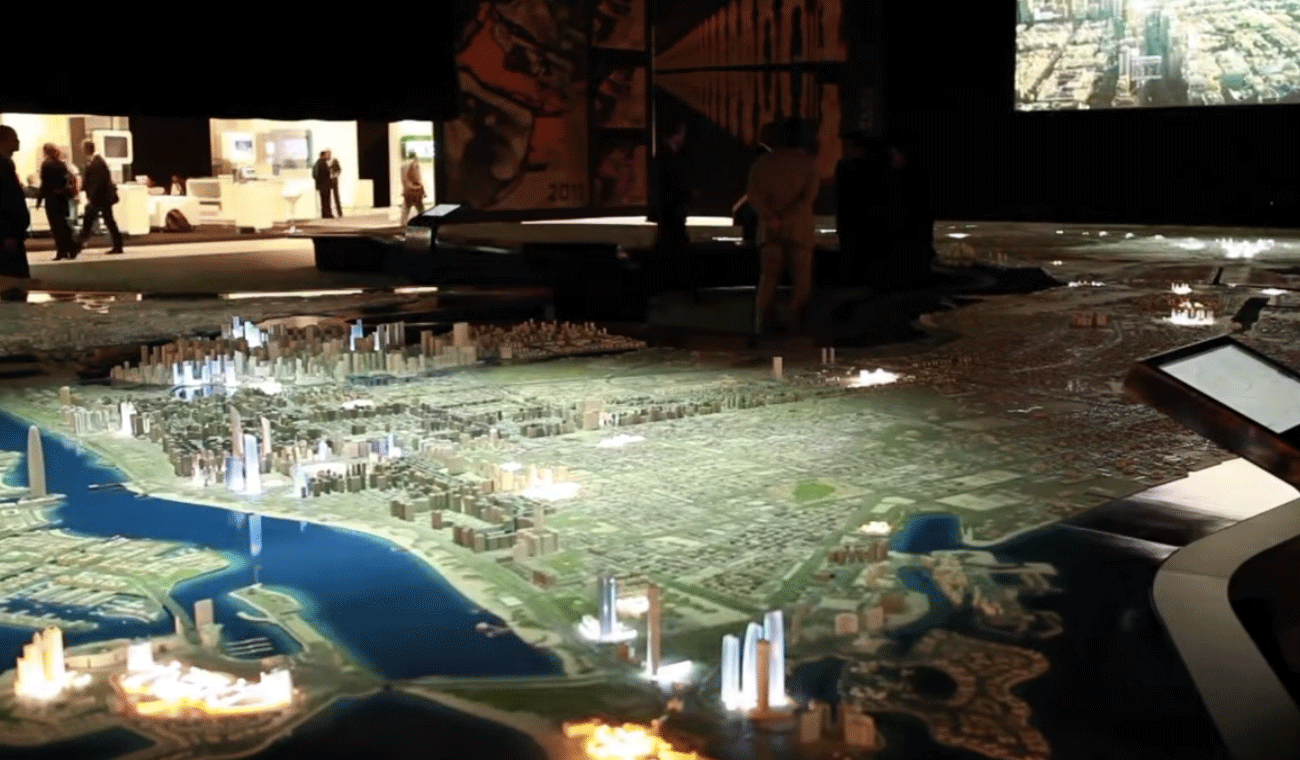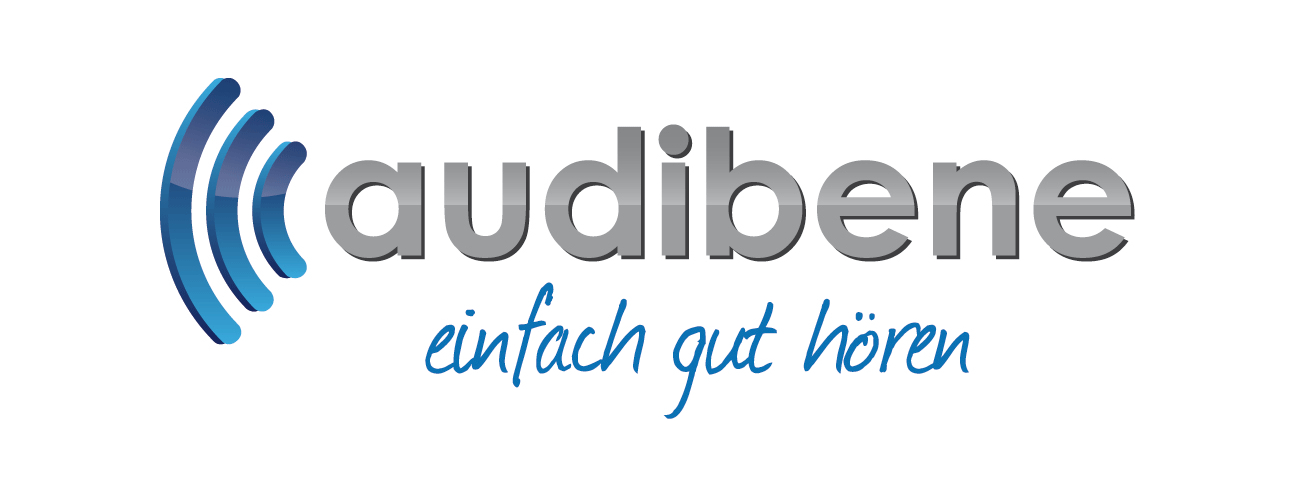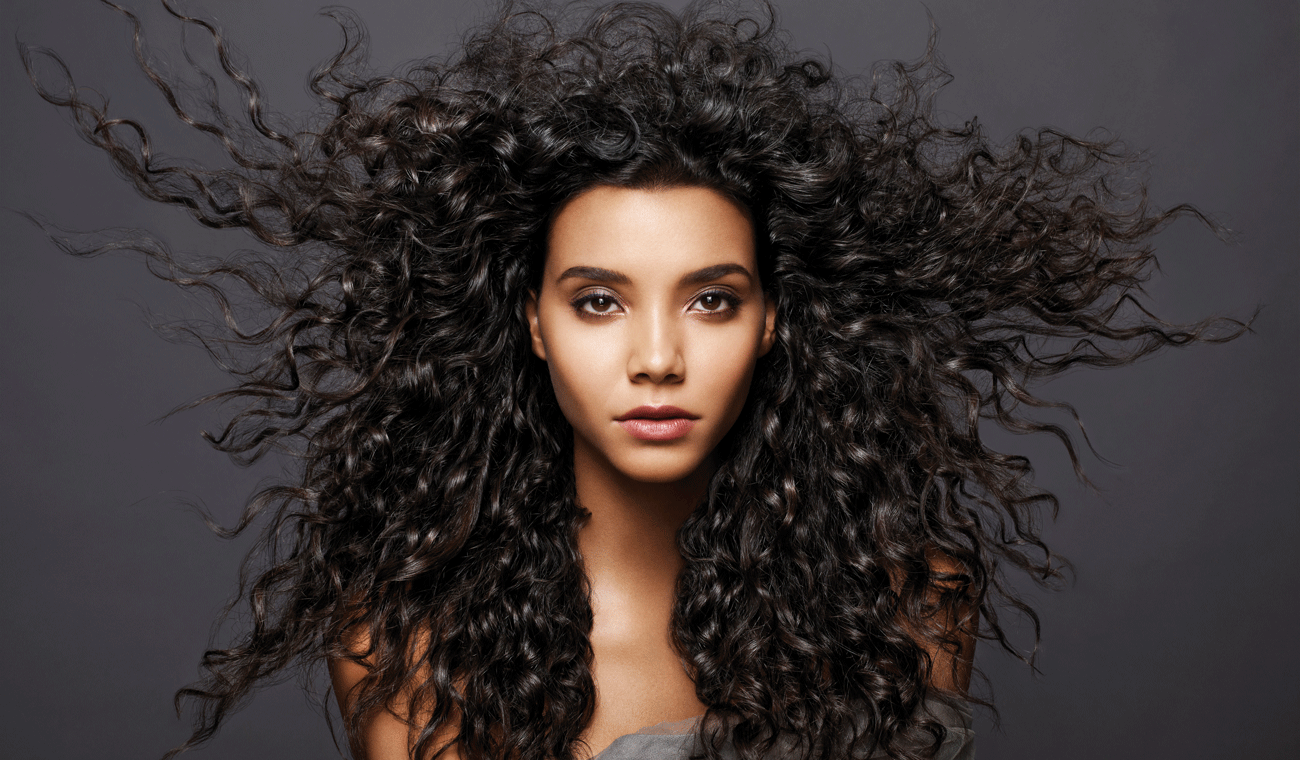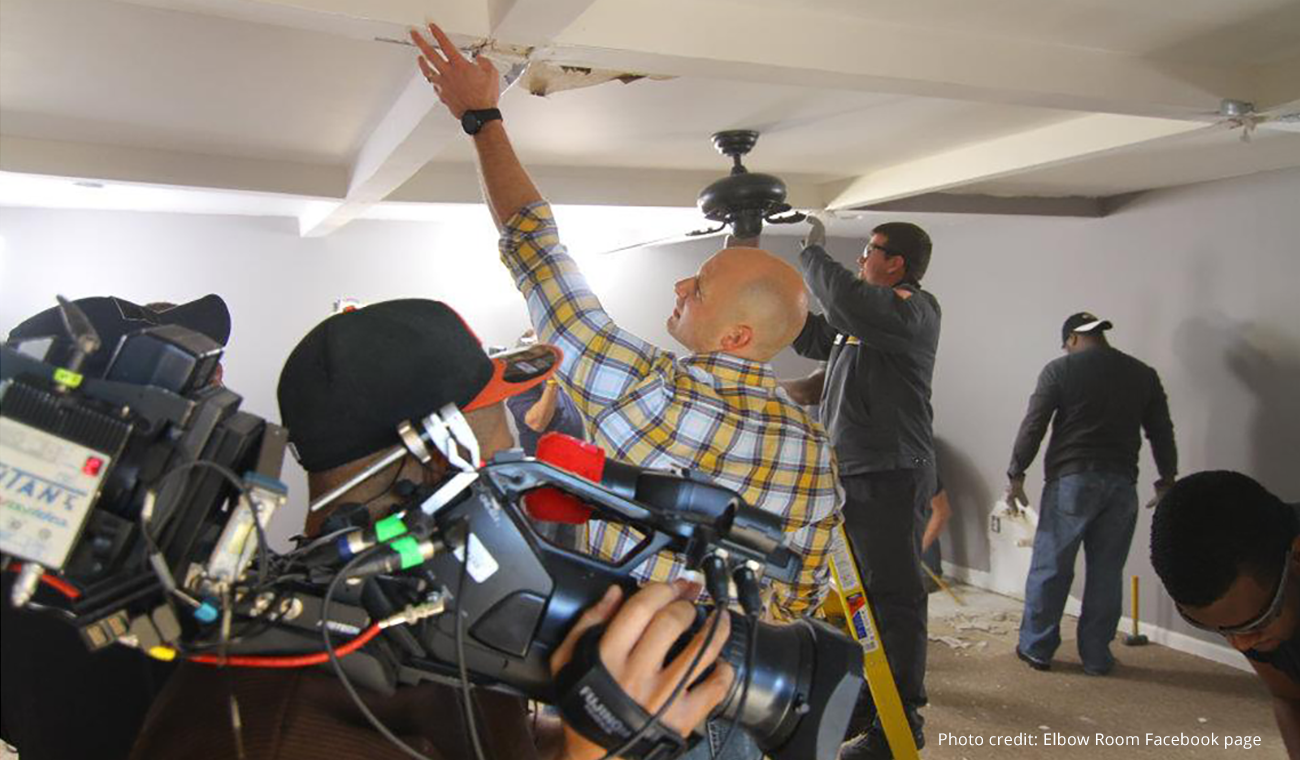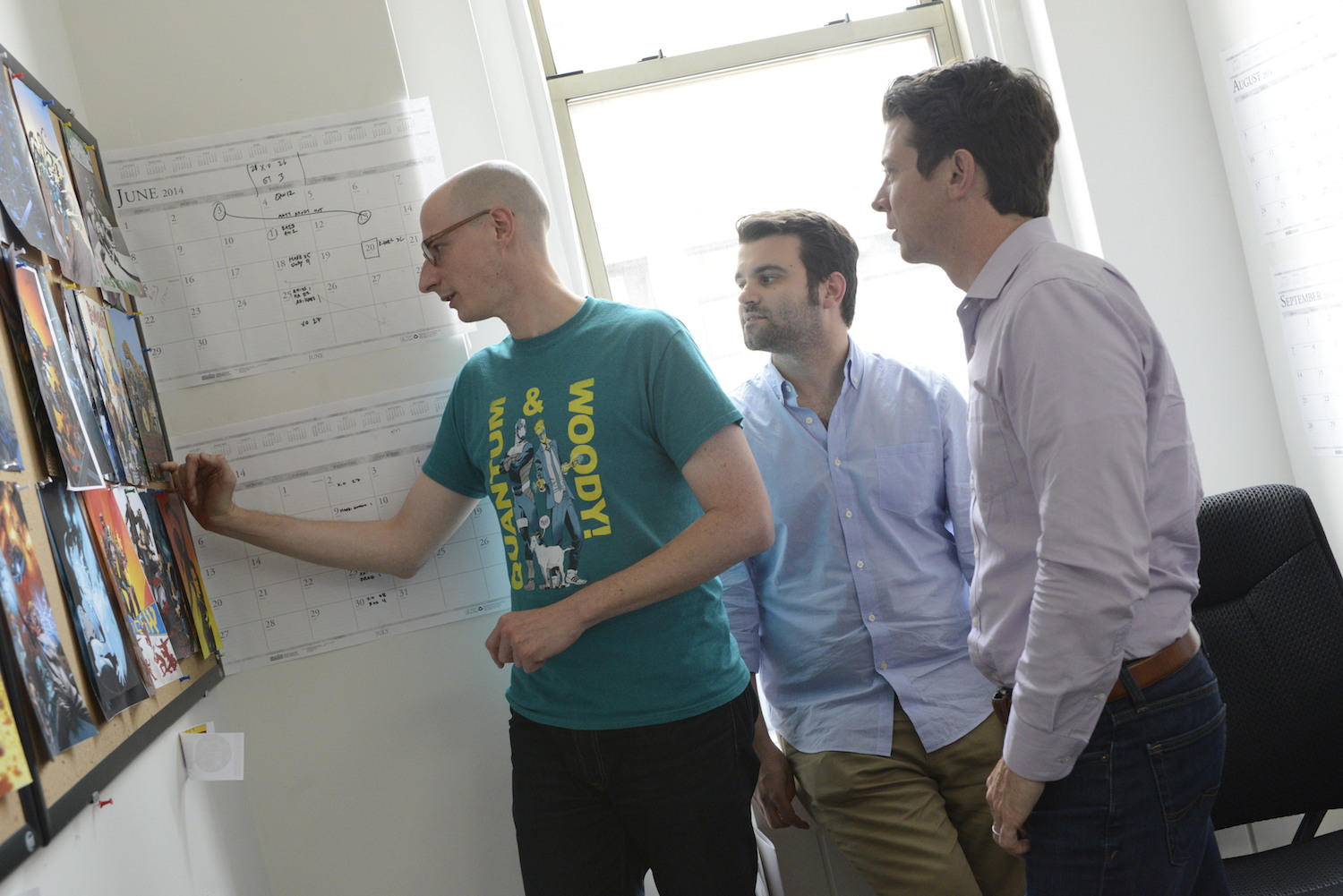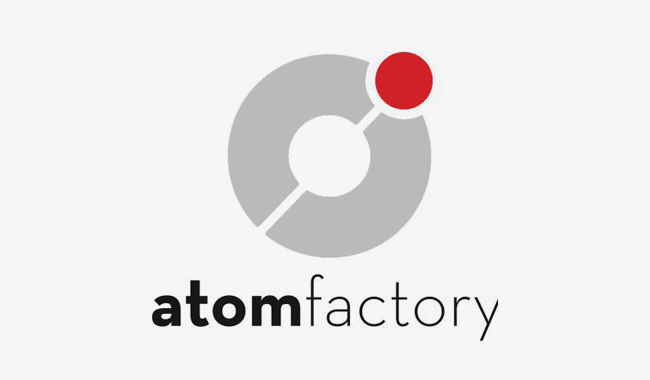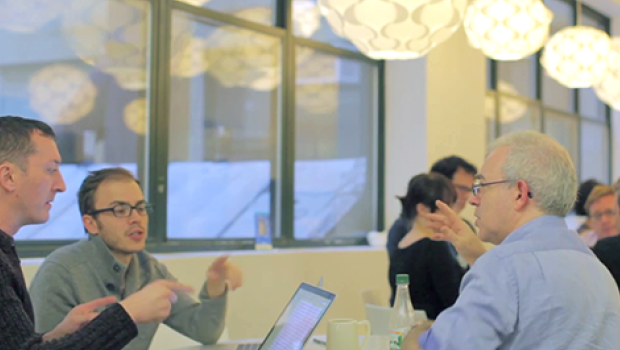
How three standout Sundance shorts came together on Dropbox
Published on February 02, 2022
Being able to collaborate during the pandemic helped these filmmakers create singular pieces of art.
Short films have always had a type of intimacy and immediacy that’s harder to come by in feature-length films. As a viewer, that type of scale feels right for this moment we’re in; it reflects our reality in a way that still offers escape and connection.
And for this year’s Sundance Short Film creators, making their films gave them the same thing—and so much more.
Renee Zhan, Constanza and Doménica Castro, and Adrian Alea all made their films at the heights of the pandemic. While feature-length film productions and theater releases ground to a halt, each filmmaker was able to continue telling their stories thanks to virtual collaborative tools.
“Without tools like Dropbox,” Doménica Castro says, “our industry would have collapsed.”
Those tools also helped spur their own personal growth, as well. The filmmakers share how below.
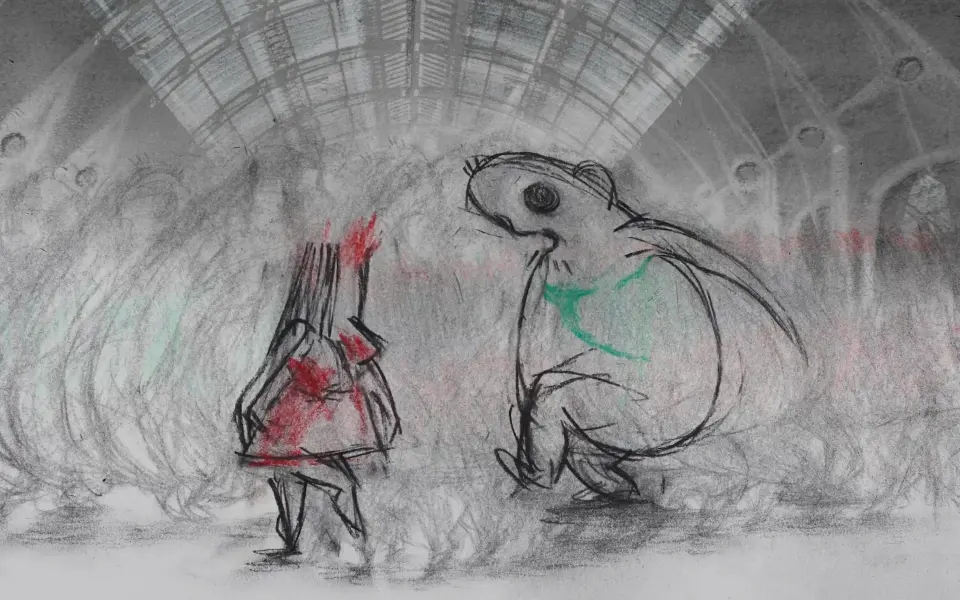
Conquer big fears…
Renee Zhan’s Soft Animals is a 3-minute love story. It begins with two exes walking past each other.
“Oh my God!” the man exclaims, tall and lumbering with a patchy goatee, green tie, and one large eye. His head looks like it’s about to detach itself from the rest of him as he whips around to look at her. “Alice!”
The domed vaulted ceilings in the background could mean they’re seeing each other in a train station during an early morning commute, but the setting isn’t important. It’s the encounter, all the things said and unsaid, that matters.
“Teddy!” Alice, all big red lips and long black hair, says surprised.
Immediately Alice and Teddy’s clothes are off, and they begin circling each other on all fours, snarling, lunching towards each other and reeling back.
“Wow, is that you?” Alice asks, gnashing her teeth and growling.
Soft Animals' animated body horry captures the all-too-real feelings that come up when you've loved and lost someone.
“In my bio it says, ‘All things pretty, ugly, and squishy,’ which is very much what I’m interested in, visually and sonically,” Zhan explains via Zoom from her flat in London.
“I’m really kind of shy as [most] animators are, and sort of uncomfortable talking about myself,” the filmmaker and animator adds. “But in my films, I feel like I can be open and vulnerable about these forbidden topics.”
Alice and Teddy’s naked bodies sway and slap as we hear their past memories rushing around them. It’s slippery, it’s slobbery, it’s… Squishy. Very squishy.
Zhan depicts their limbs falling off, their faces melting and fusing together using a variety of mediums: globs, drips, and smears of oil, paint, charcoal, and eraser. The result tells a story that goes beyond the awkward pleasantries Alice and Teddy are exchanging.
“The visuals of the film are their inner thoughts and emotions, and what their bodies are experiencing, which is this kind of intense, animalistic memory of each other,” Zhan explains.
Zhan is no stranger to exploring and capturing inner worlds in unexpected and visually arresting ways. And this is her second time at Sundance—she won the Jury Prize for Best Animated Short in 2019 for Reneepoptosis. (The film’s description—in part, “three Renees go on a quest to find God, who is also Renee”—belies the joyful madness that happens during its 10-minute runtime.)
What is new is how this film was made: in collaboration with other creatives.
“In my work, it’s important for me to grow as a person,” she explains. “And one way to do that, I think, is by facing my fears in my films.”
While that’s typically meant making her fears the subject of the work (like the film where “a woman turns into a black hole because she’s afraid of time passing”), this time she looked at a fear that affected her process and her dreams.

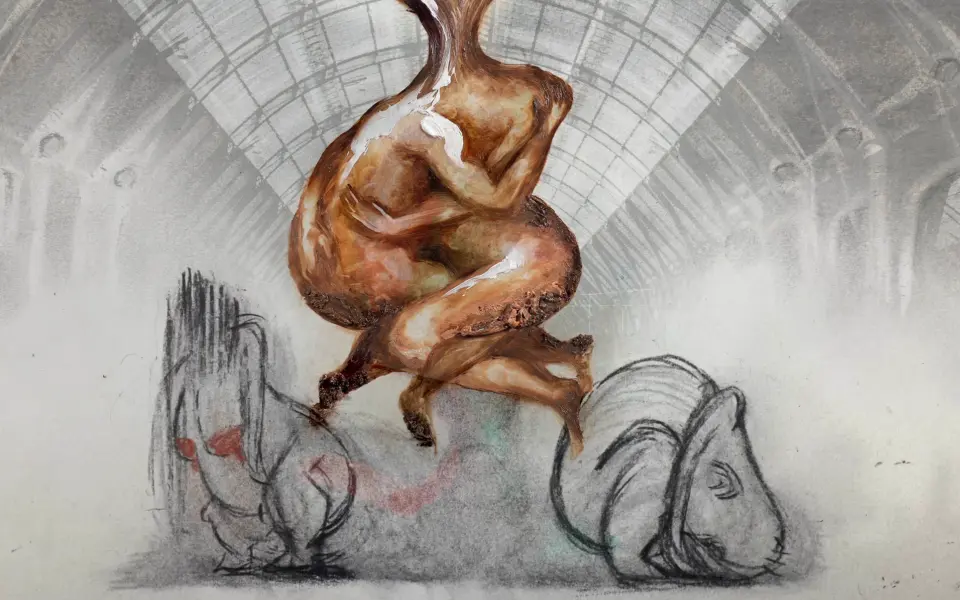
“My biggest fear was collaborating with other people, talking to other people at all,” Zhan says. Continuing to feel insecure about her ability to communicate and lead others meant potentially shelving her dream of creating a feature-length film.
So she pushed herself to do what had once been unthinkable: Instead of animating on her own, she brought on Margred Pryce to edit and Ed Rousseau to do sound design for Soft Animals.
Even though she hadn’t collaborated in this way before, she knew the tool she wanted the team to use.
“Dropbox was really helpful to ease the way,” Zhan says of her first collaborative effort with Pryce and Rousseau. “They were really thoughtful, and considerate of the fact that I’ve never worked in a team before. And we all use Dropbox as this hub for our creative exchange.”
In fact, she says, “[using Dropbox] just made things easy [and] streamlined, [and] allowed us to focus on the work we had to do and creative decision-making rather than dealing with logistics about lost or corrupted files, which is something that I’ve had to contend with in productions in the past.”
"[Using Dropbox] just made things easy [and] streamlined, [and] allowed us to focus on the work we had to do..."
To create Alice and Teddy’s story, Zhan used a technique called palimpsest or “draw and erase animation.” She would draw the characters on a piece of paper (or paint them on canvas) and take a picture of it with her 4K DSLR camera. Then she would erase the picture, draw the characters in a new frame on the same page, and take a new picture.
“That’s what creates the movement and what also leaves behind traces, which ties into themes of memory and the marks that we leave on each other,” Zhan explains.
She would then upload those images into a Dropbox folder she shared with her team. Pryce, who lives in Wales, would take those images, create a timeline, turn them into a video, and send it back to Zhan to watch and give notes.
“With the sound designer, it was the same process,” Zhan says. “He lives on the other side of London, which during the height of the pandemic was very far. He would send me different clips, just trying out different things and different types of sounds, and the three of us went back and forth.
“It was a very fluid process,” she adds, “which was really nice. Collaboration is now my favorite part of filmmaking, and working with talented people like Margred and Ed makes the whole process more enjoyable and rewarding!”
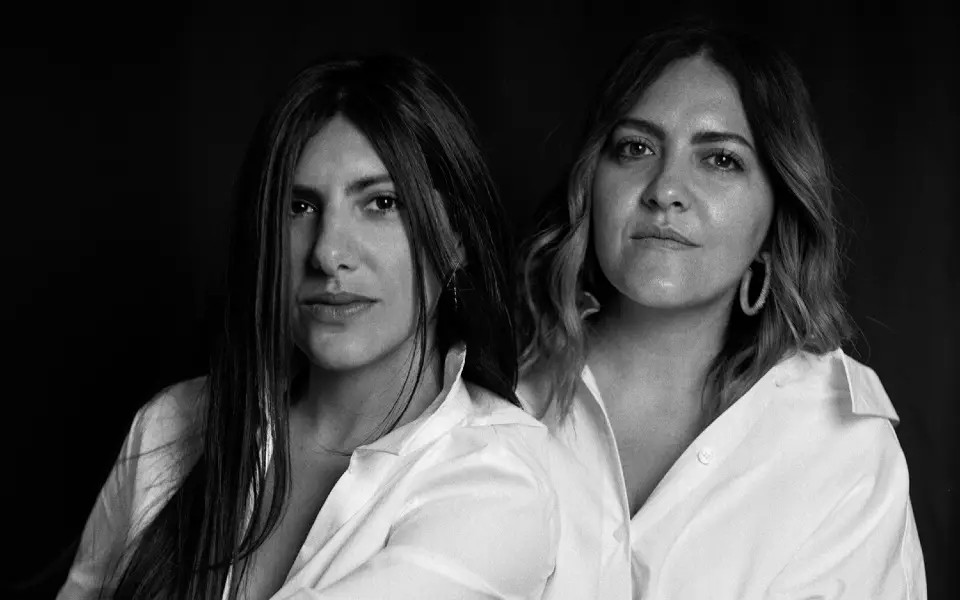
… expand humanity’s consciousness….
When you hear the words “immigrants” or “immigration,” who do you see? How do you feel about them? What emotions come up for you?
Sisters, producers, and filmmakers Constanza and Doménica Castro wanted to remove those biases, whether conscious or unconscious, in We Are Here, their co-directorial debut. The nine-minute long short features the stories of four people who have found themselves caught—in one way or another—in the gears of America’s immigration policy. But instead of seeing their faces, their homes, and their families, we only hear their voices accompanied by animations and music.
“The lens that we’re seeing the conversation of immigration is so tainted,” Doménica explains via Zoom, speaking from their production company 271 Films in Los Angeles.
"We don’t have a hard drive for this movie. Everything is in Dropbox."
“If I were someone who could make a decision on this,” she continues, “how do you even approach it when the conversation is like, ‘People are bad, everyone is trying to take jobs’? You can’t give that person any sort of humanity.”
The Castros want to reset the conversation and focus on the real, lived experiences of people trying to have what most everyone wants: peace, love, access to opportunities and their families, the chance to be human and make mistakes.
Doménica and Constanza knew exactly who they wanted to bring in to tell that story: editor Salvador Pérez García, visual artist and animator Cecilia Reeve, composer Jesi Nelson, colorist Jill Bogdanowicz at Company3, and post-production sound house One Thousand Birds.
“We knew that because you weren’t seeing voices, all the elements that we brought had to be incredibly strong,” Constanza says. She found Reeve’s work via Instagram, and the sisters knew the style would be perfect for their approach of going “back to the beginning and the way we all learn,” Doménica says—through shapes and colors.

In the film, shapes and colors bob and weave to match the narrative and tone of each story. Circles morph, becoming a ferris wheel in one person’s story of working low-pay jobs or representing lacunas in another’s memory as they describe the mental breakdown they experienced after their father was deported.
“You can recognize a line as a line, a circle as a circle, green as green,” she says. “You know the things that we’ve agreed on that are…”
“Universal!” the sisters say at the same time.
“So maybe humanity can be universal,” Doménica finishes.
Music was also vital to finding a new way to tell the new-yet-familiar stories found in We Are Here. They worked with Nelson, a longtime collaborator, to create a sound that reflected the experience of being an undocumented immigrant.
“Immigration is like this circle,” Constanza explains. “You’re constantly running and you’re not really getting anywhere, no? It takes so long to get anywhere. So the song is constructed in a way that it’s like a loop.”
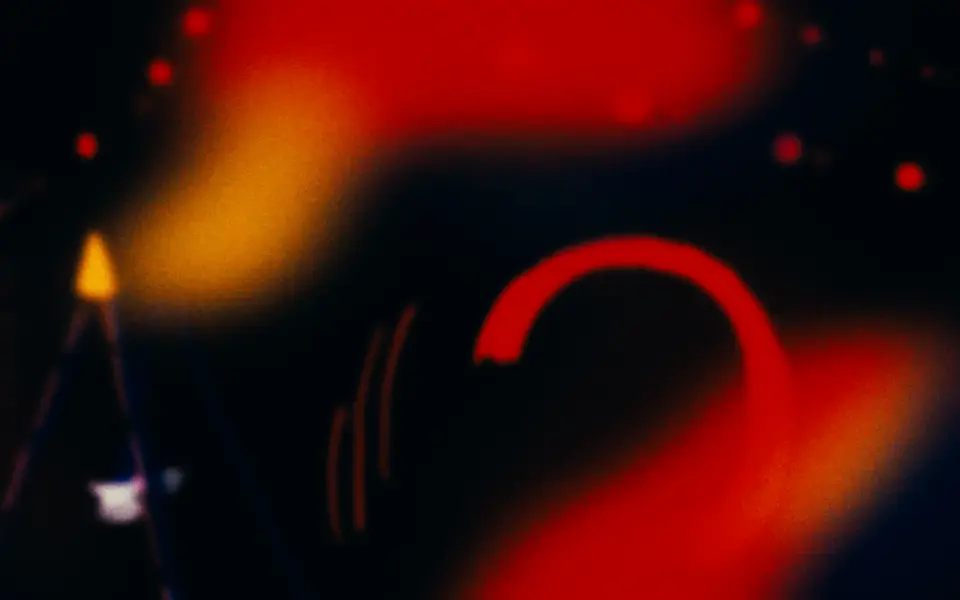
The sisters worked with their family, community, and collaborators to find the stories that are at the heart of We Are Here. Each person was sent a microphone and One Thousand Birds sat in on the recordings via Zoom to make sure they got the best audio possible.
“It was just the most harmonious collaboration imaginable, like truly,” Constanza says. “I don’t know that there was a hurdle—everything just came together so well, and everybody was so open to making the best film.”
Part of that ease came from using Dropbox, the Castros explain.
“Dropbox is like our brain,” Constanza says. “I think the most important thing in a film is collaboration, being on the same page, and making sure that things don’t get lost in an email or in a text.”
As such, We Are Here’s entire workflow happened in Dropbox. “When we got into Sundance, we’re like, ‘Sal, do you have the hard drive?’” Constanza recalls. “And he’s like, ‘We don’t have a hard drive for this movie. Everything is in Dropbox.’”
Looking back on the film and how it came together, Constanza and Doménica are excited to see the type of impact it will have now that it’s out of their Dropbox folders and in the world.
“I just want our humanity to expand,” Doménica says about her hopes for the film. “I just want to plant a little bit of love, and hopefully it grows in you.”
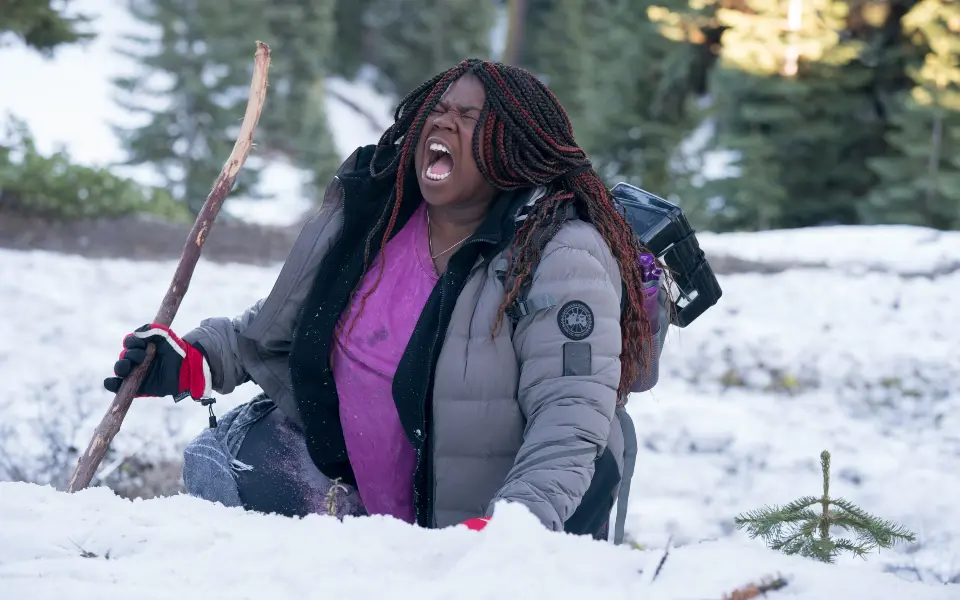
… take up space.
From the opening title card, You Go Girl! lets you know that it is very much aware of place. Filmed in Ashland, Oregon, it begins with a land acknowledgement, rooting the film firmly in “the ancestral homelands of the Shasta, Takelma, and Latgawa peoples who [have lived] here since time immemorial.”
We then see Audrey—played by actor Tiffany Mann, the titular girl of You Go Girl!—occupy two spaces she’s seemingly out of place in: a comedy club stage and a steep Mount Ashland hiking trail. Seeing her anguished expression as she peeks out at the audience from backstage is tempered by her disbelieving scoff at a sign that encourages her to fight back in case she’s attacked by a bear.
The next 11 minutes are spent moving across time and the two settings, watching Audrey find her footing as she climbs literal and metaphorical mountains. It’s one of the things that Adrian Alea, the film’s executive producer who has a long history of working in theater, loves about making films.
“There’s something about not being bound by a physical location,” he explains over Zoom. (Alea is currently based out of Argentina as COVID travel restrictions and 5G aircraft safety concerns have complicated his return back to his Harlem, New York apartment.)
"... An organizational tool like Dropbox supports and influences the creative process and the storytelling."
“For us as artists to be able to access the natural world—really, the divine—and let that inspire us is so beautiful,” he continues. It doesn’t require the suspension of disbelief necessary to make “magical moments” happen on a stage, he adds.
“I mean, shooting on a snowy mountaintop is incredible! You can’t do that in a theater!”
While You Go Girl! is not bound by location in that sense, it’s very much indebted to Oregon and its creative community.
Shariffa Ali, the film’s director and Alea’s creative partner, had decamped to Ashland from New York City in the early days of the pandemic. She invited him to come stay with her so he too could get away from what was then the epicenter of the crisis.
Alea’s ten-day vacation turned into the pair creating their production company AliAlea Productions when Ali received an artist-in-residence position at and funding from the Oregon Shakespeare Festival. The two had worked together before; they first met at Public Works, a community program at The Public Theater in New York City. Partnering together felt like they were answering a calling bigger than them.
“Being people of color, shooting the film in Oregon with the team that we had was a revolutionary act,” Alea says.
They received a grant from Travel Oregon and Oregon Made Creative Foundation to make the film. The grant’s prompt—”the outdoors are for everyone”—and call for BIPOC artists felt especially resonant to Ali and Alea. A concerted and long-time effort to keep Black and brown folks out of nature have led to a dearth of representation and an internalized distrust of it. (A common refrain in our communities: “We don’t [insert outdoor activity].”)
As the story came together, so did their philosophy on how they would approach it.
“We have an asset-based approach to storytelling,” Alea says. “So instead of thinking about the things that we don’t have, we always think, ‘Okay, well, what are the things that we do have?’”

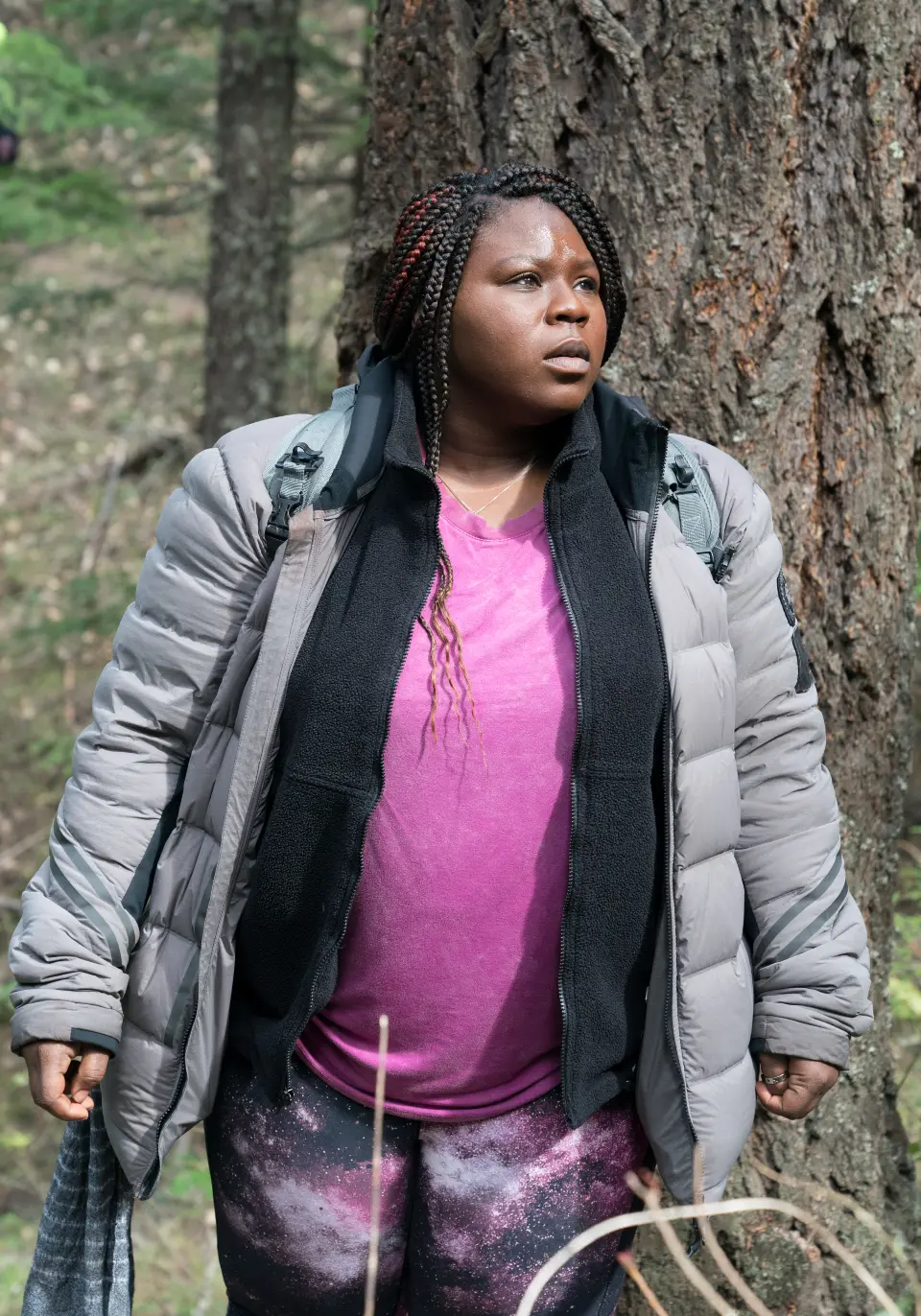
They had Oregon’s natural beauty. They had support from various artistic organizations. They had incredible talent—half of the team were local, furloughed theater artists, the other half were local filmmakers looking for work. And they had a way to safely collaborate with their team, which included producers Kamilah Long and Courtney Williams.
While pre-production and research would’ve happened in person before the pandemic, using Dropbox allowed everyone to drop images and clips from movies and television shows that captured the visual style they wanted for You Go Girl! from “wherever whatever location” they were at, Alea says.
“[Dropbox] was our main organizational tool that helped provide structure for us to be creative. Being able to comment on things that [were] being dropped was a great way to continue being as specific as possible in the storytelling,” he explains. “As simple as it sounds, an organizational tool like Dropbox supports and influences the creative process and the storytelling.
"You don’t have to stress about where things are," he continues. "It takes a lot of that logistical stress away and allows you to be present in the moment.”
And there were so many moments they wanted to be present for. One in particular comes to mind for Alea: the film’s last scene. We’ve seen Audrey making her way up a steep and snowy hill. We’ve heard her grunt, pant, scream. Now here we are, finally understanding who and what drove her up the mountain as the sun sets.
“We only had, like, eight minutes to get that shot during magic hour,” Alea recalls. “It was the last shot of the day, of the whole shoot. You have all the crew on standby, you had the DP going down on one knee, and Tiffany hoisting herself up a cliffside rock. It was this beautiful moment of true community coming together to tell this story. Despite it being a challenge, there was so much beauty to it as well.”
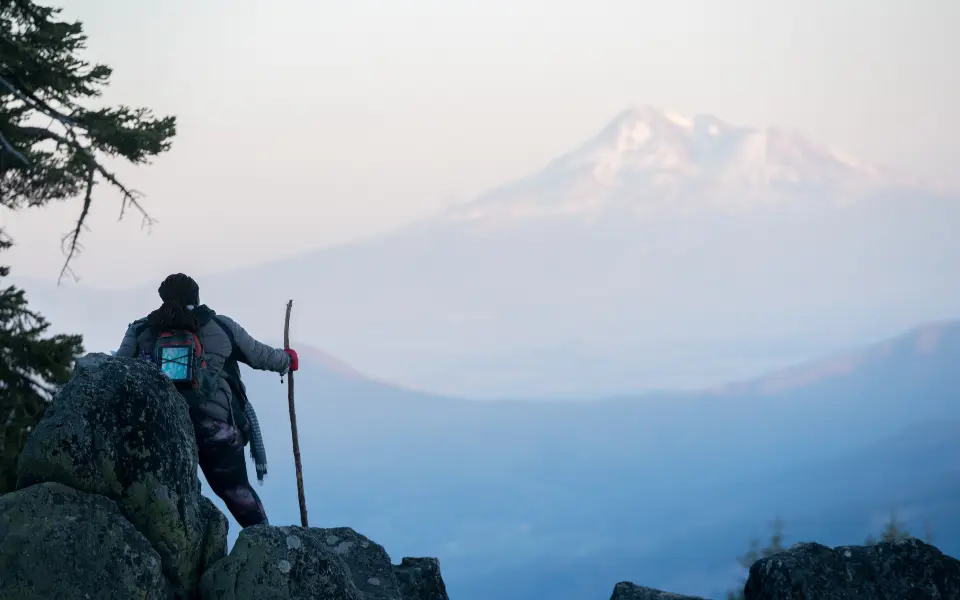
YOU GO GIRL! directed by Shariffa Ali, starring Tiffany Mann, is an AliAlea & The Black Whole Inc. Production, produced by Adrian Alea, Kamilah Long, and Courtney Williams, in association with Oregon Shakespeare Festival, Travel Oregon, and #OregonMade Creative Foundation.




.png/_jcr_content/renditions/hero_square%20(2).webp)

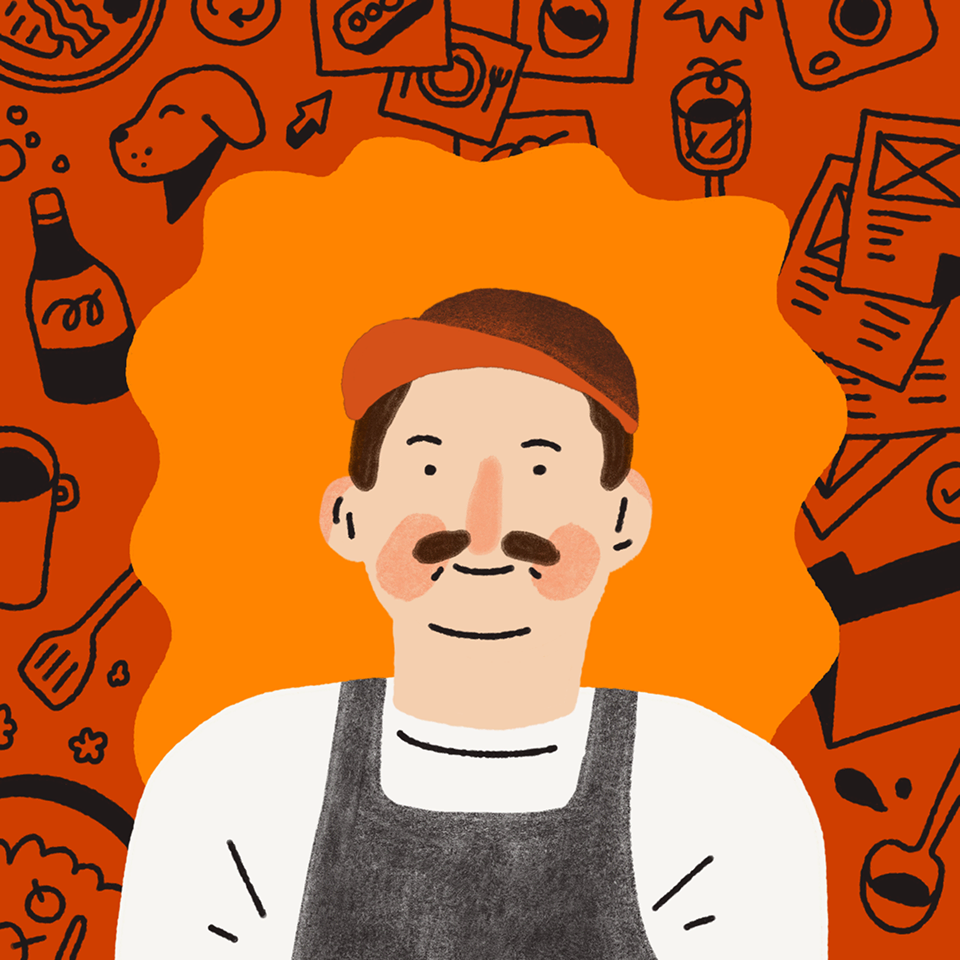





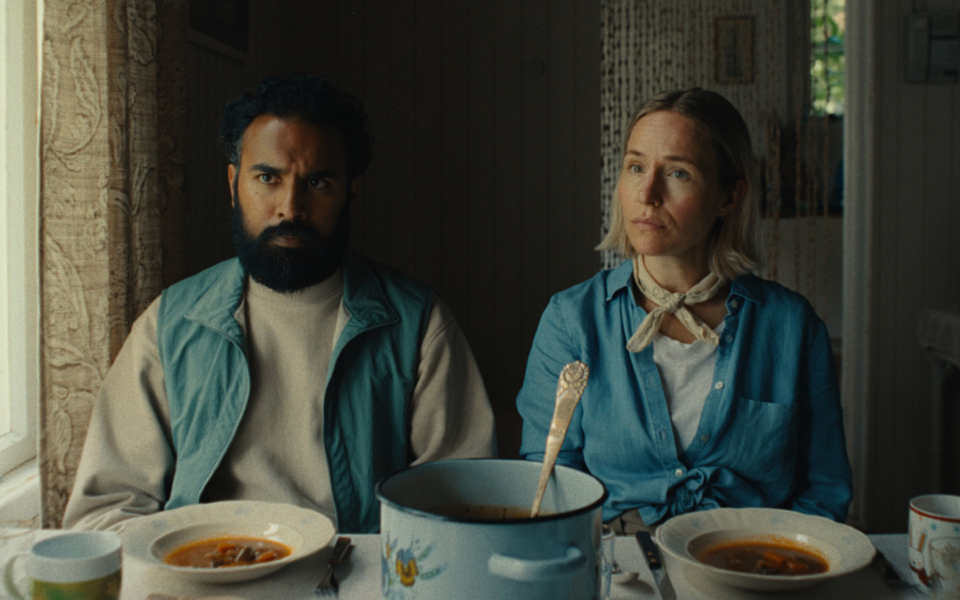
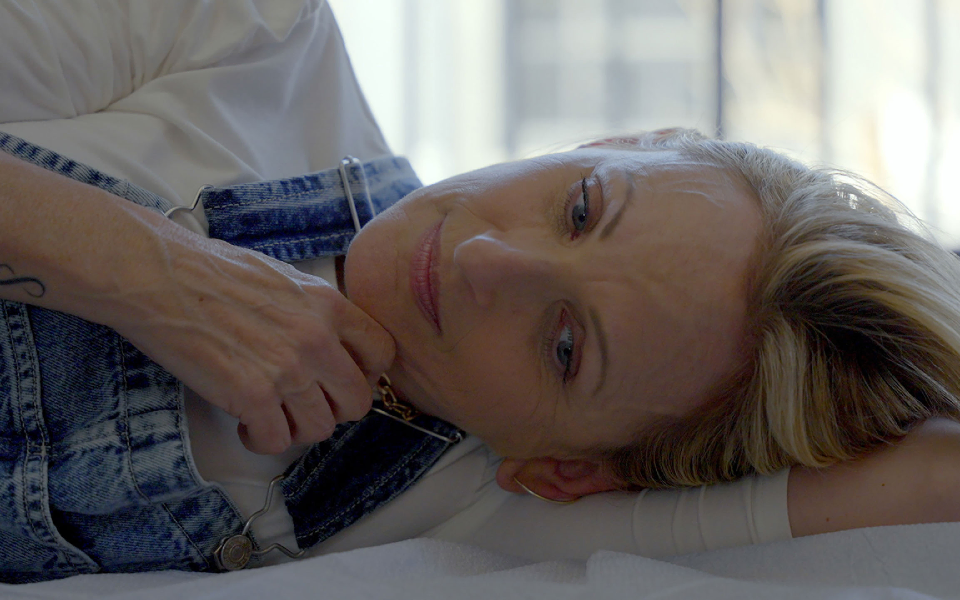




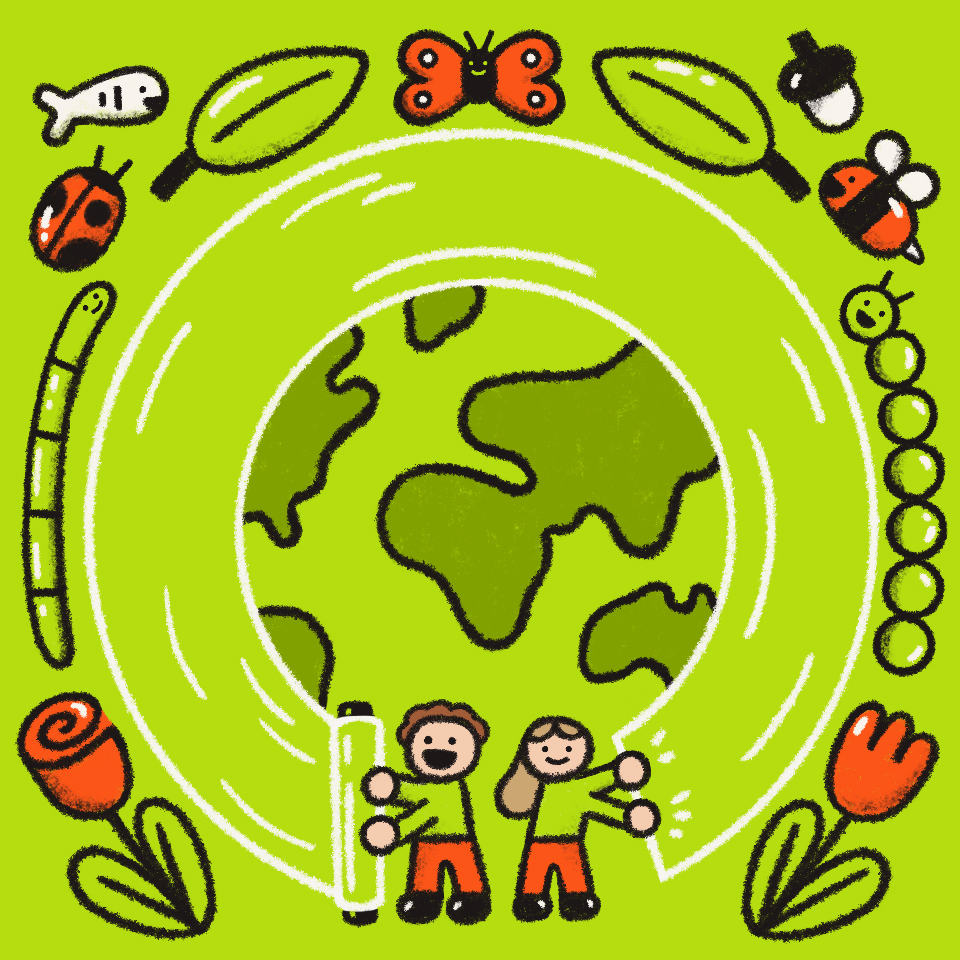
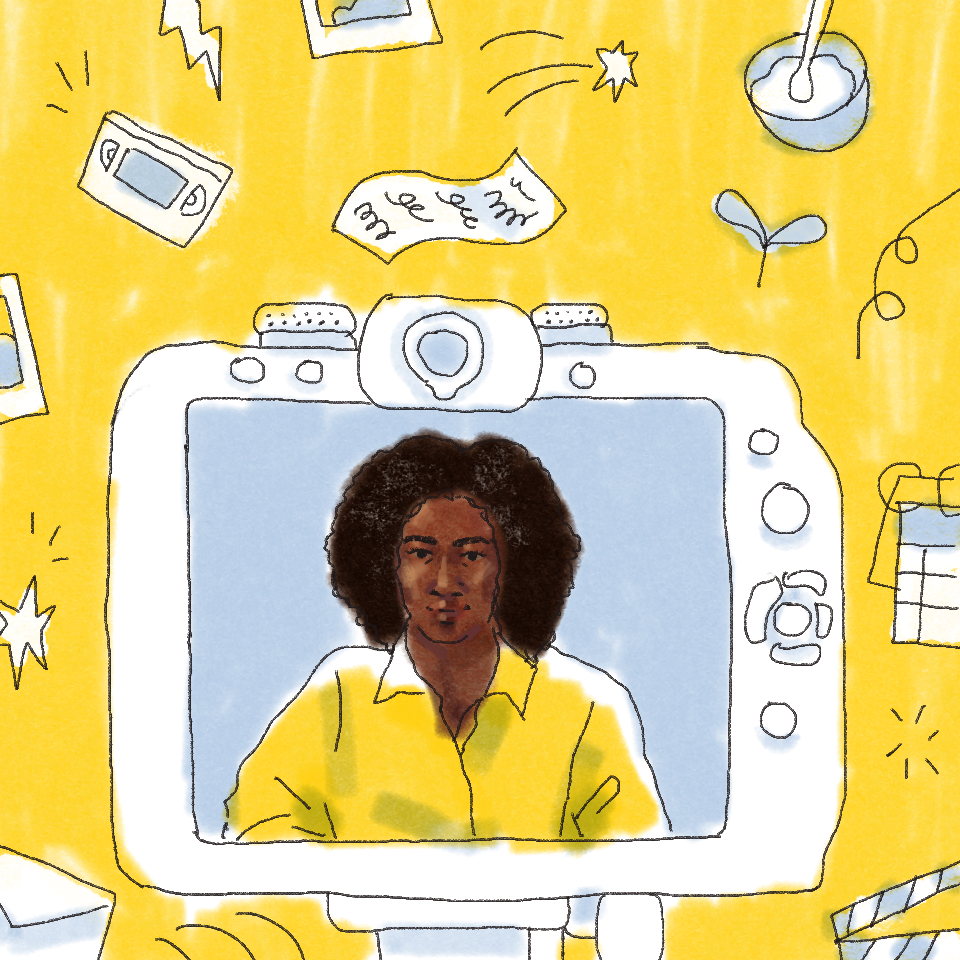
.jpg/_jcr_content/renditions/1200x628%20(5).webp)



